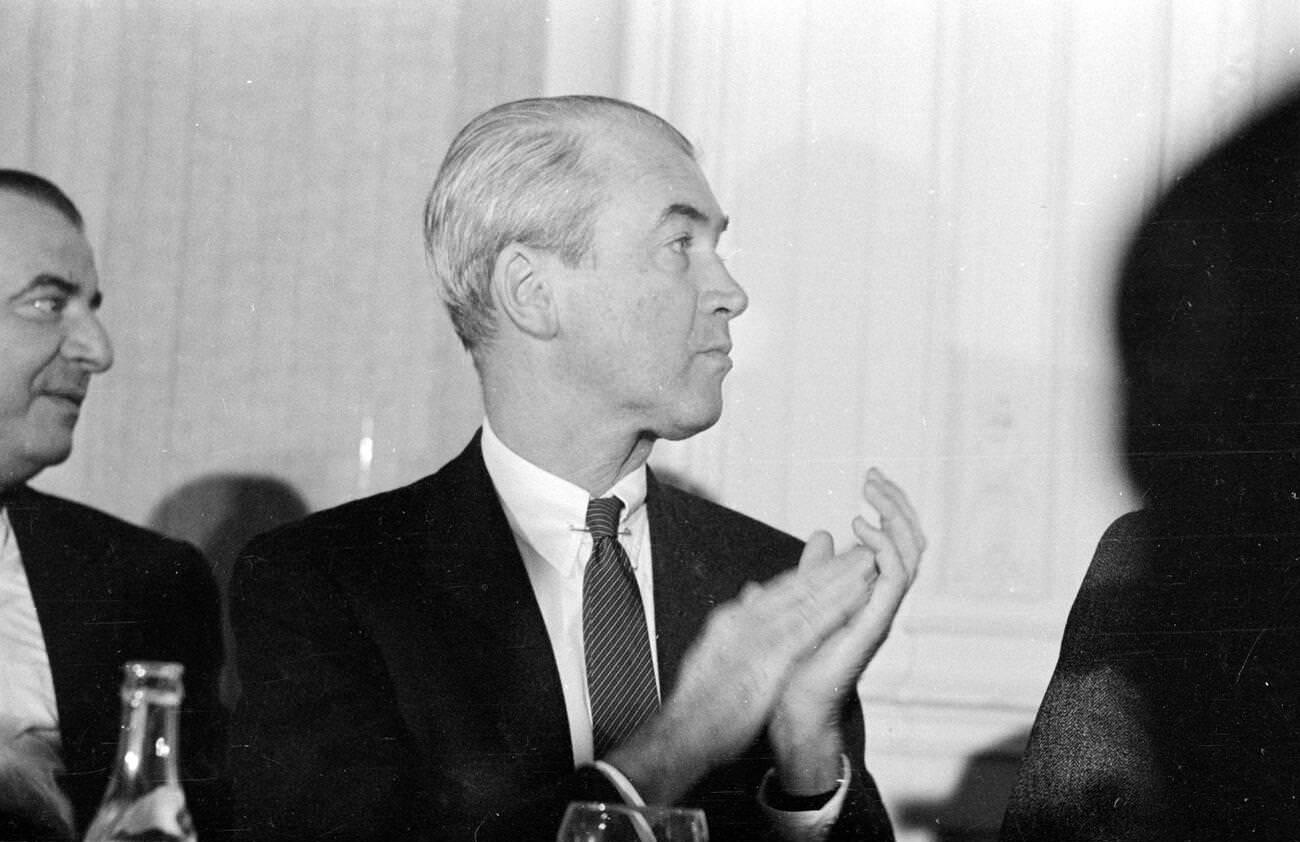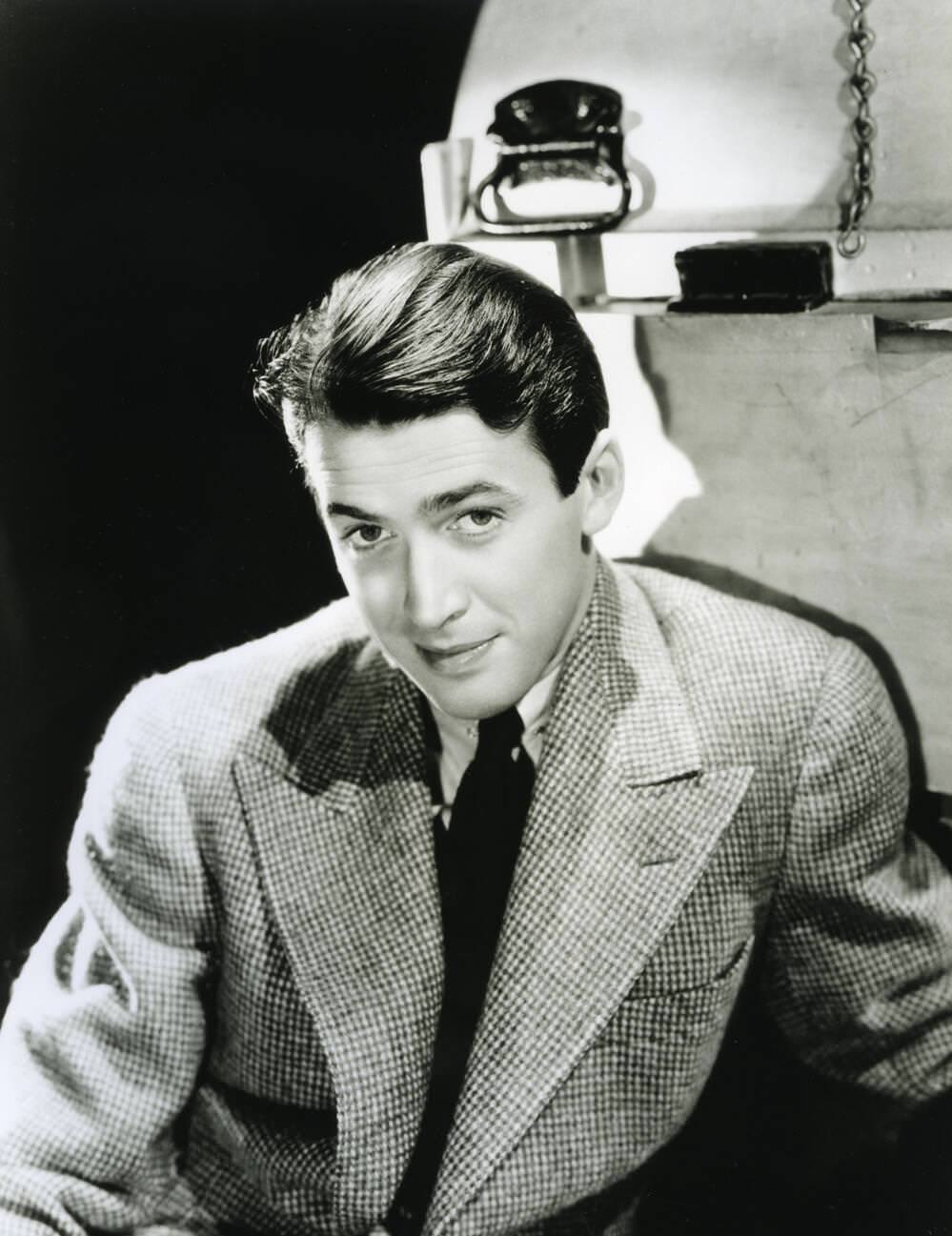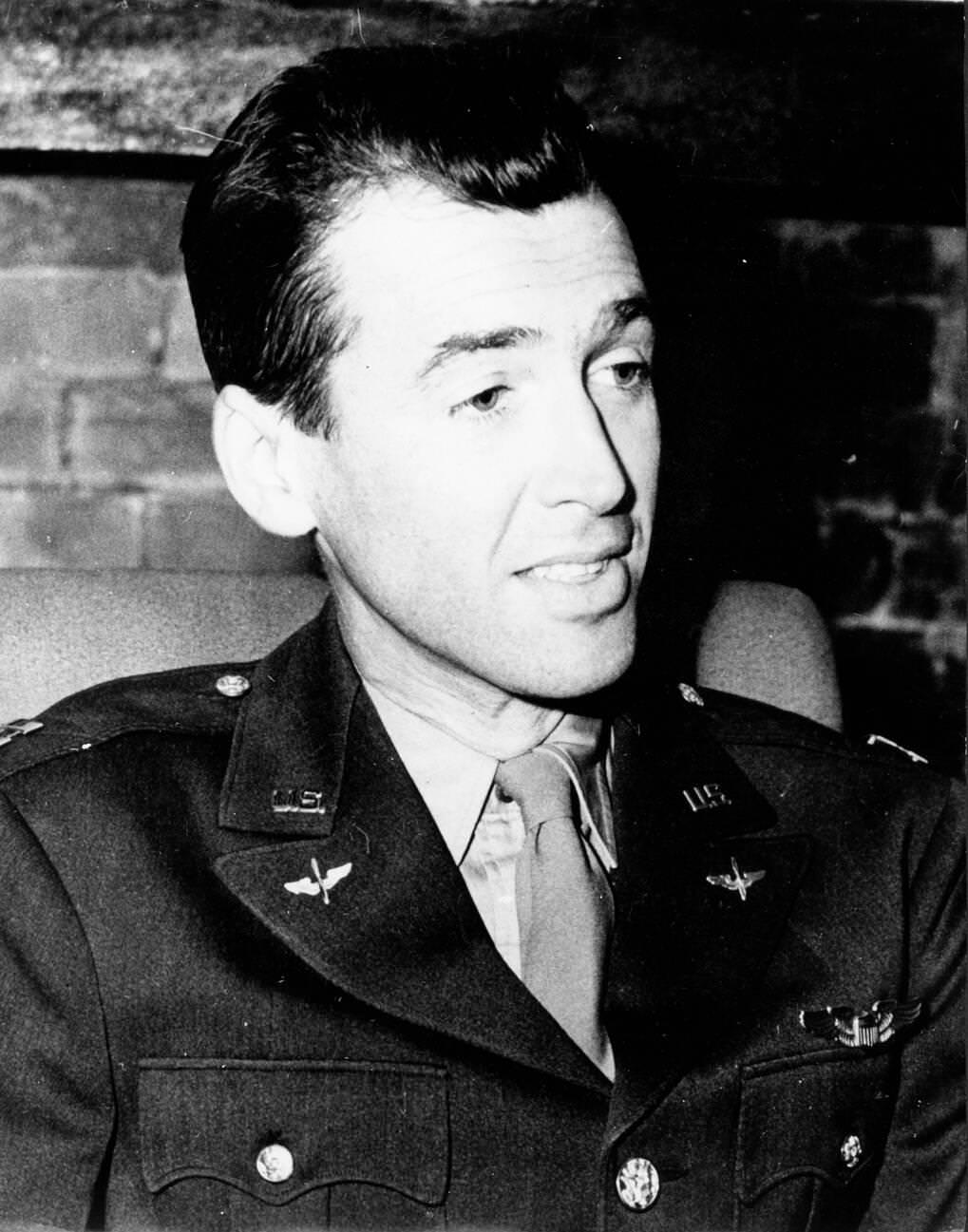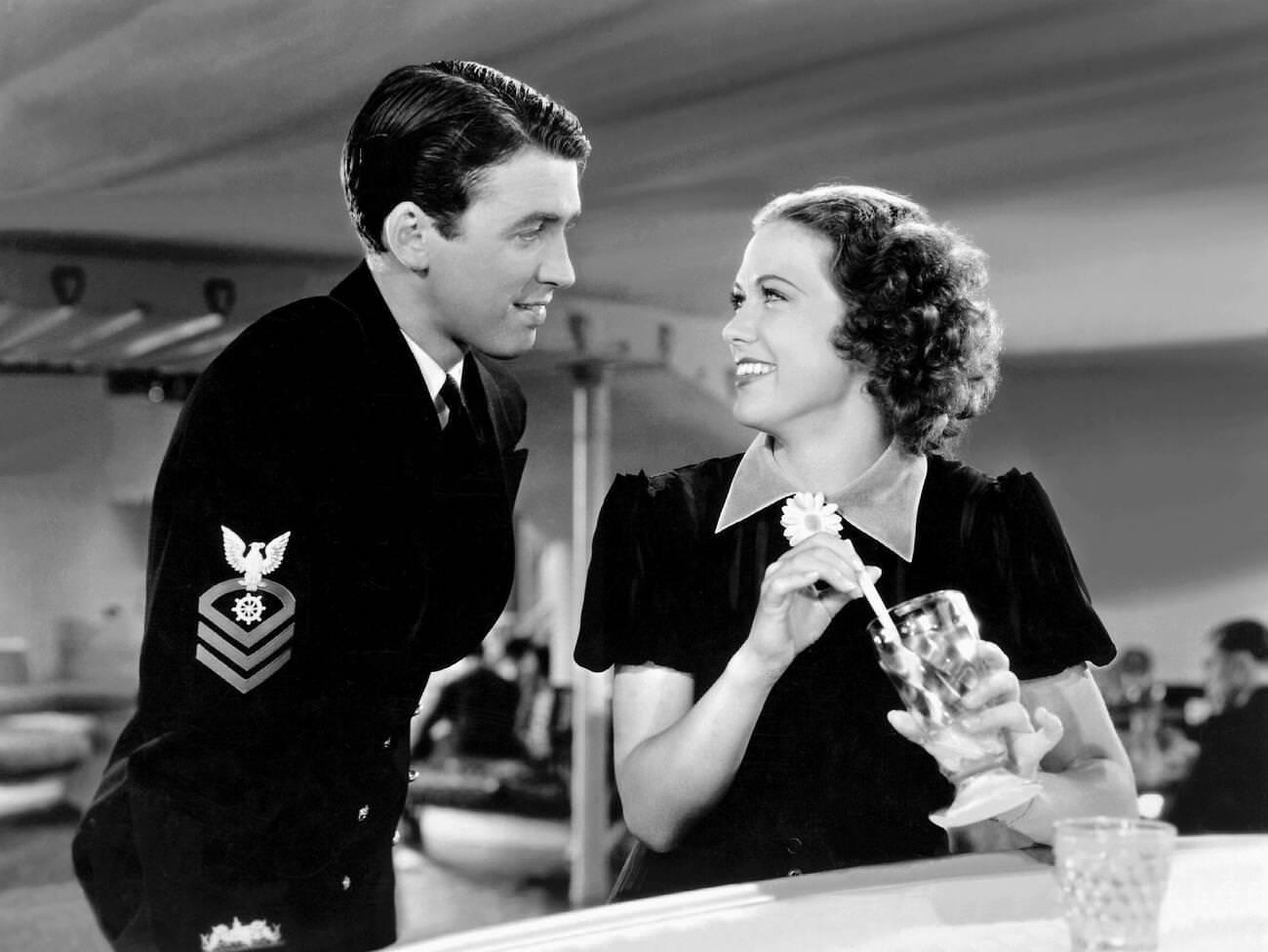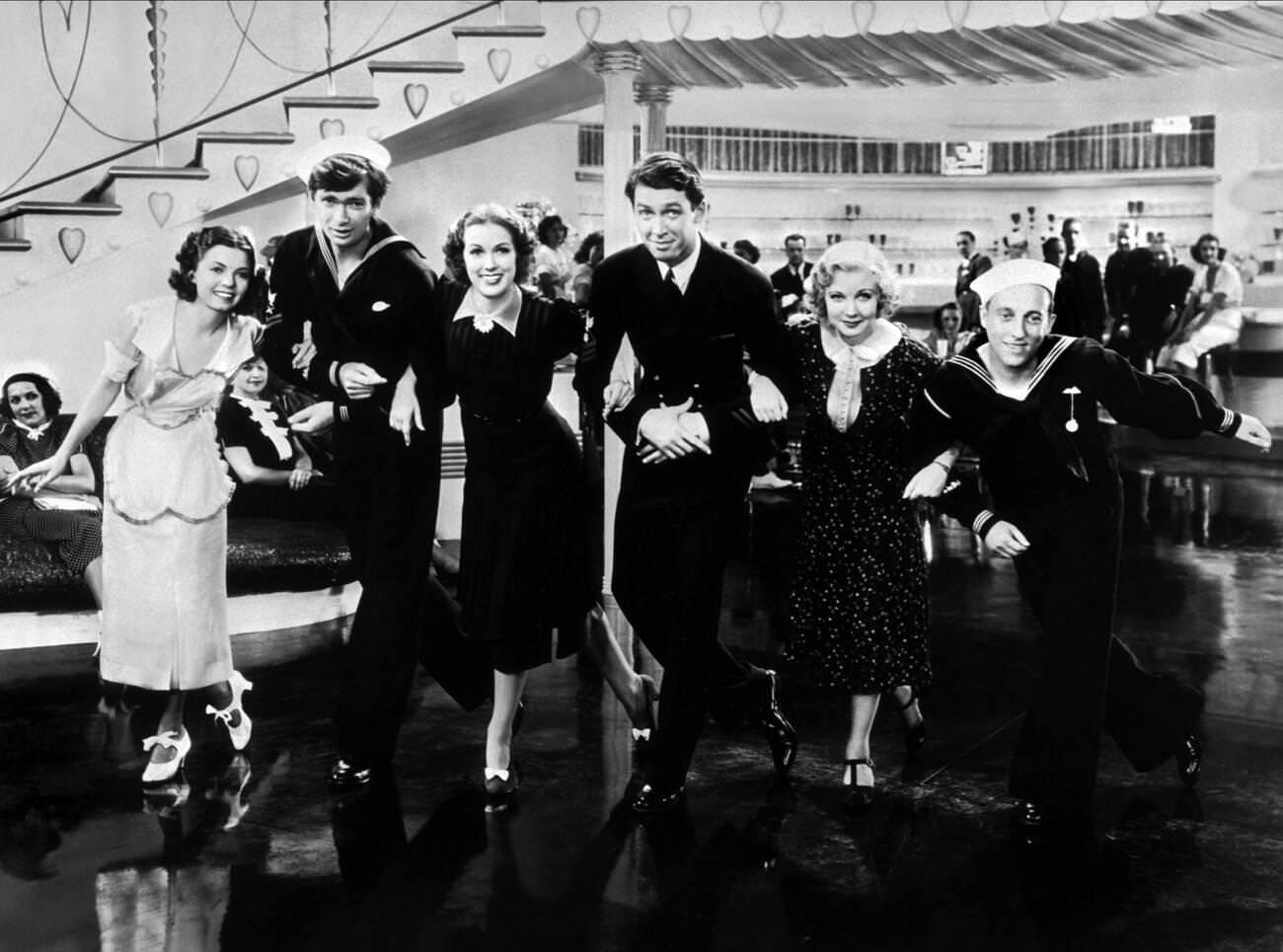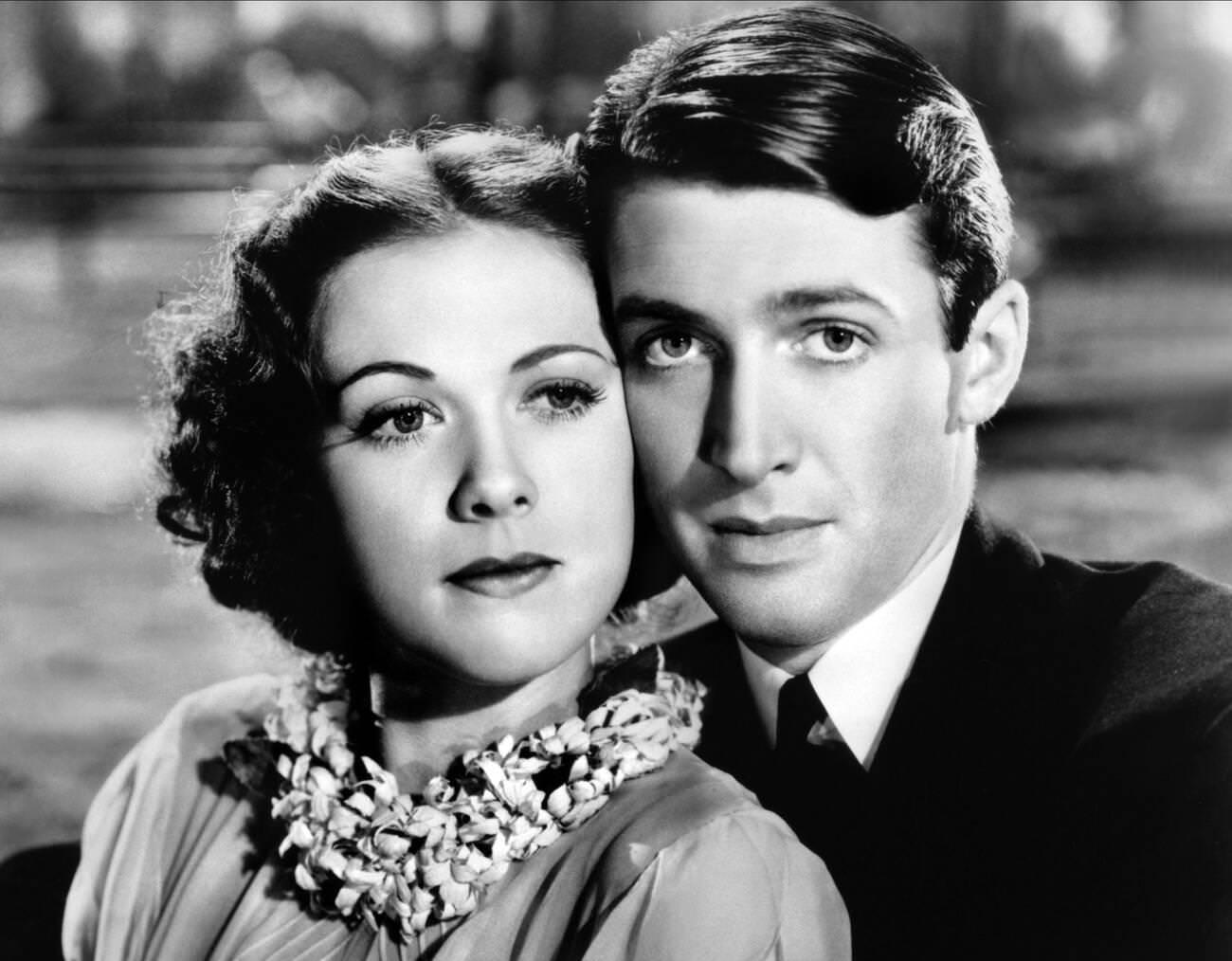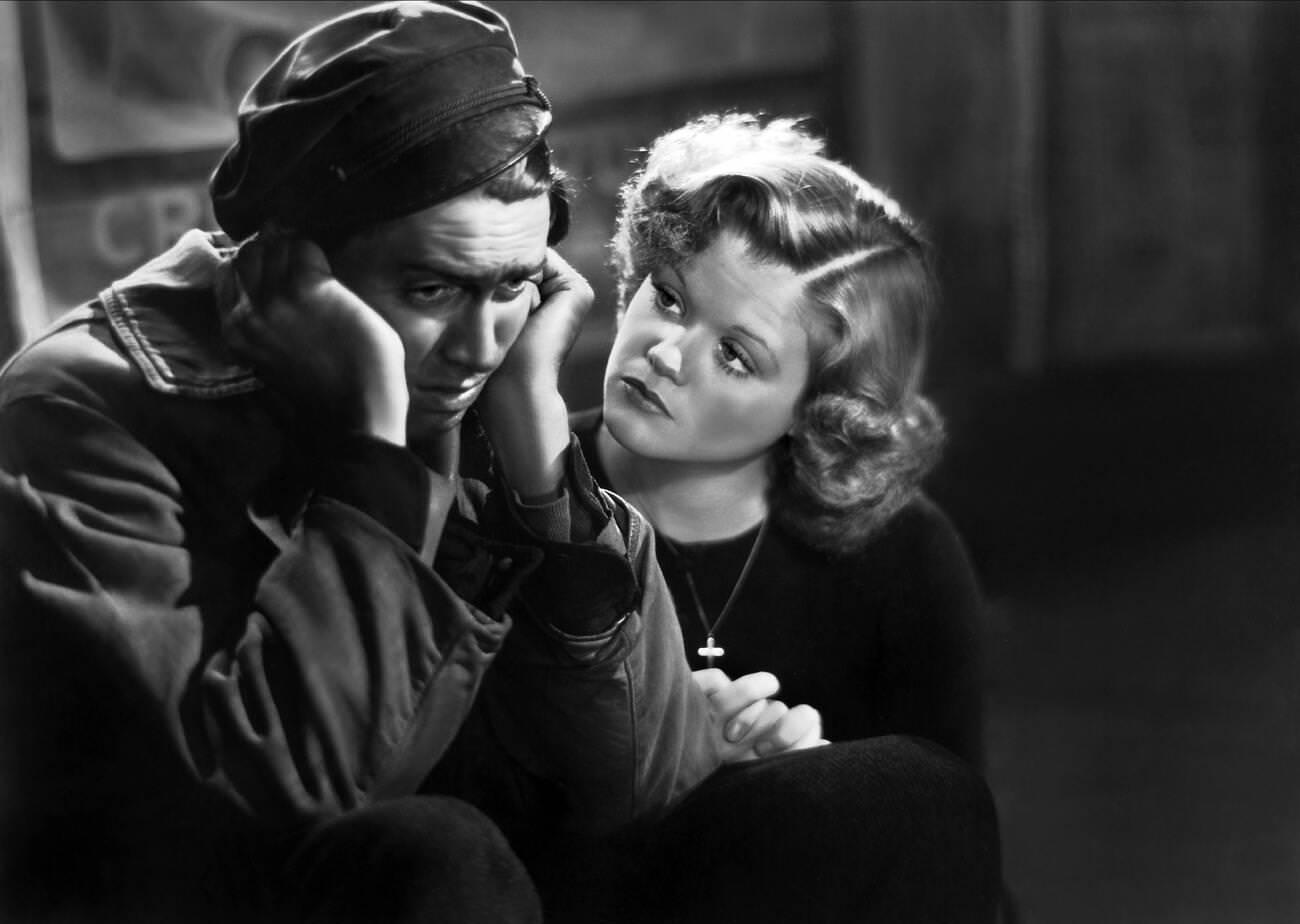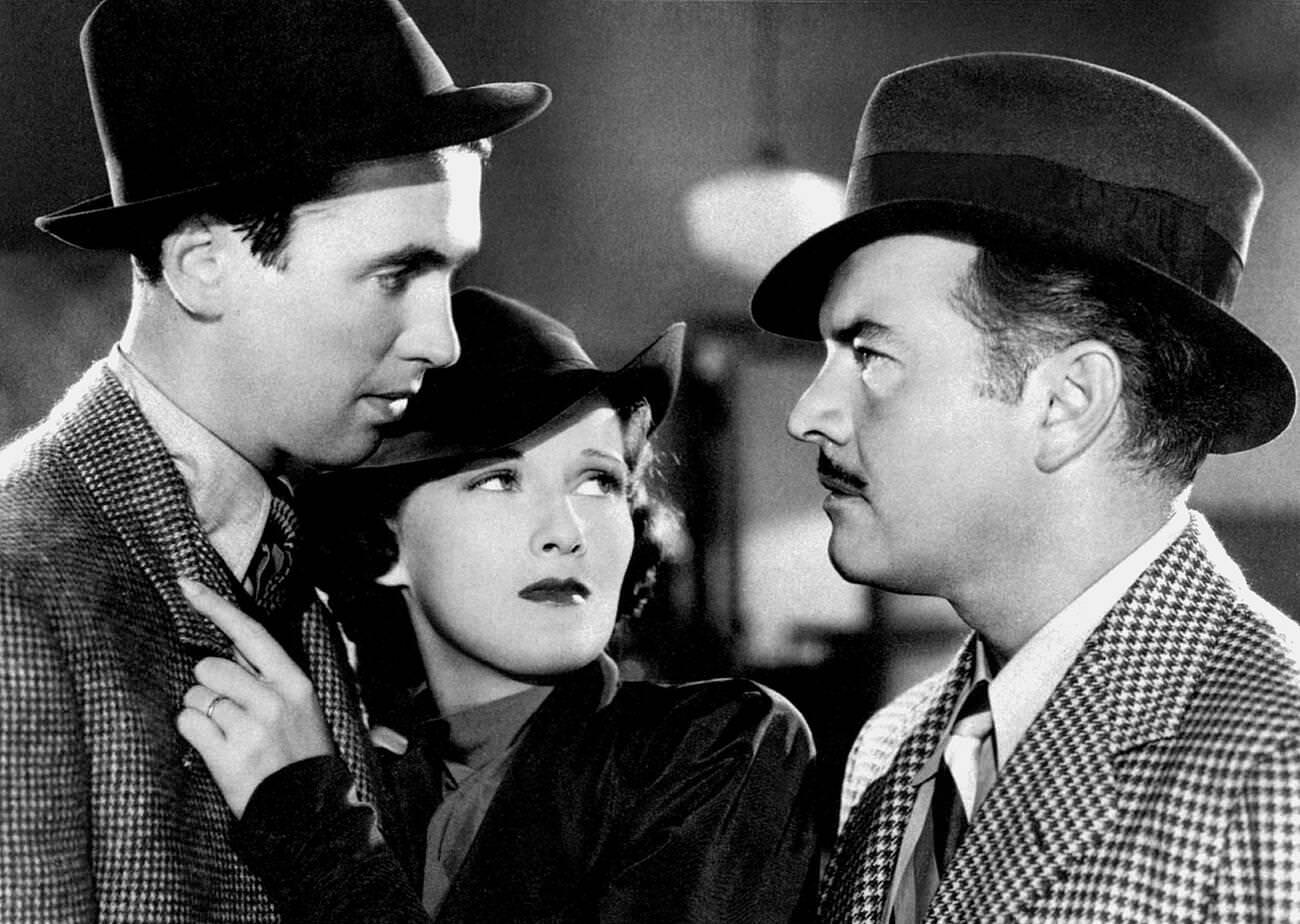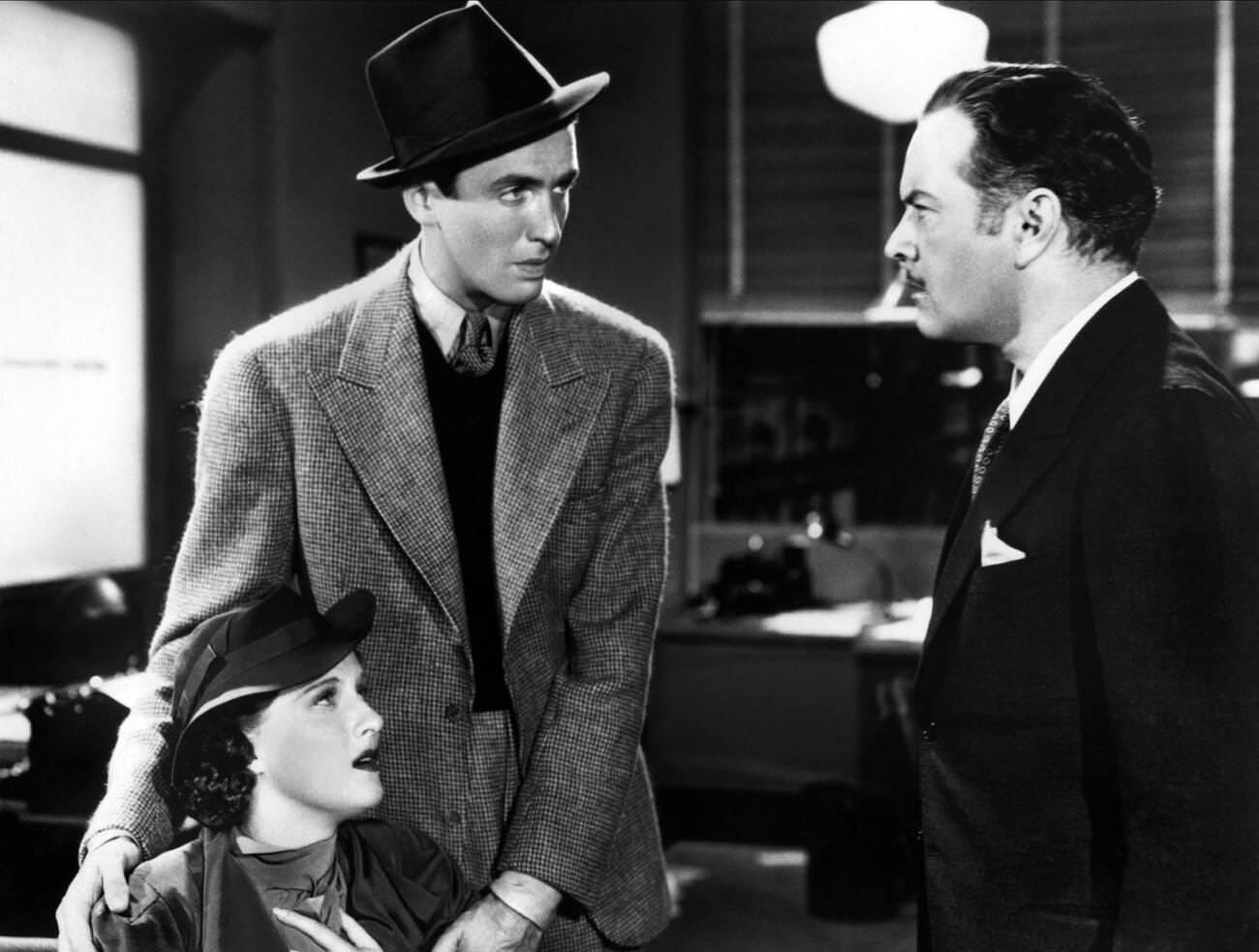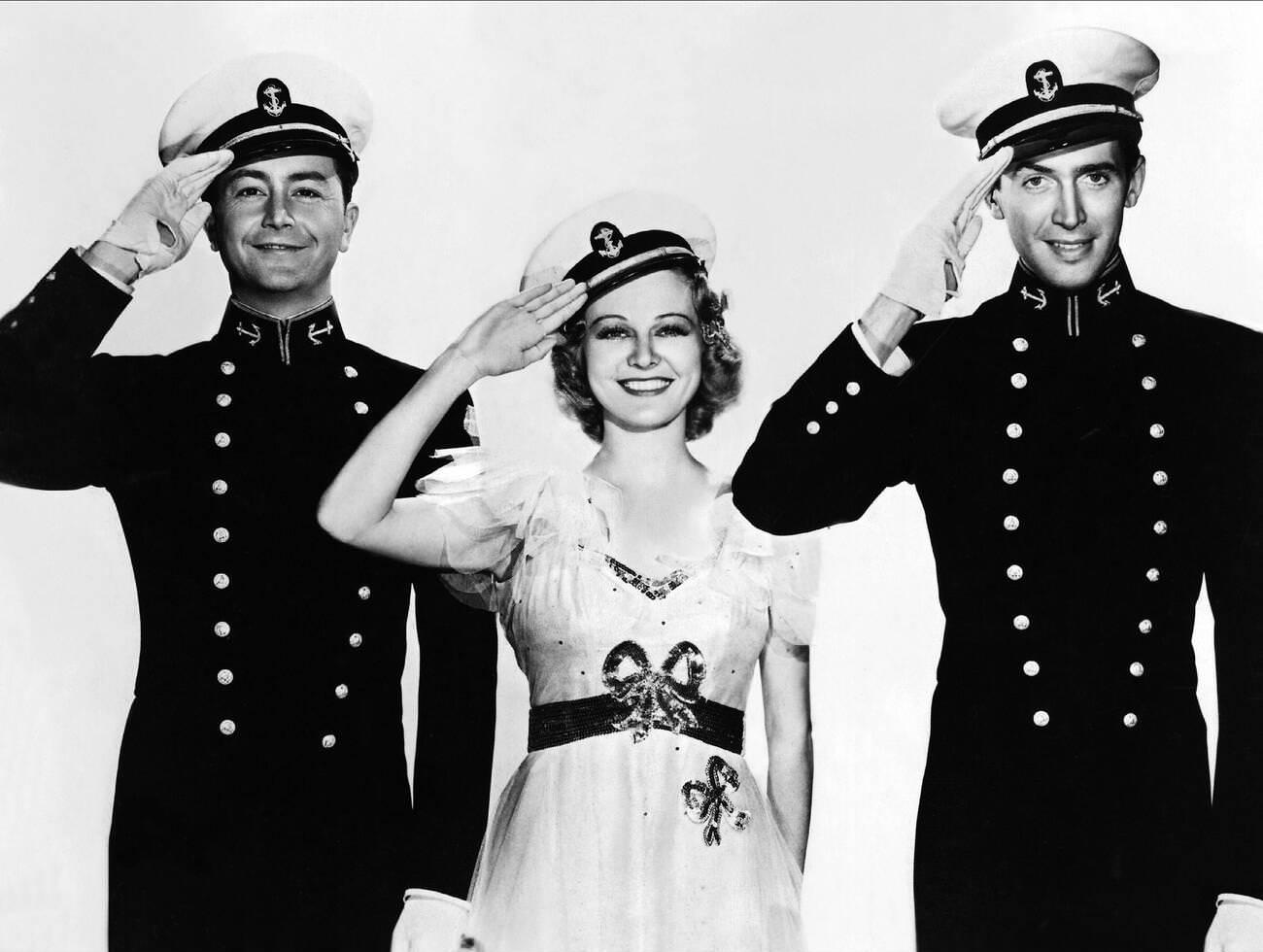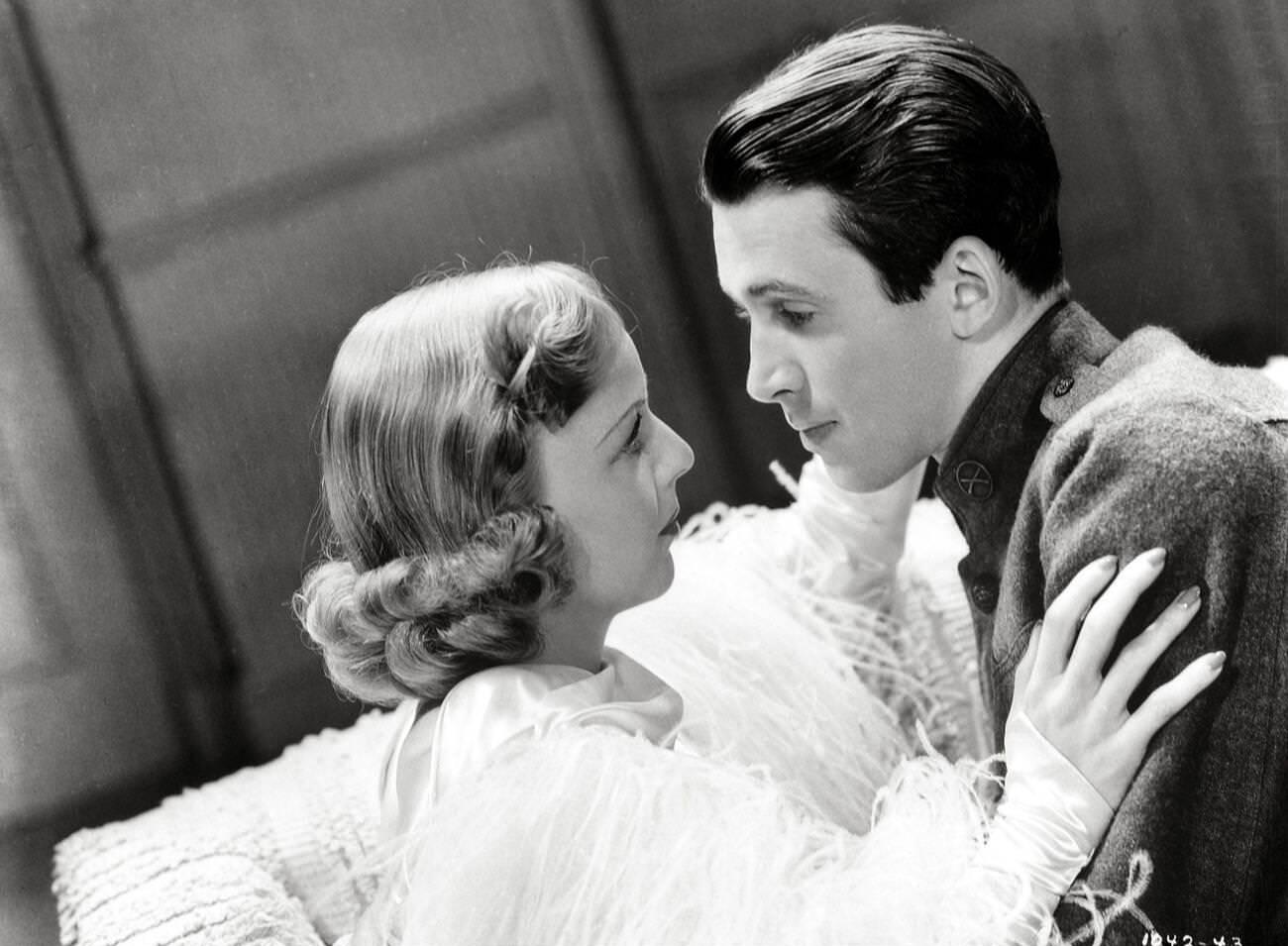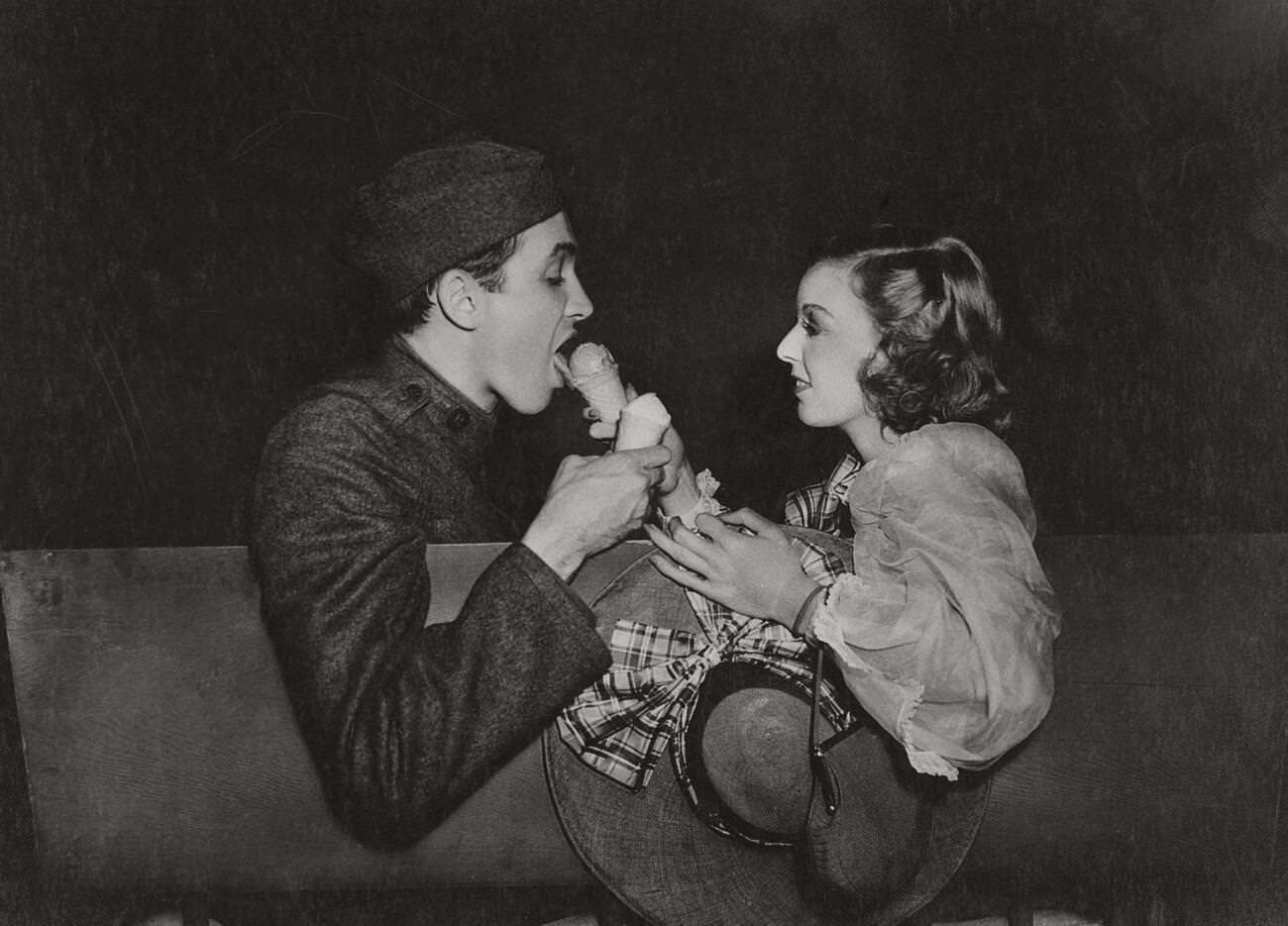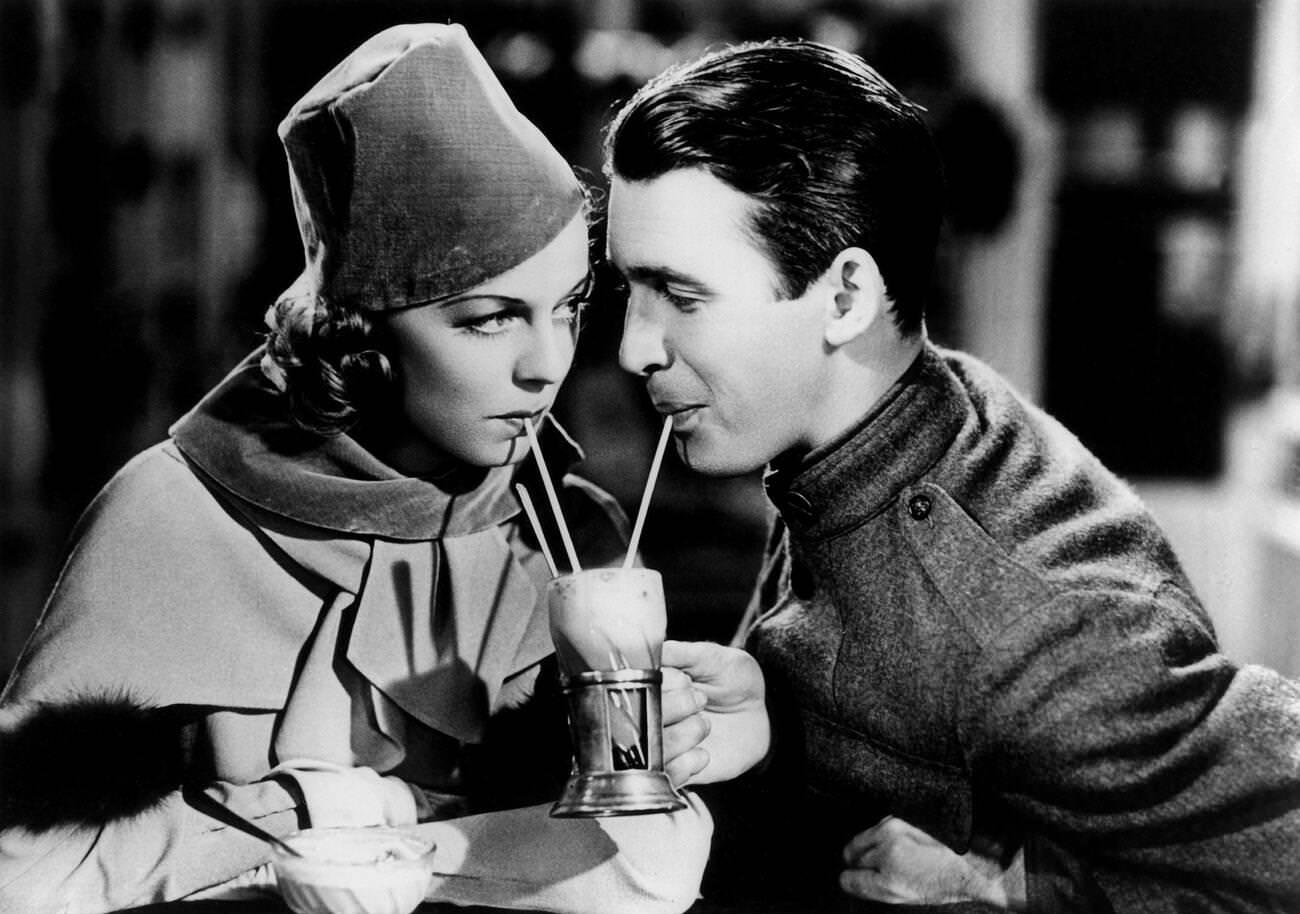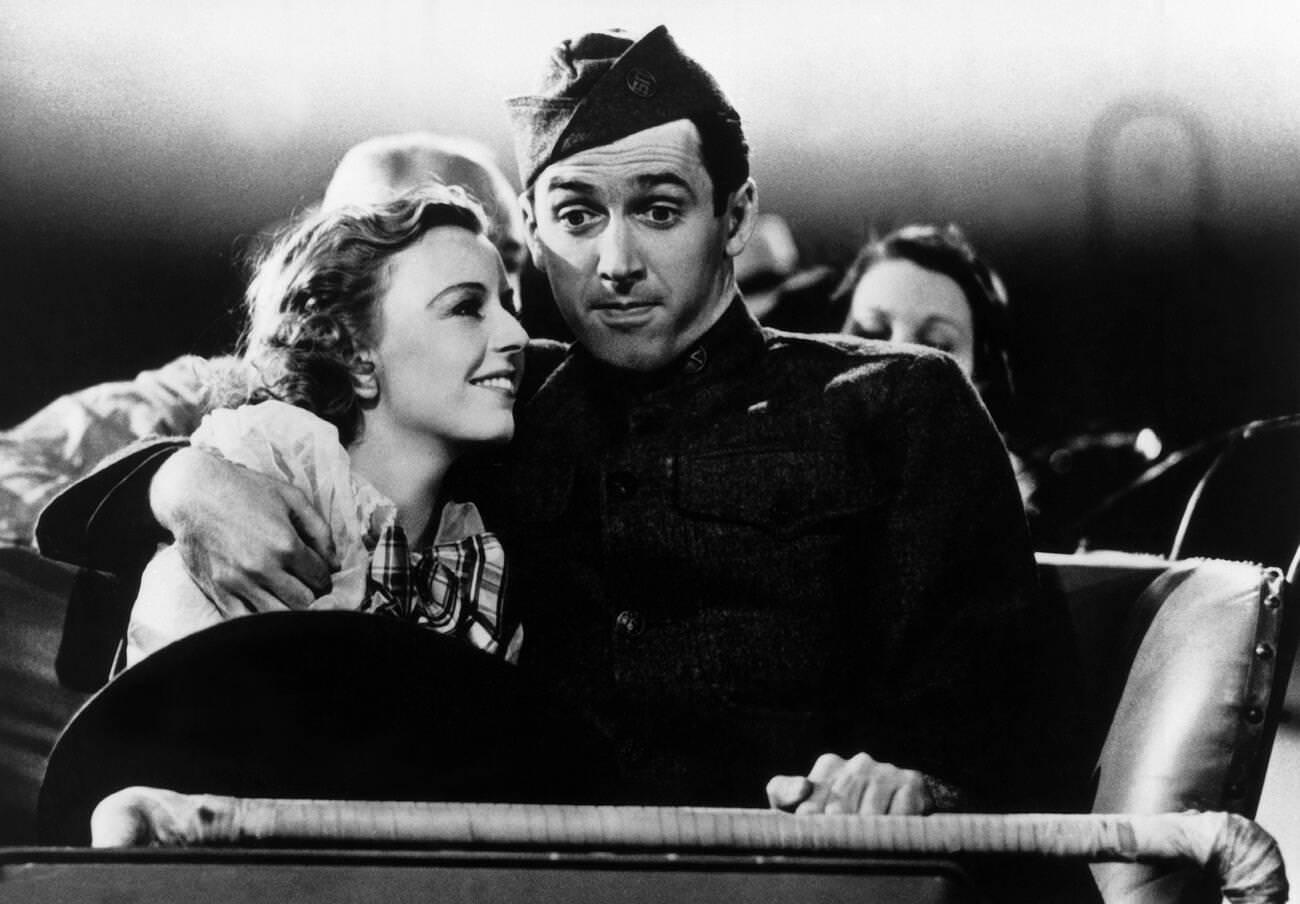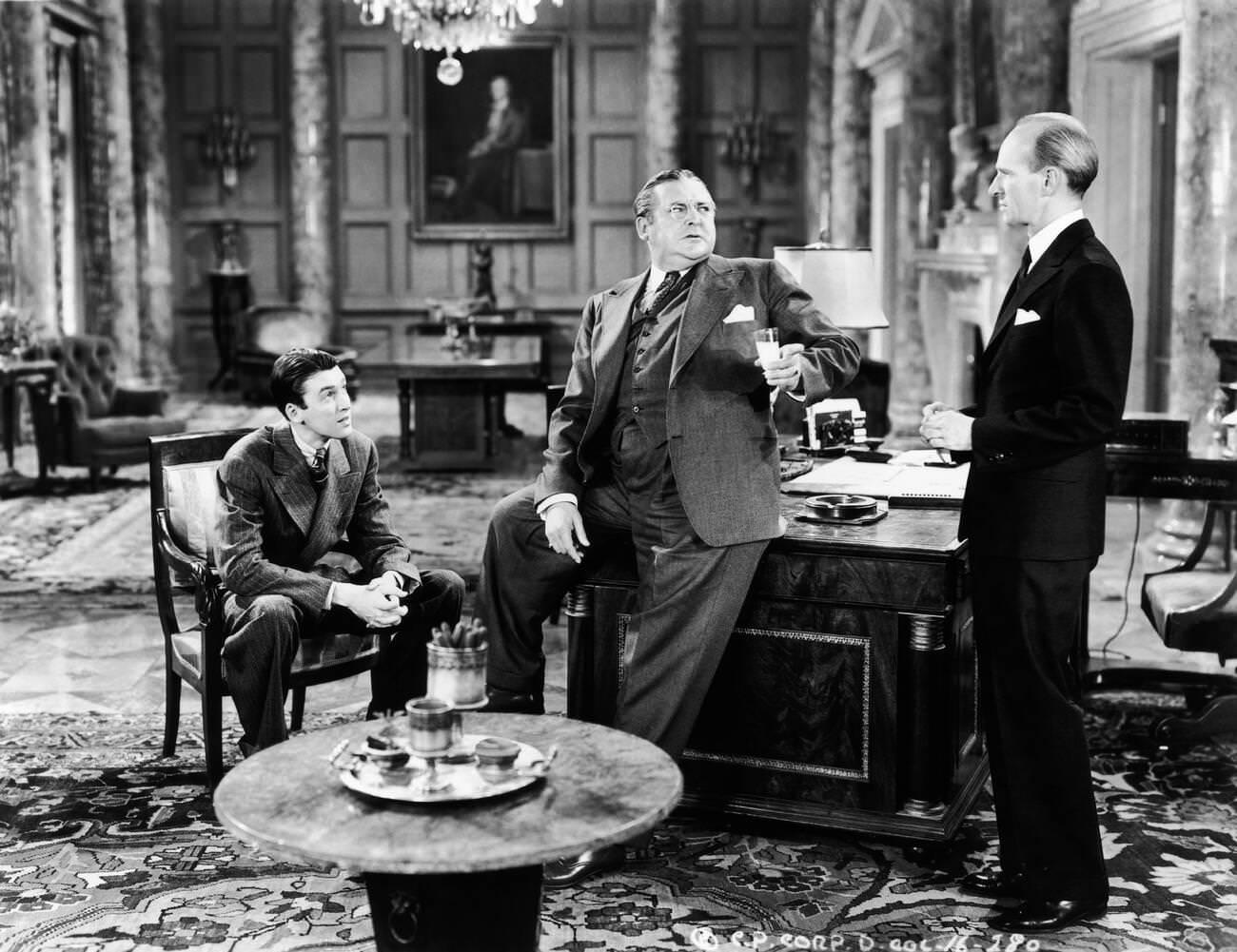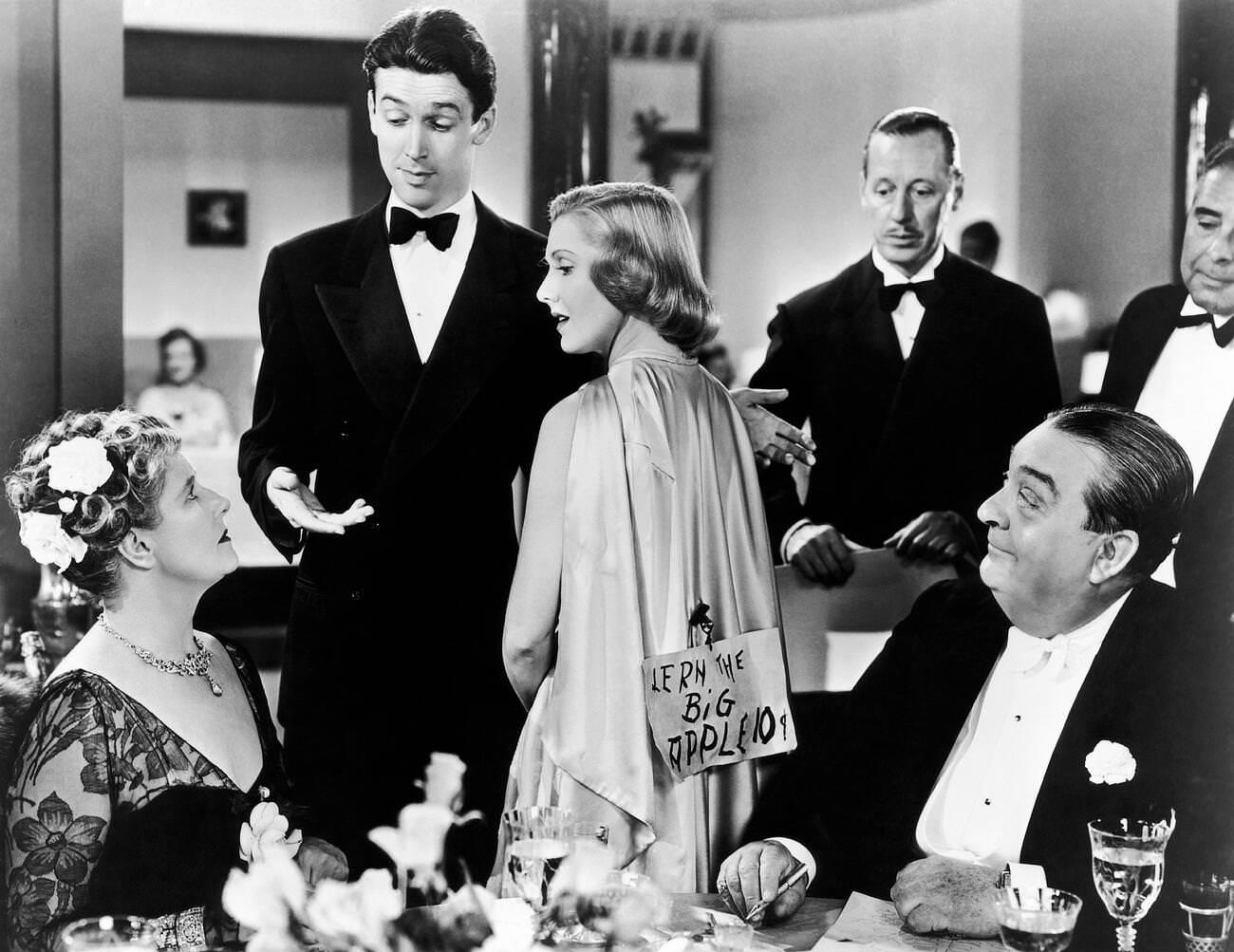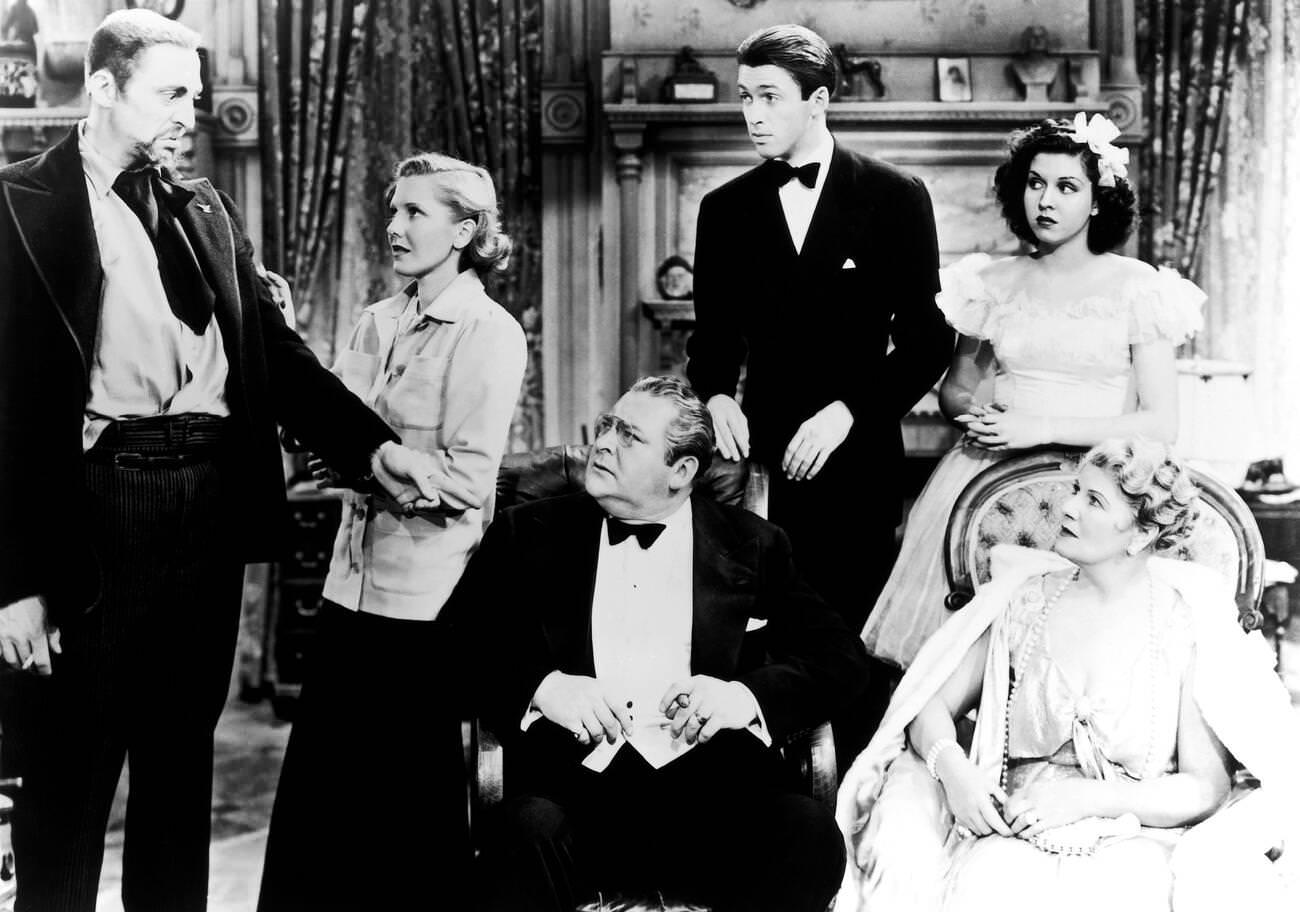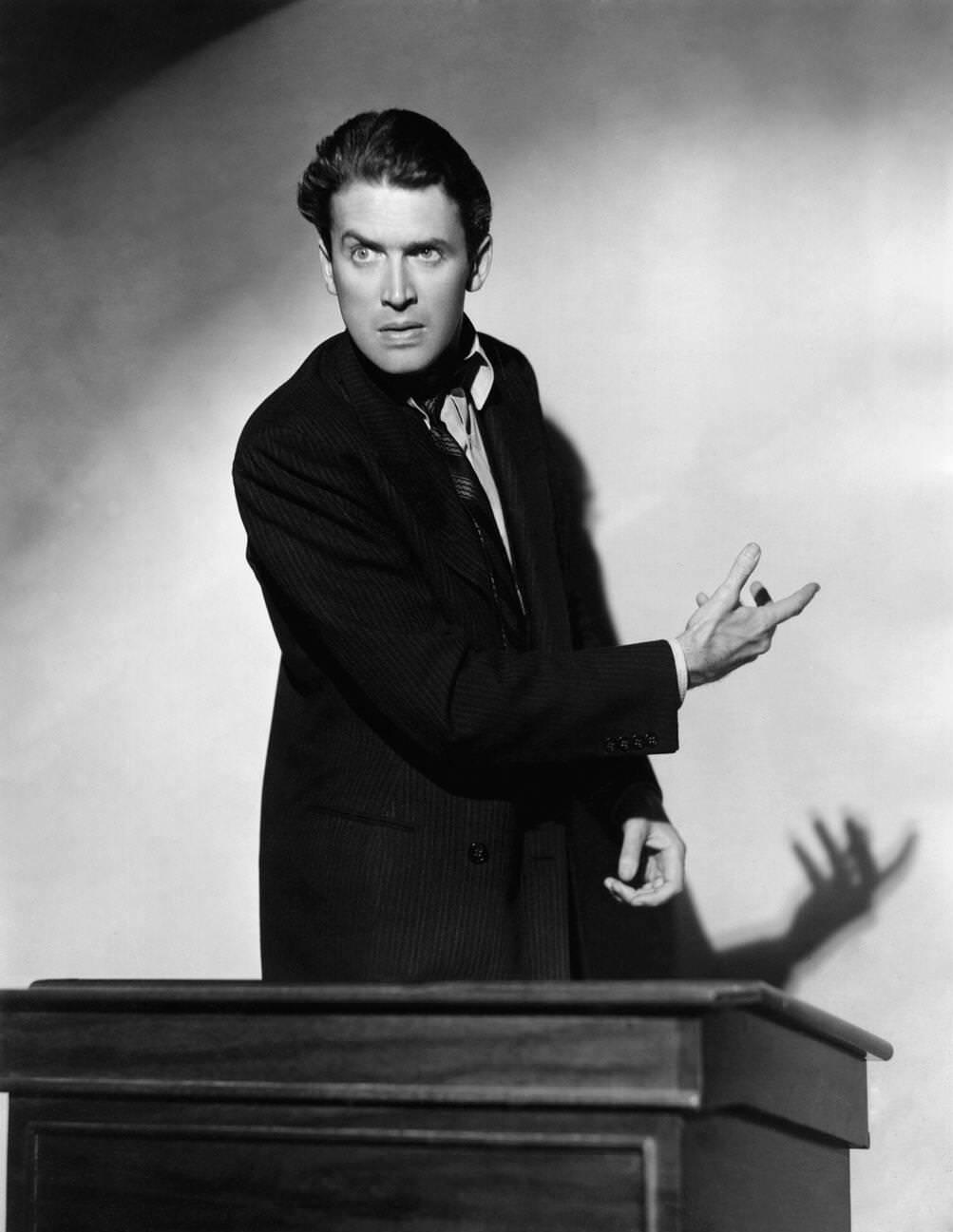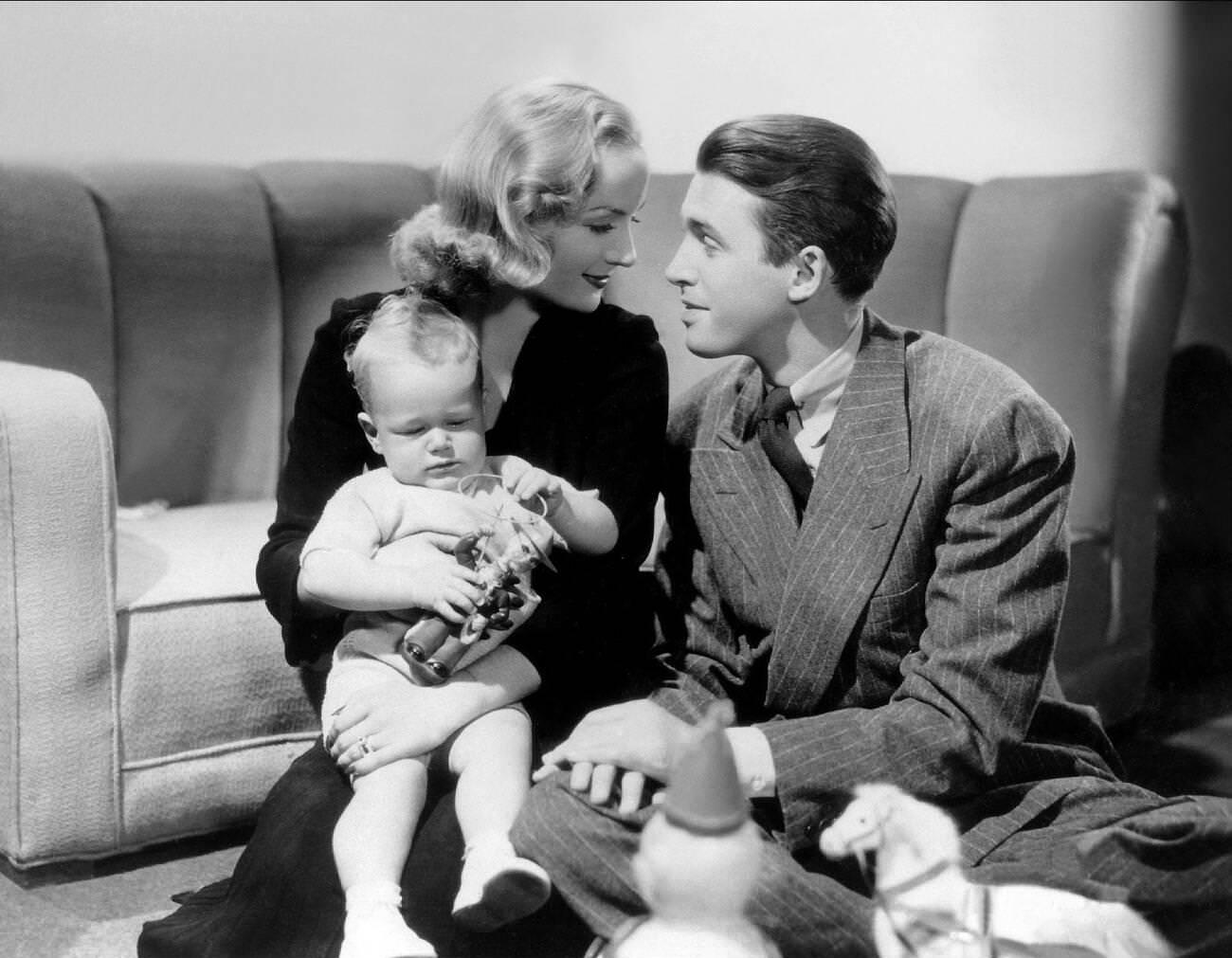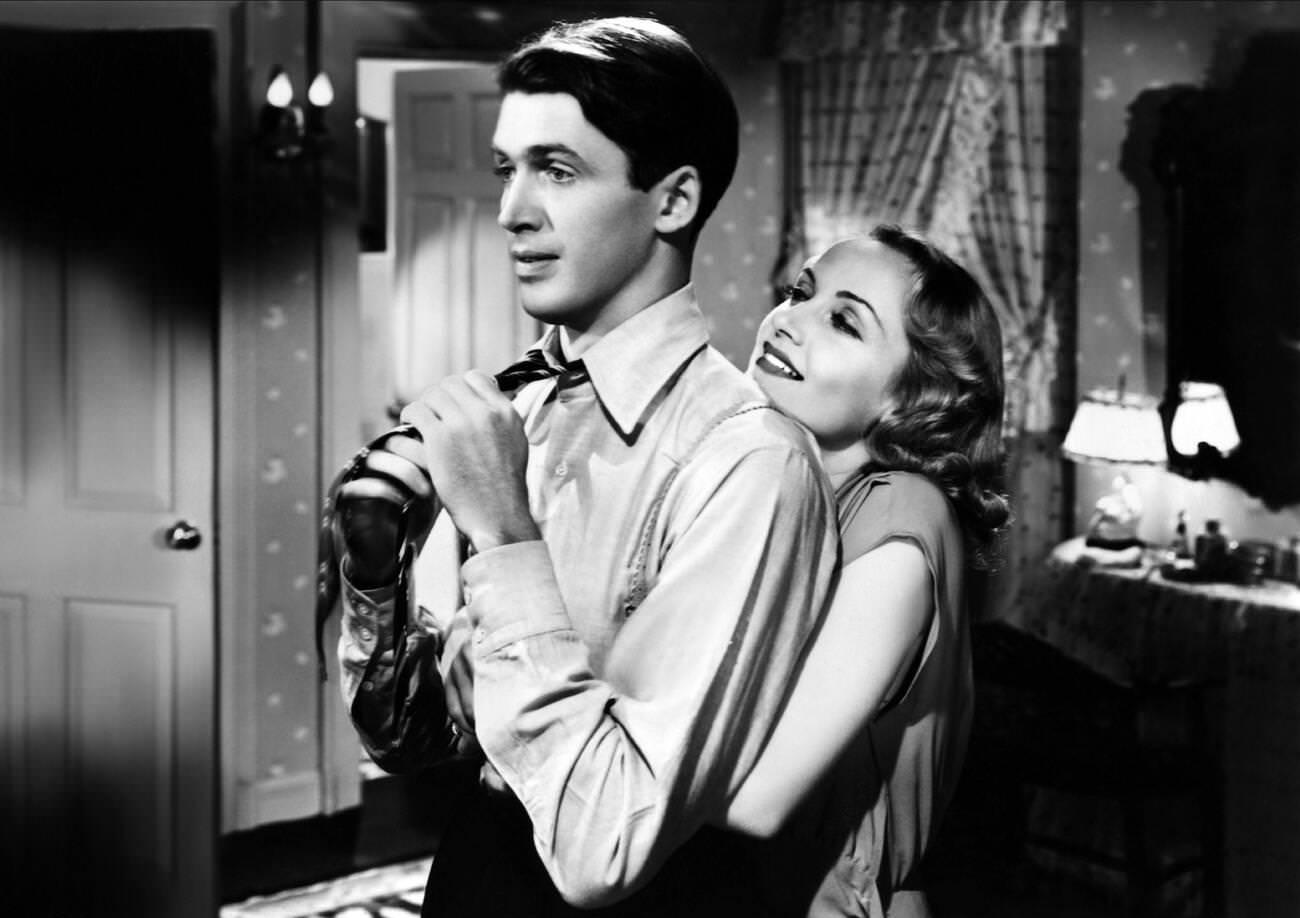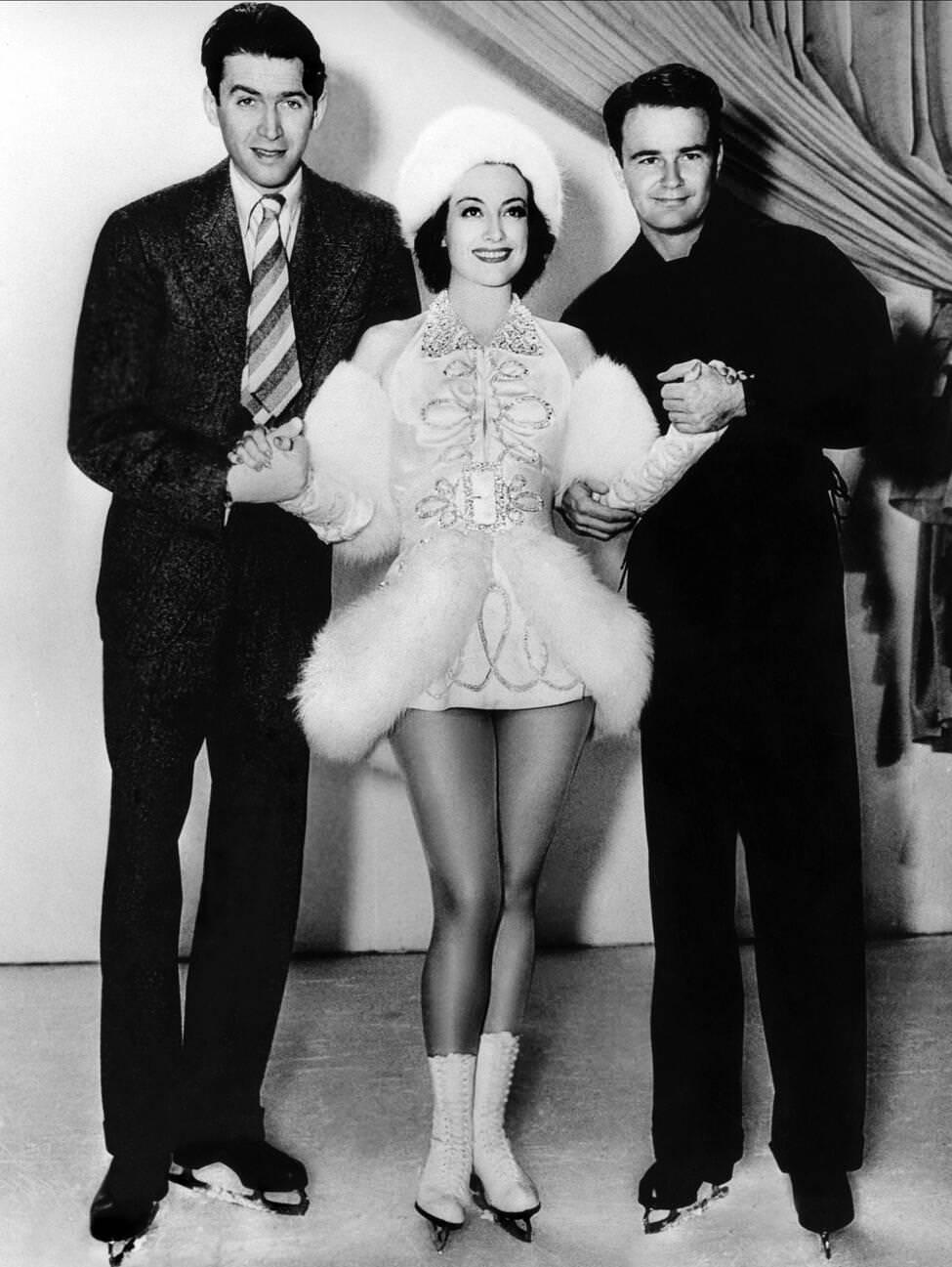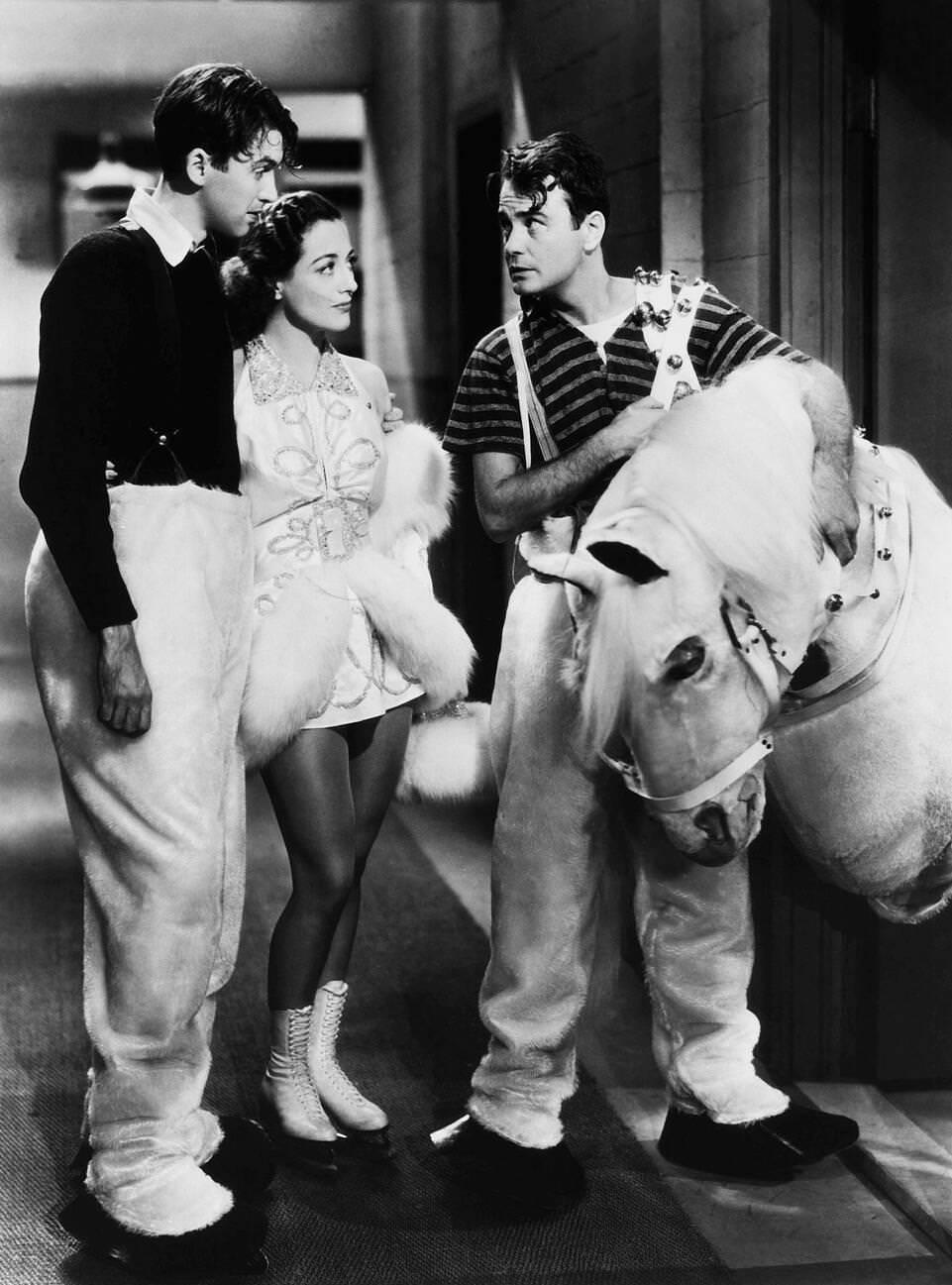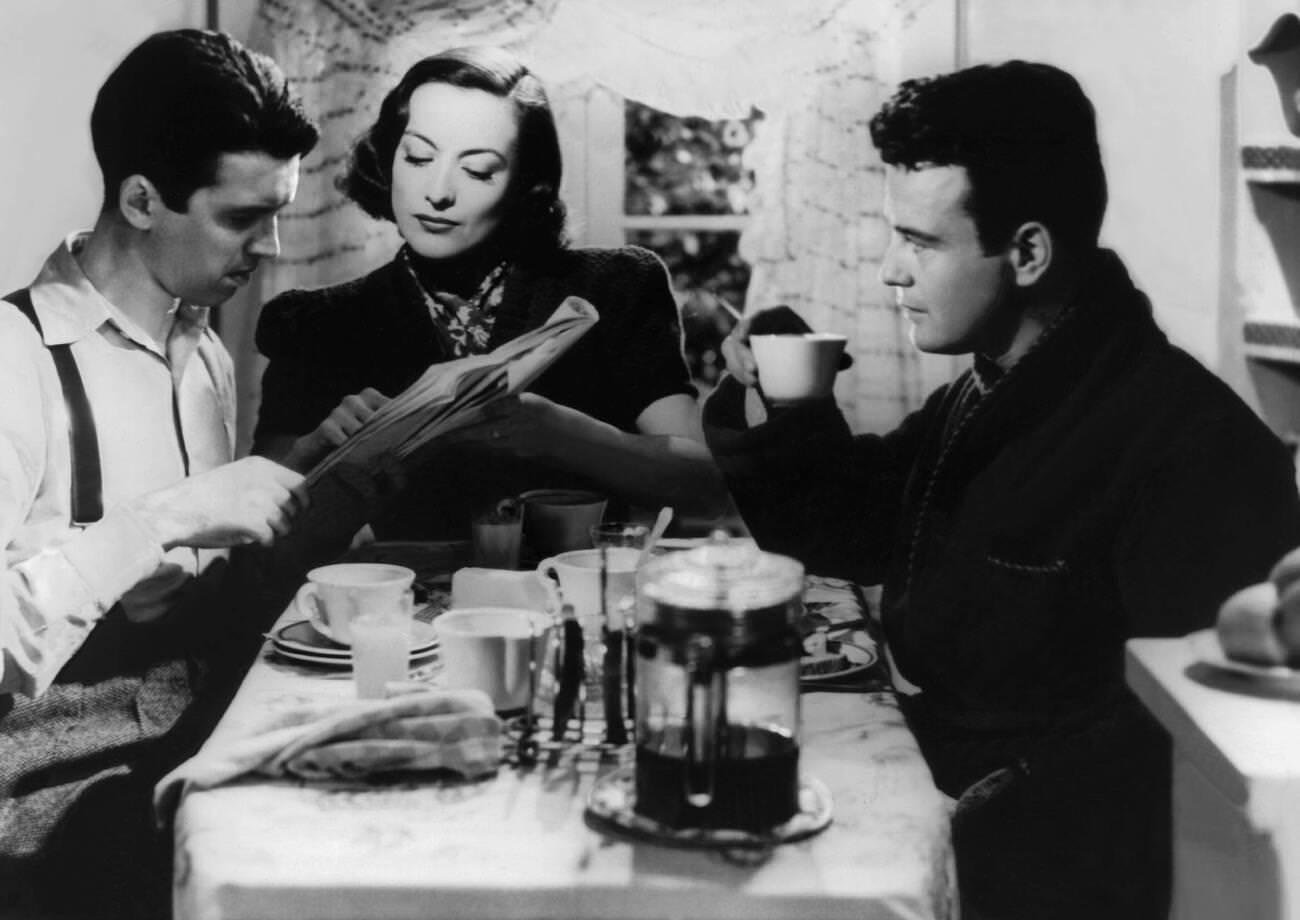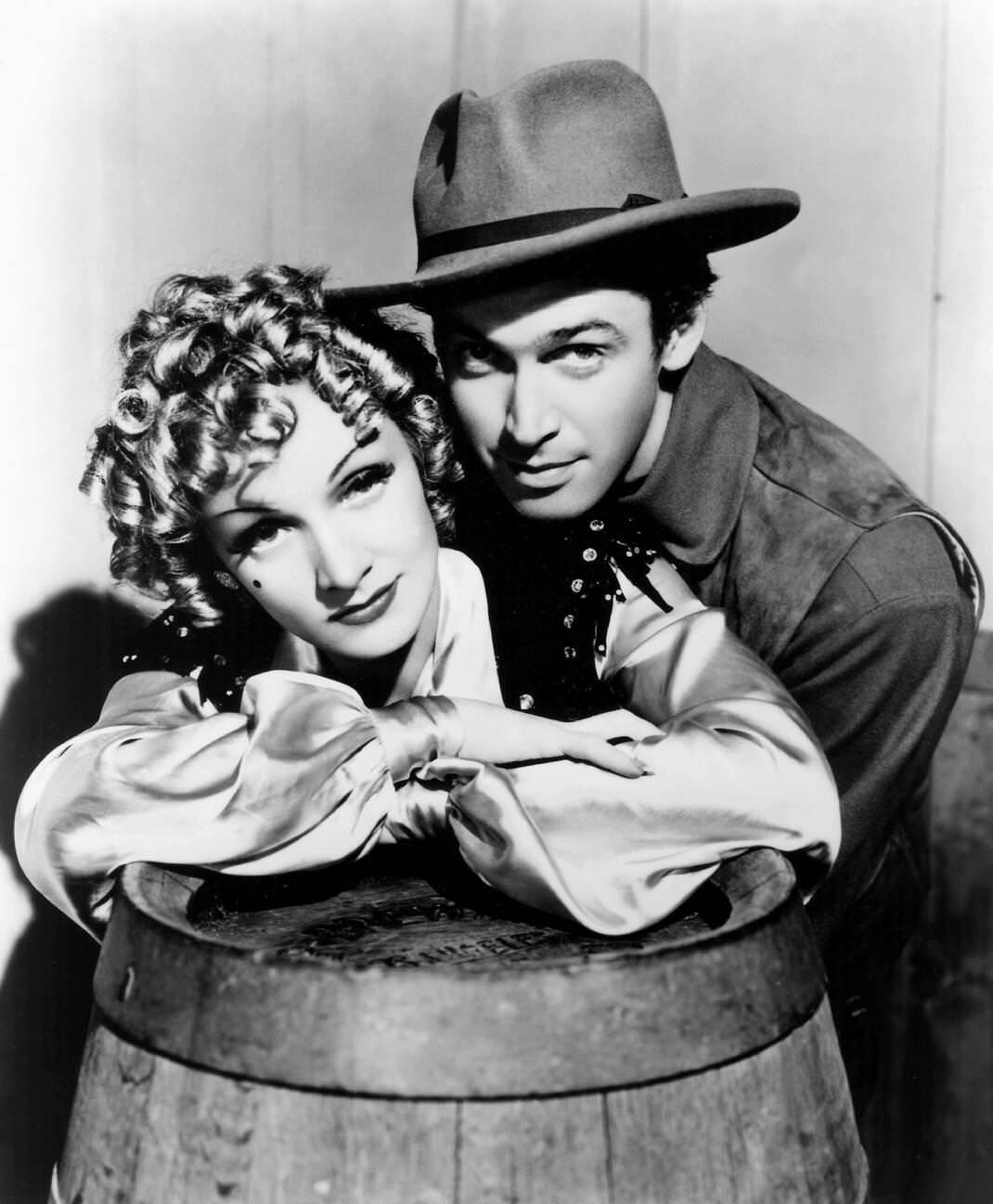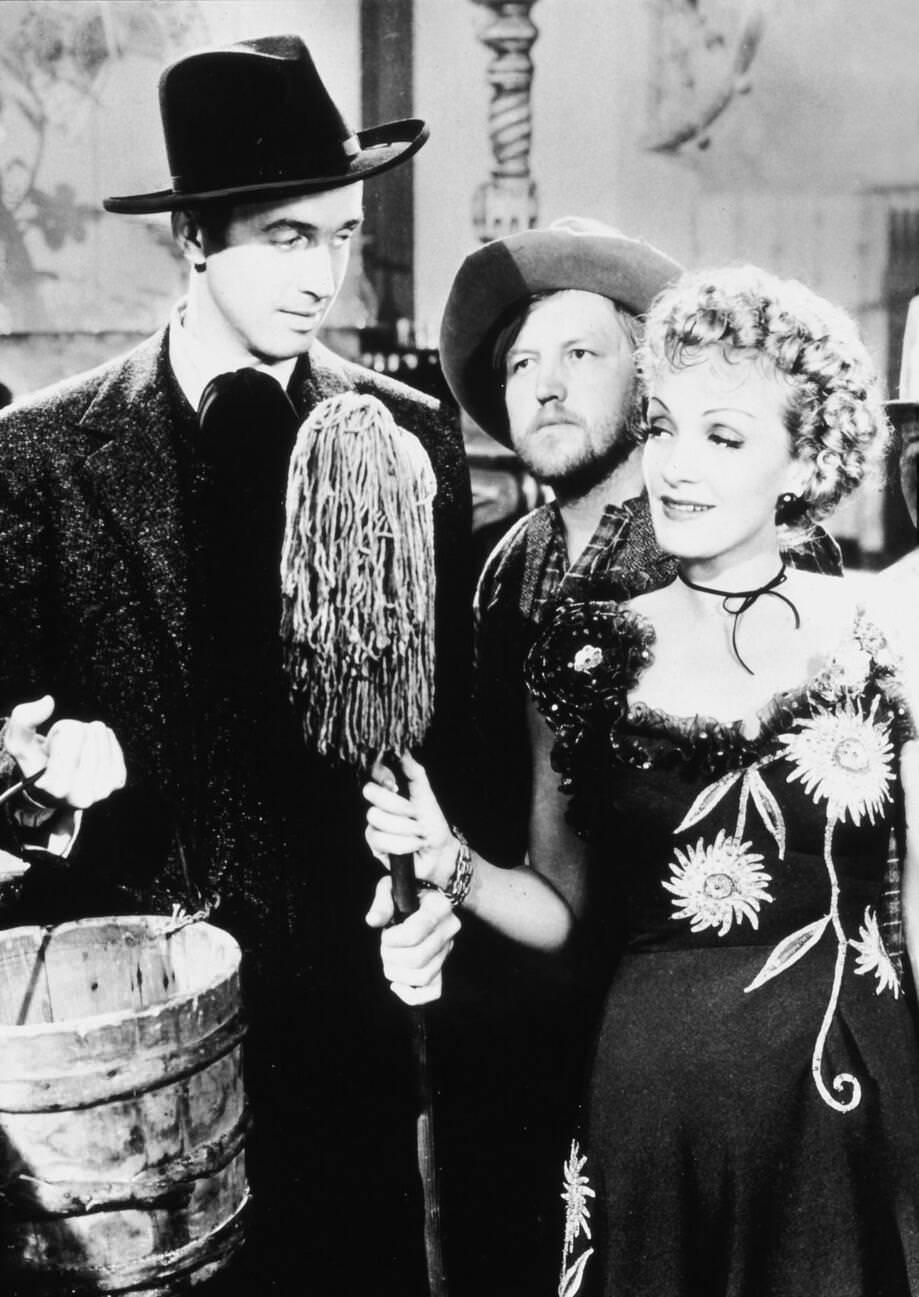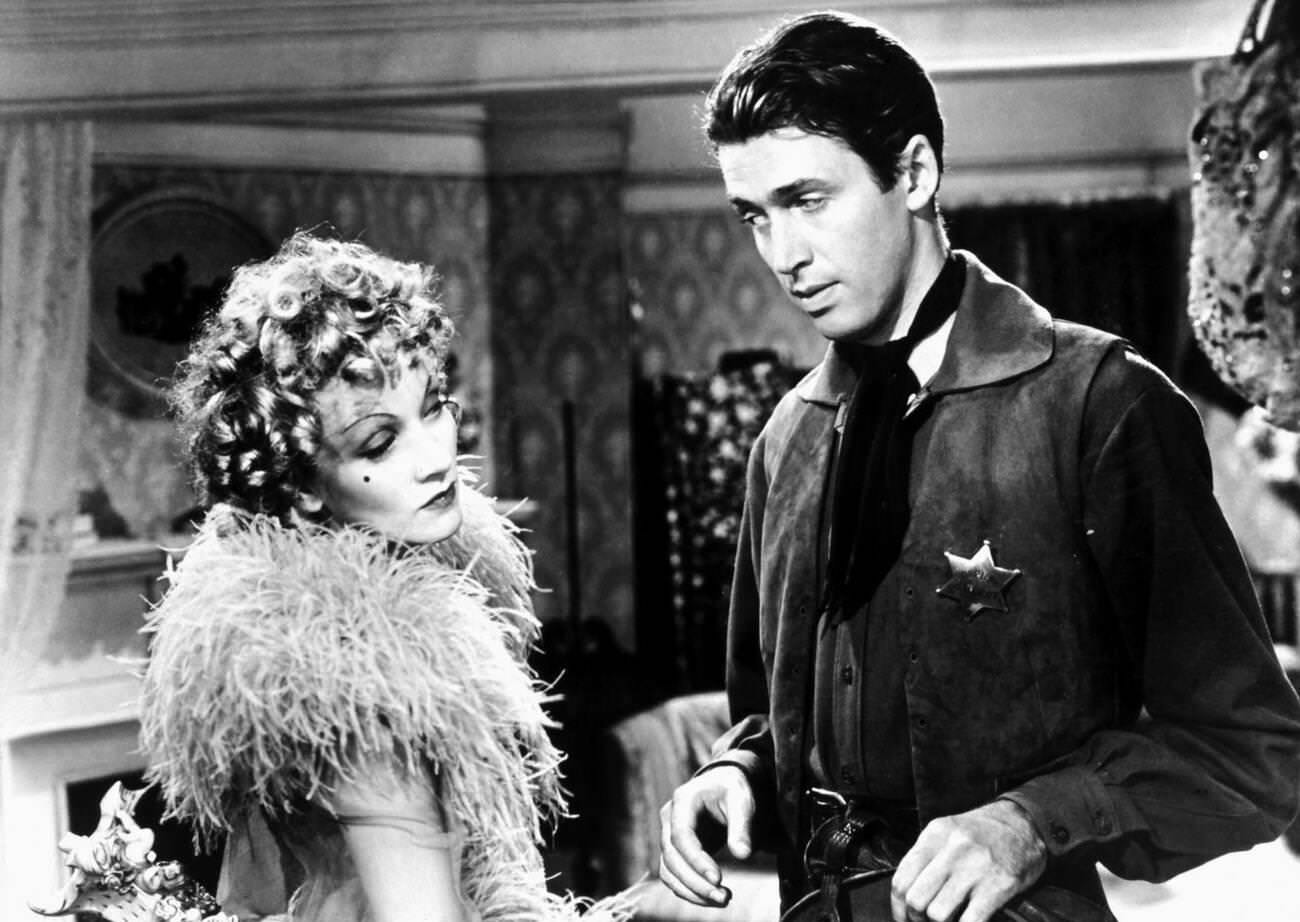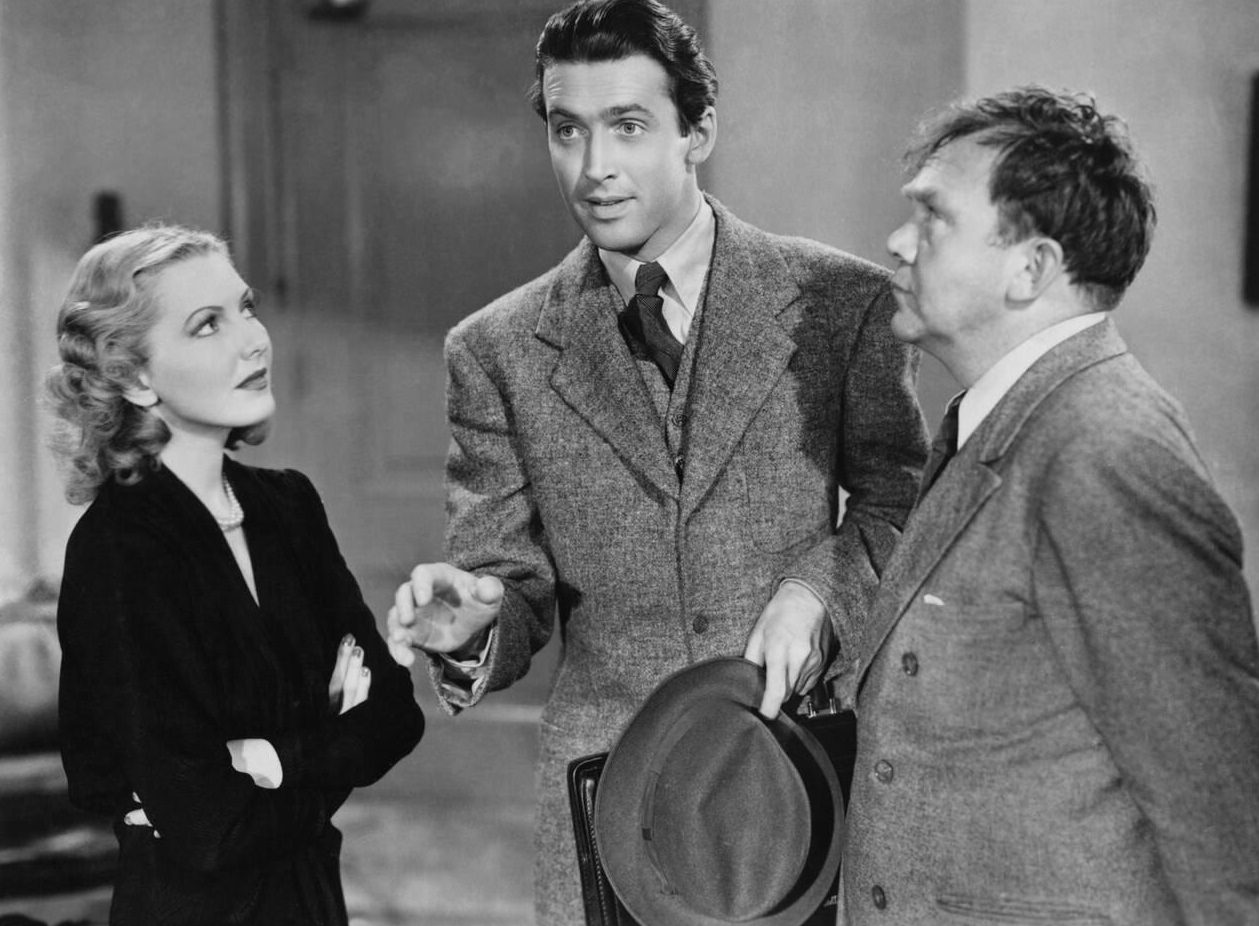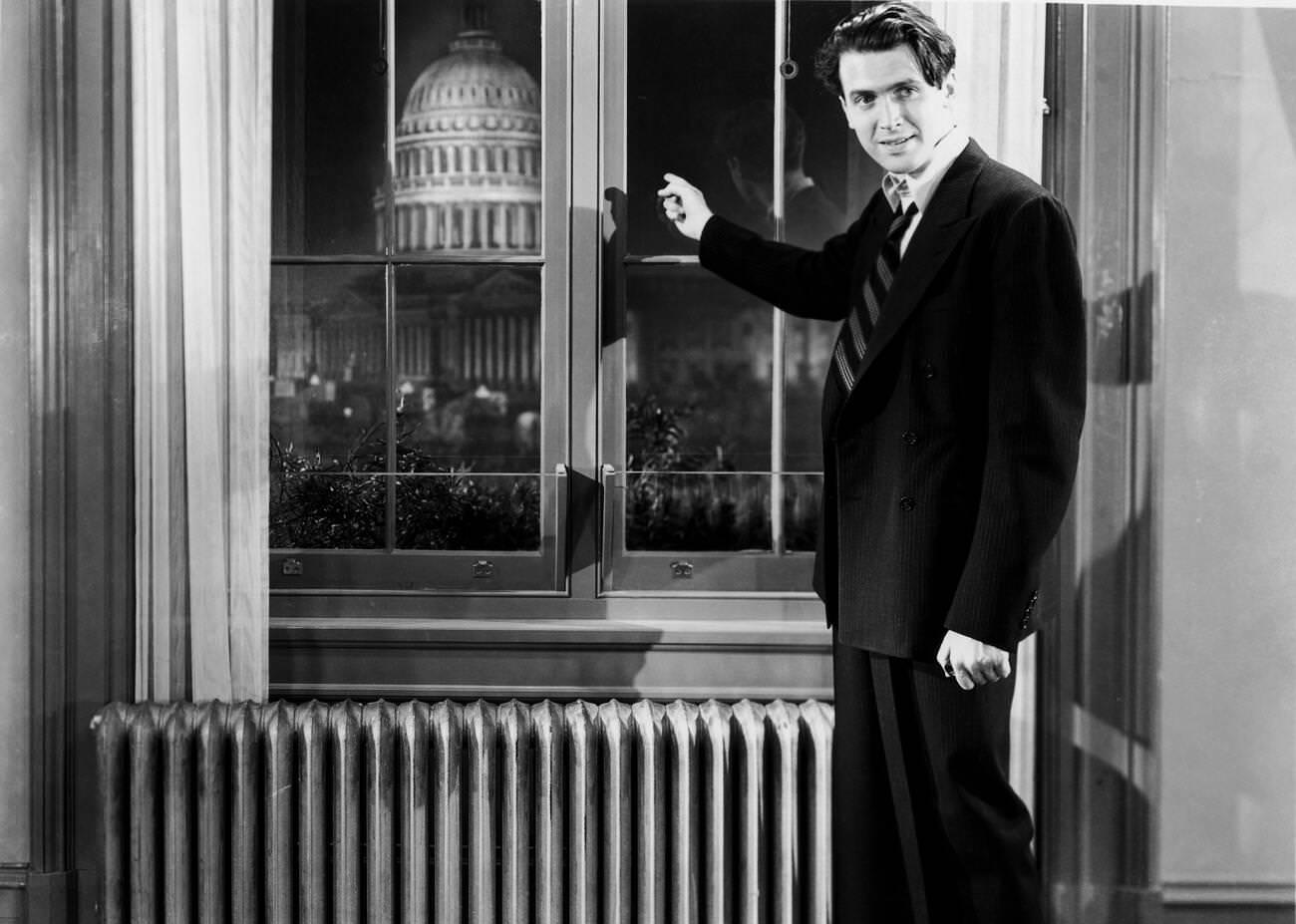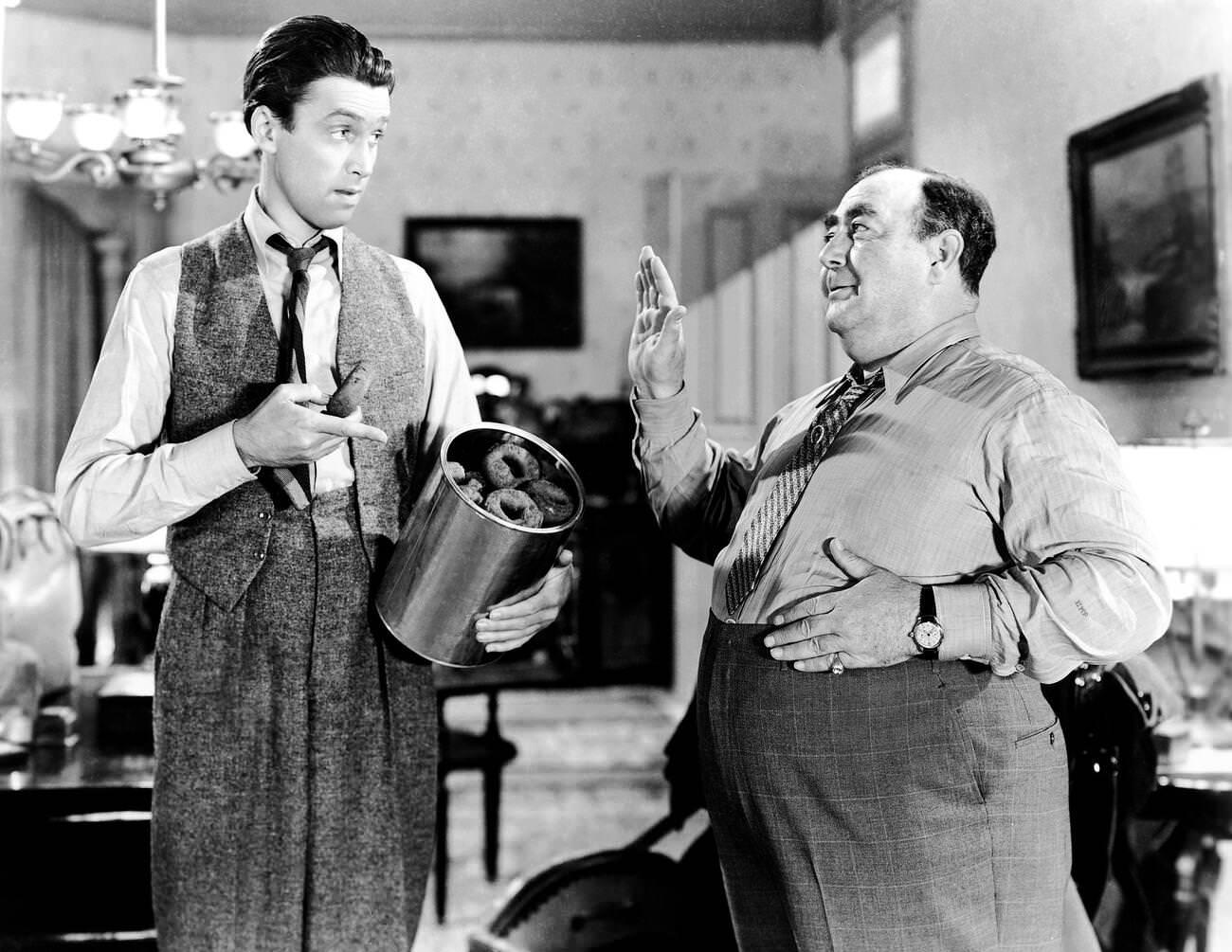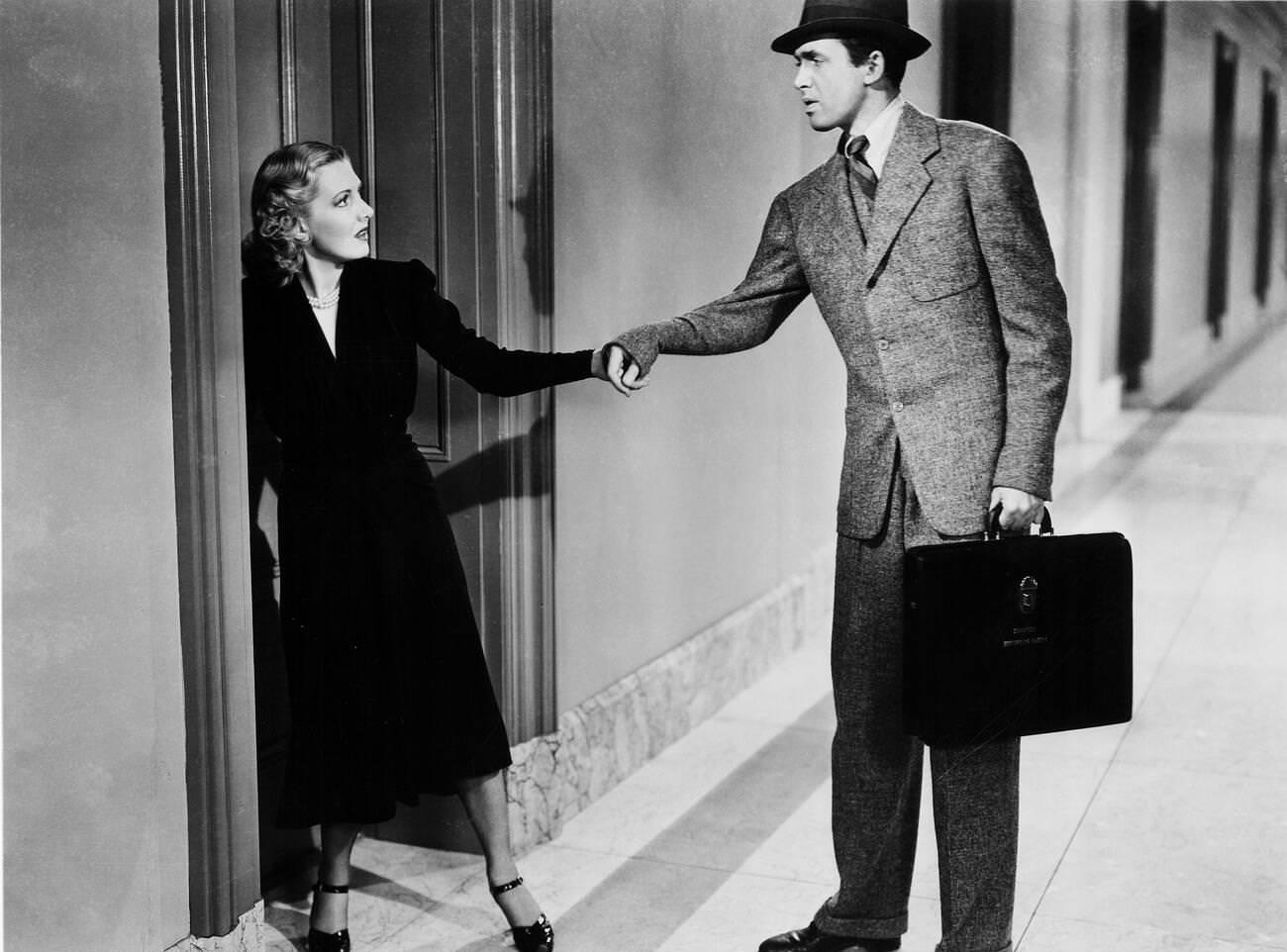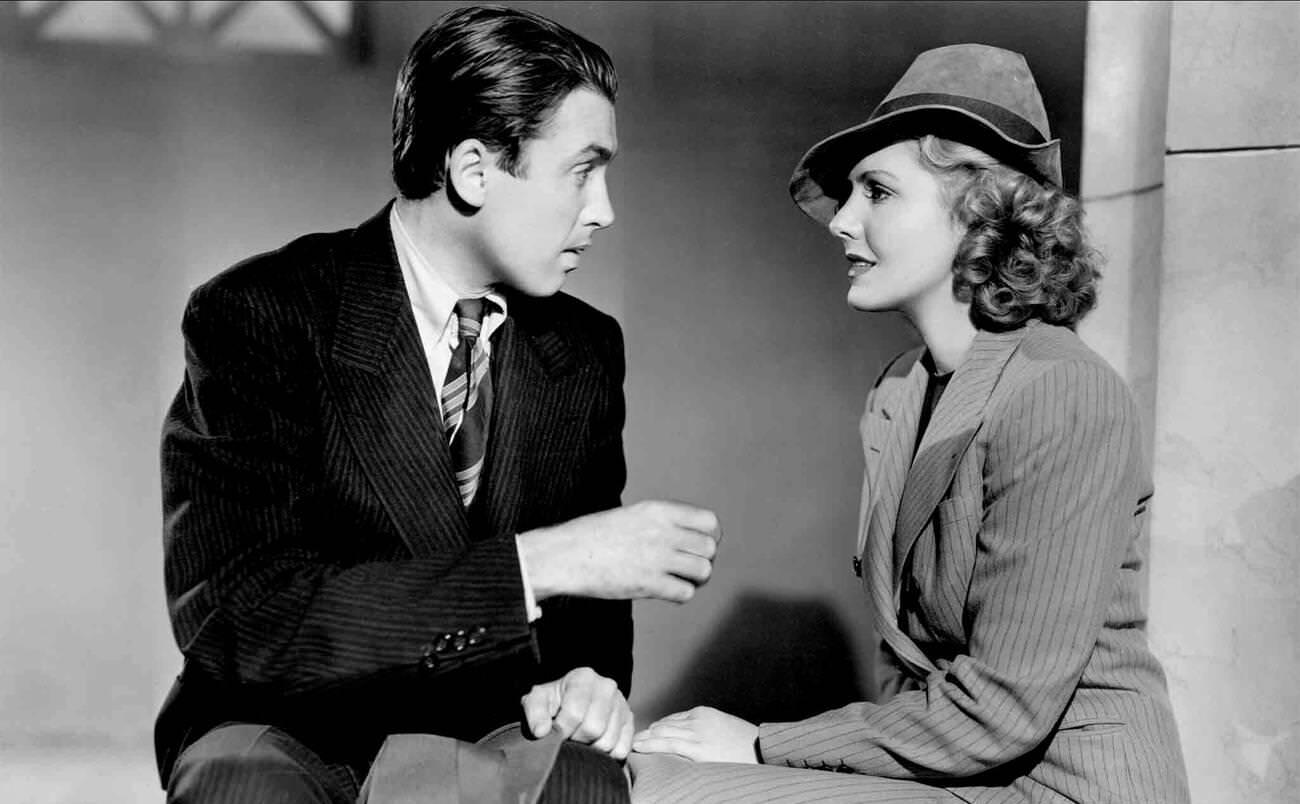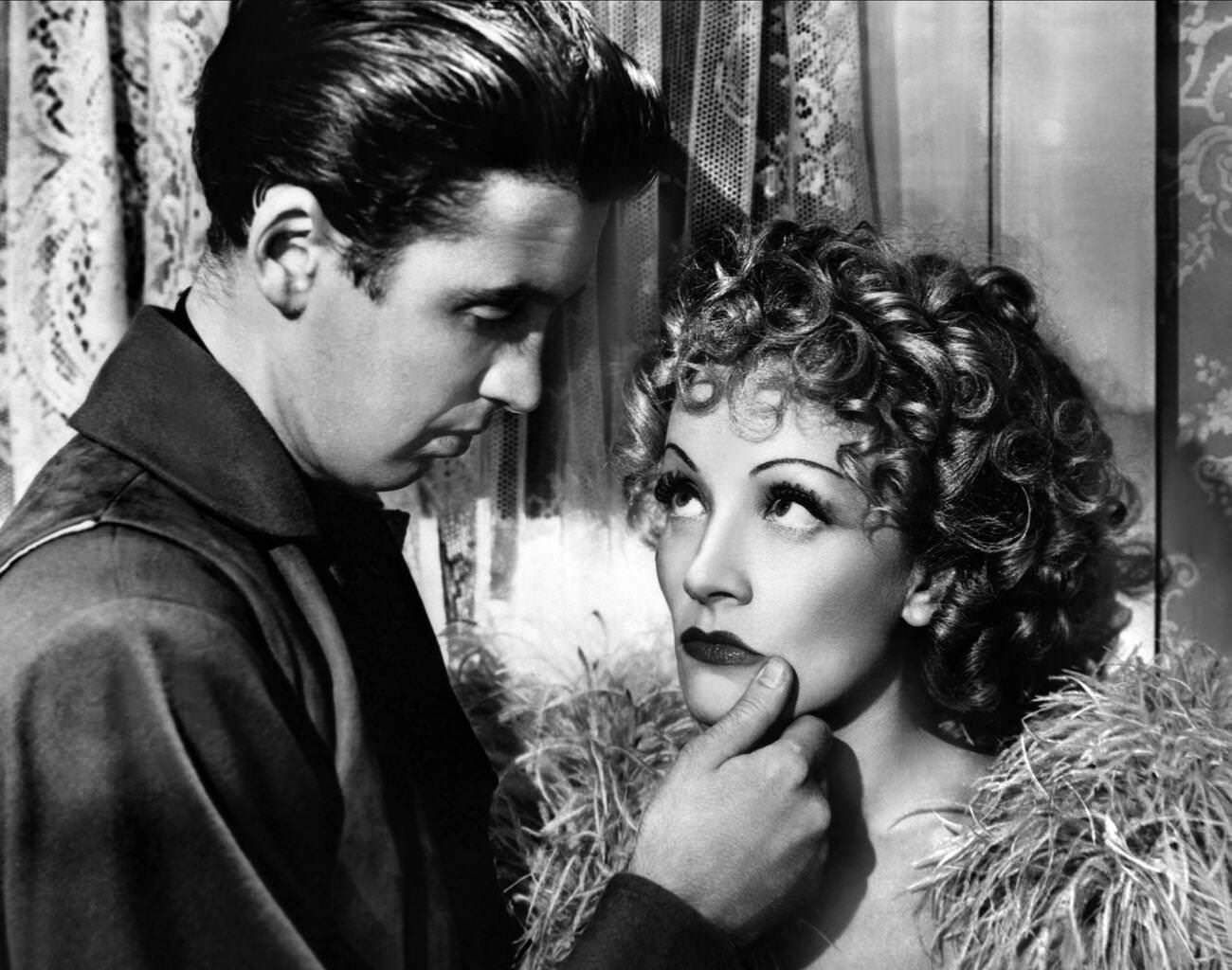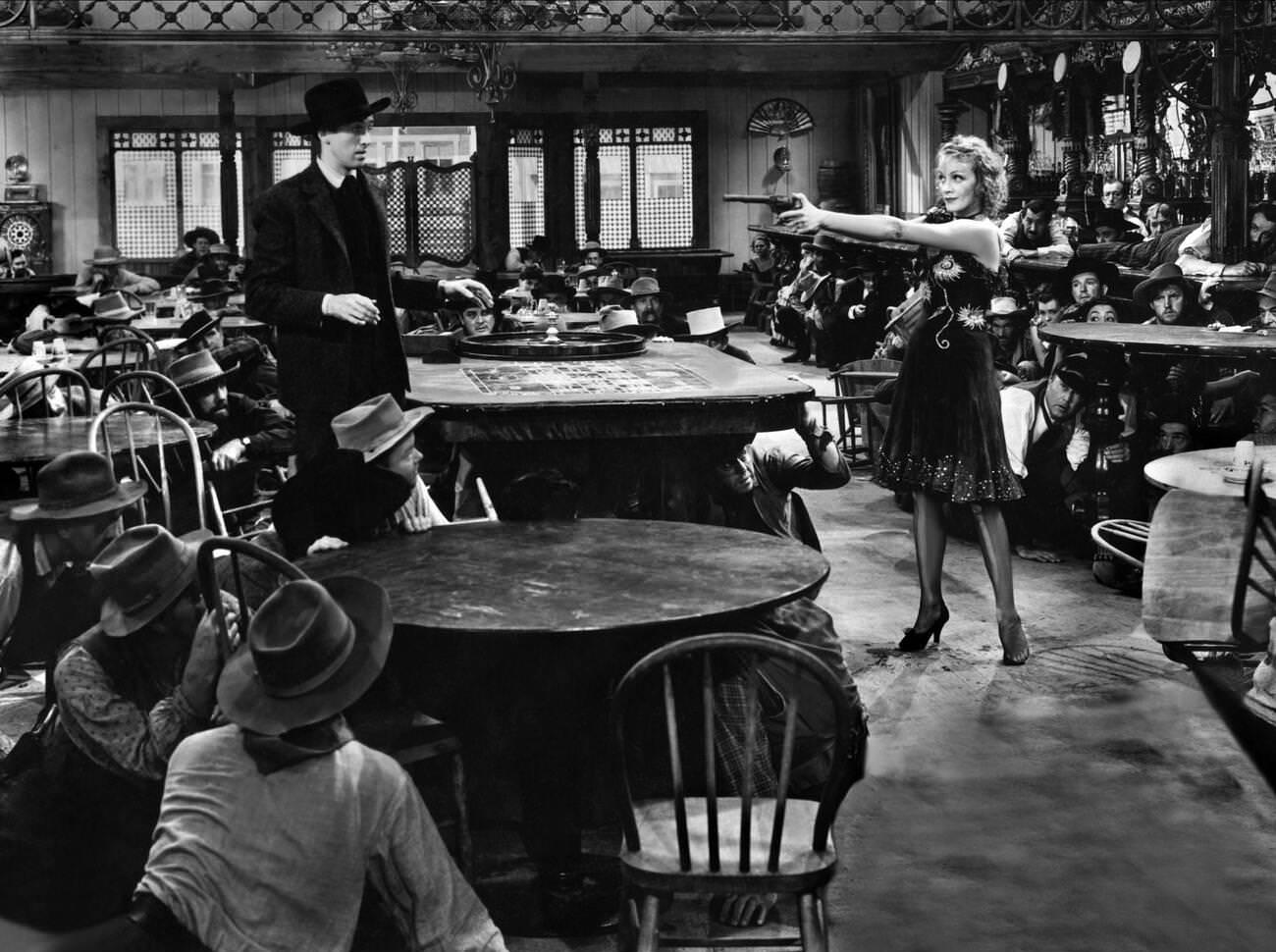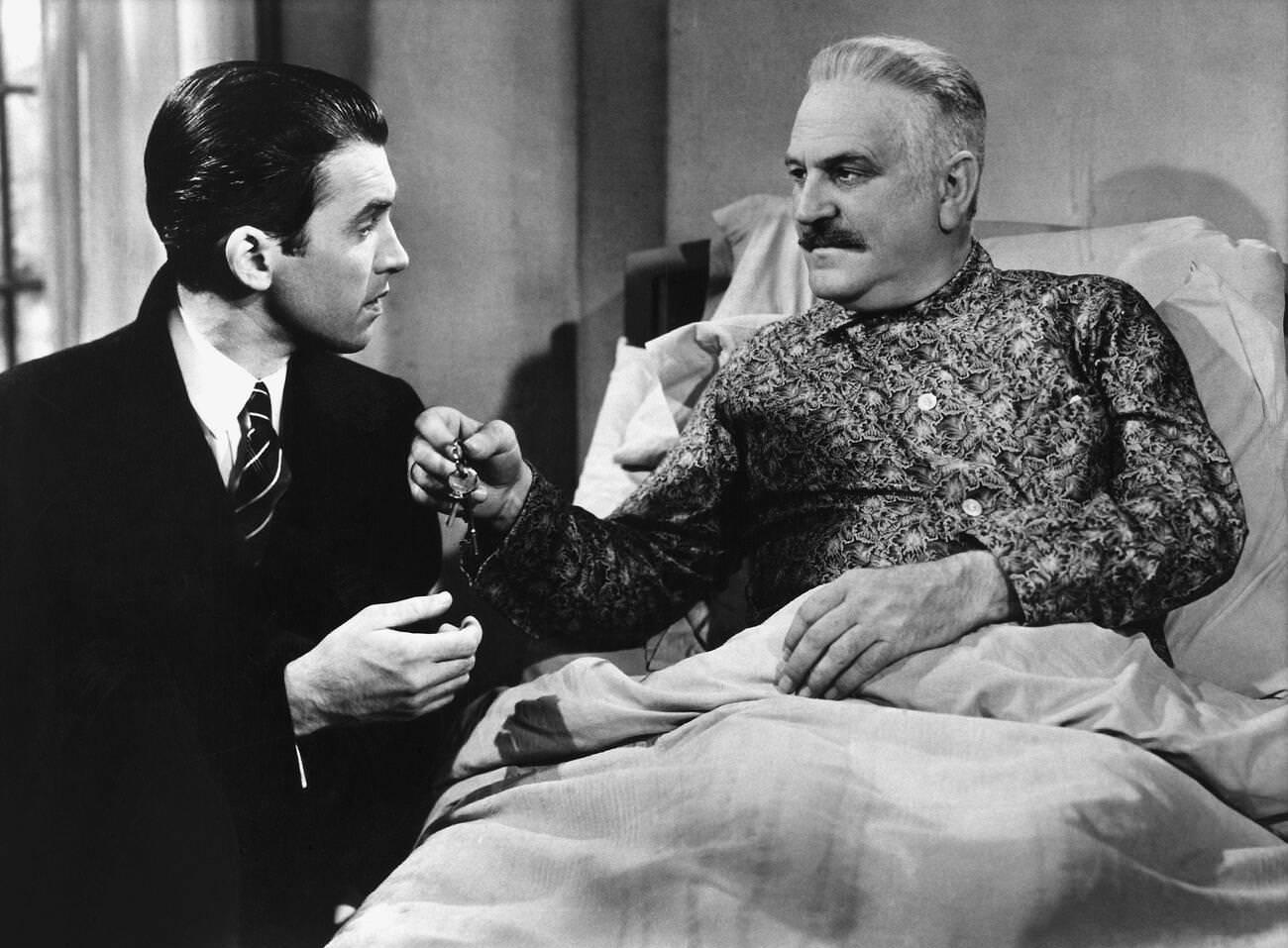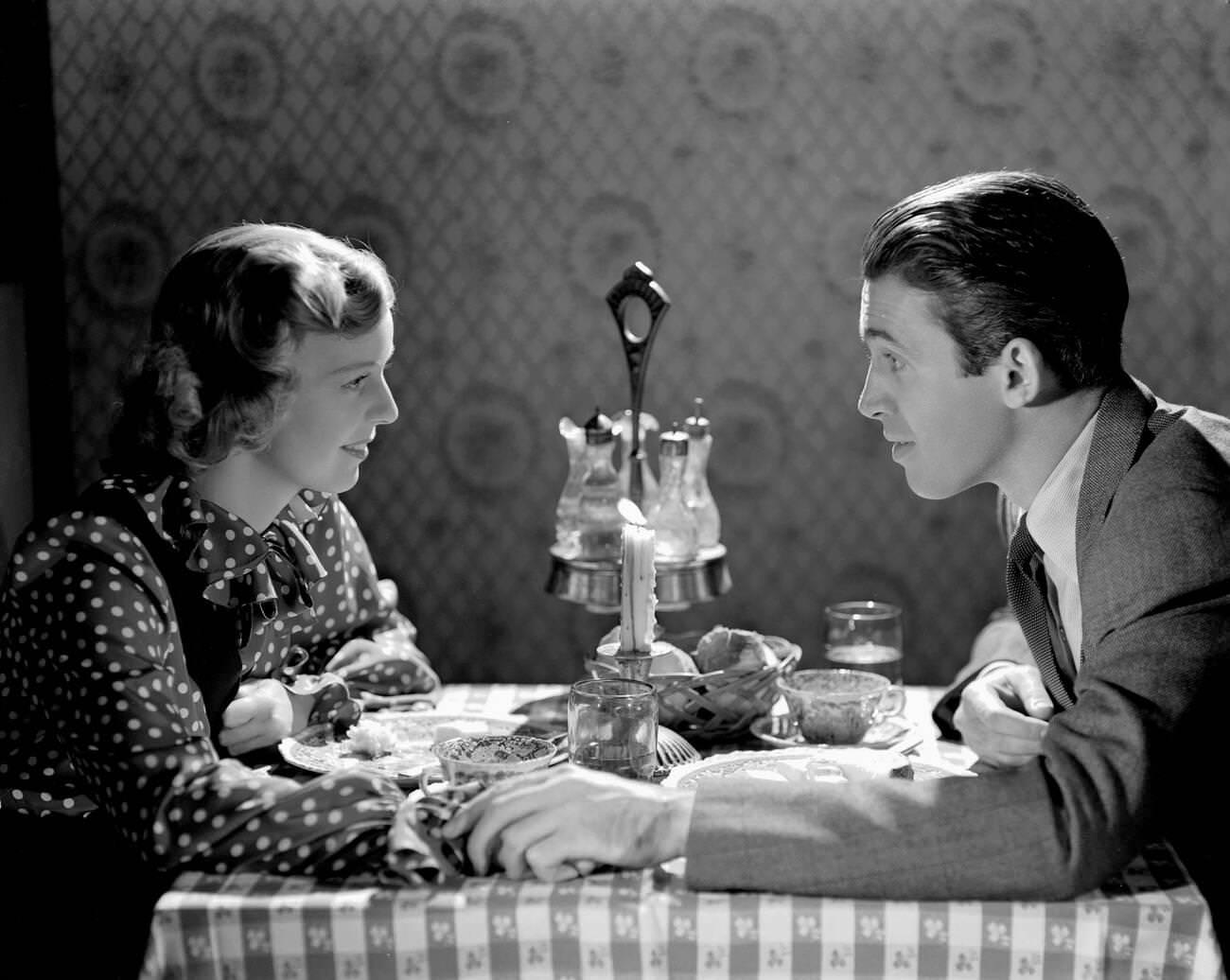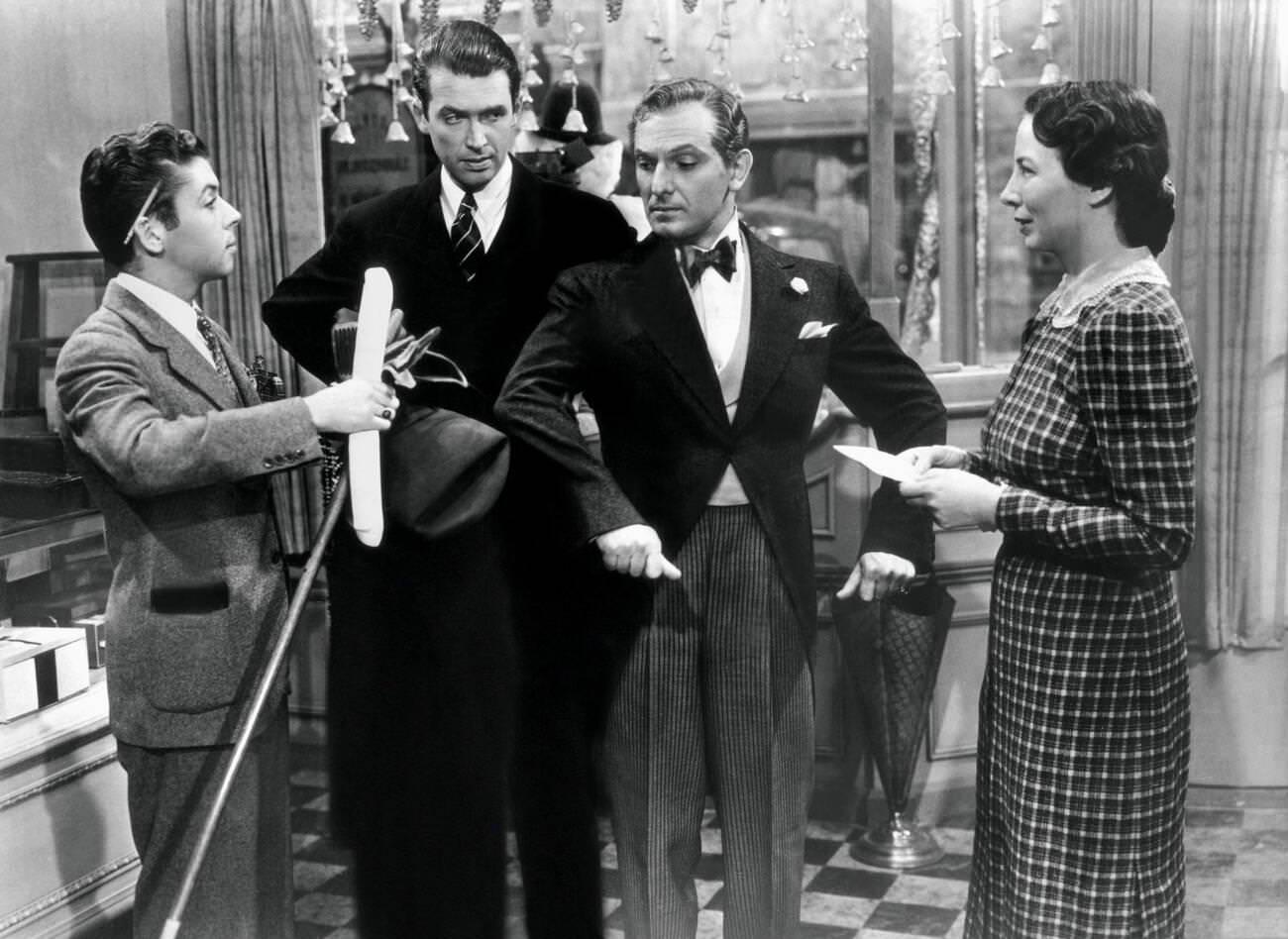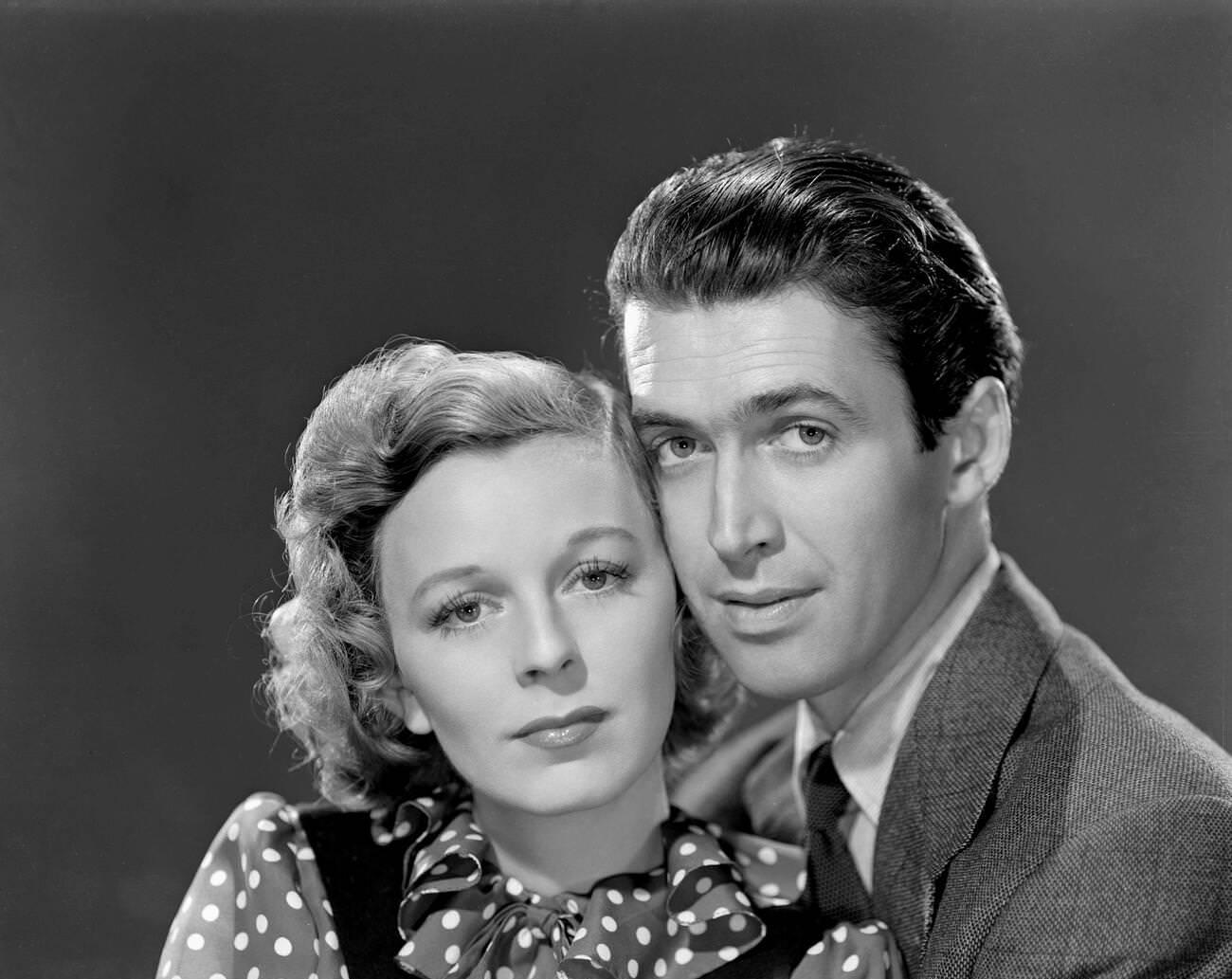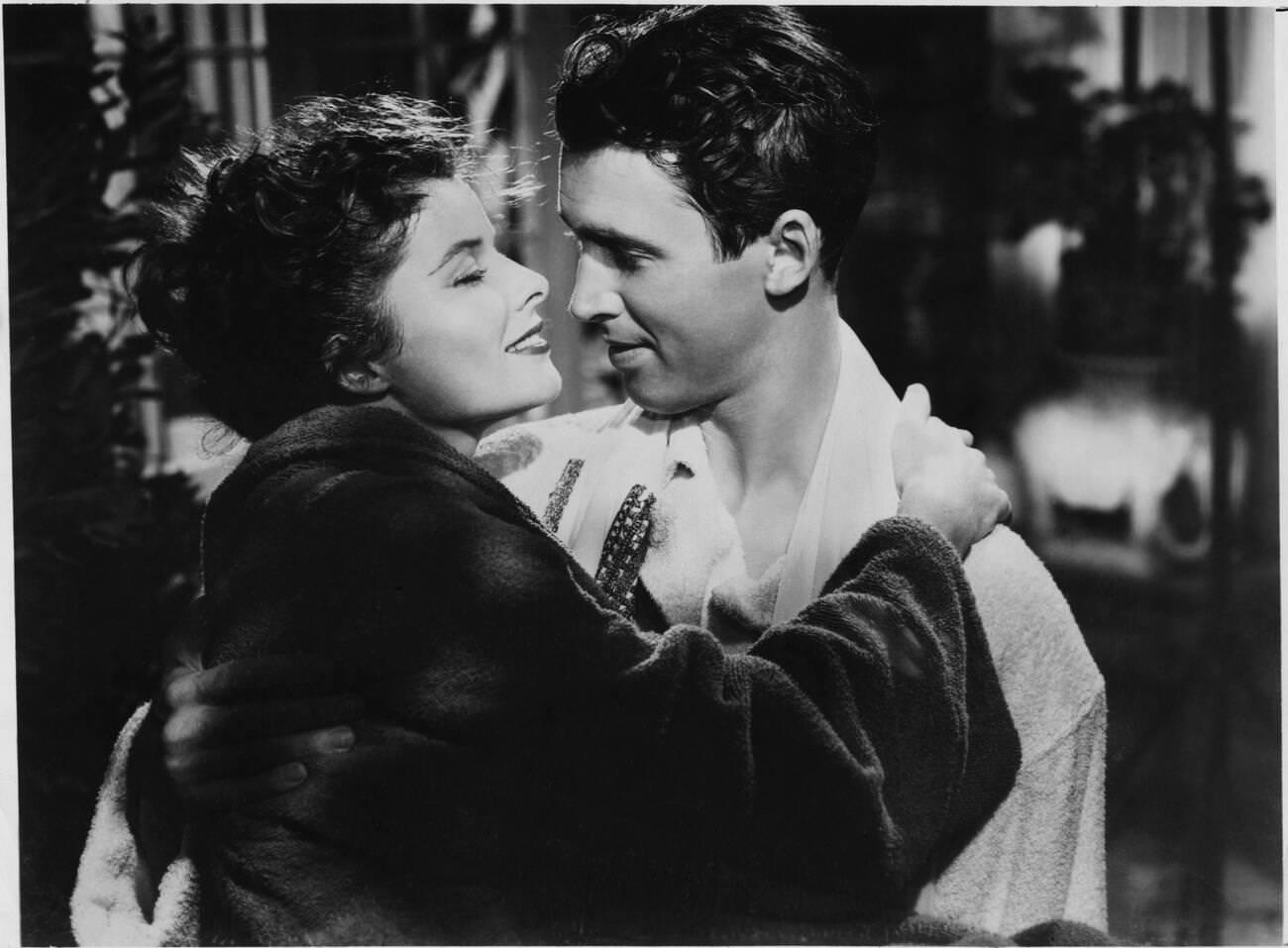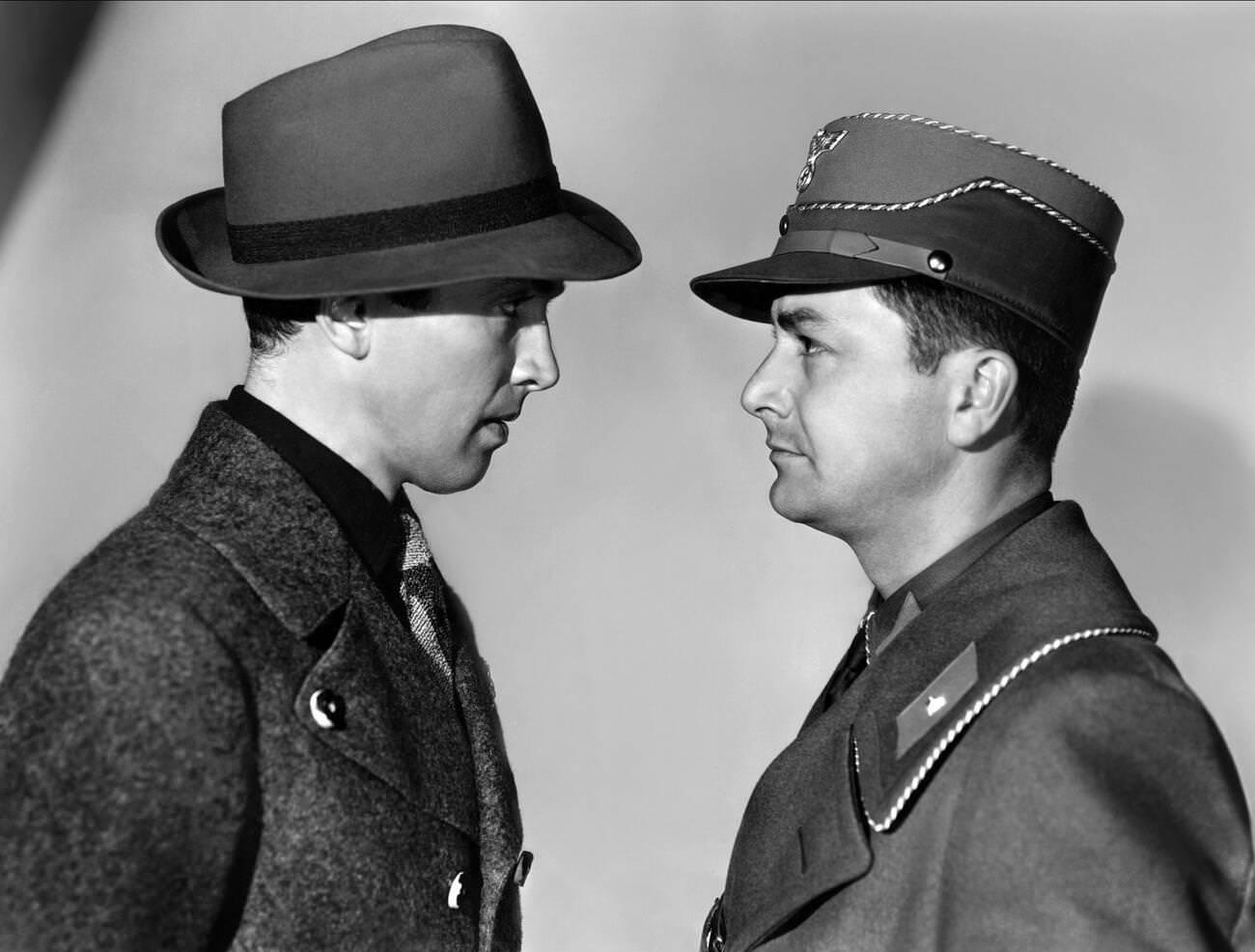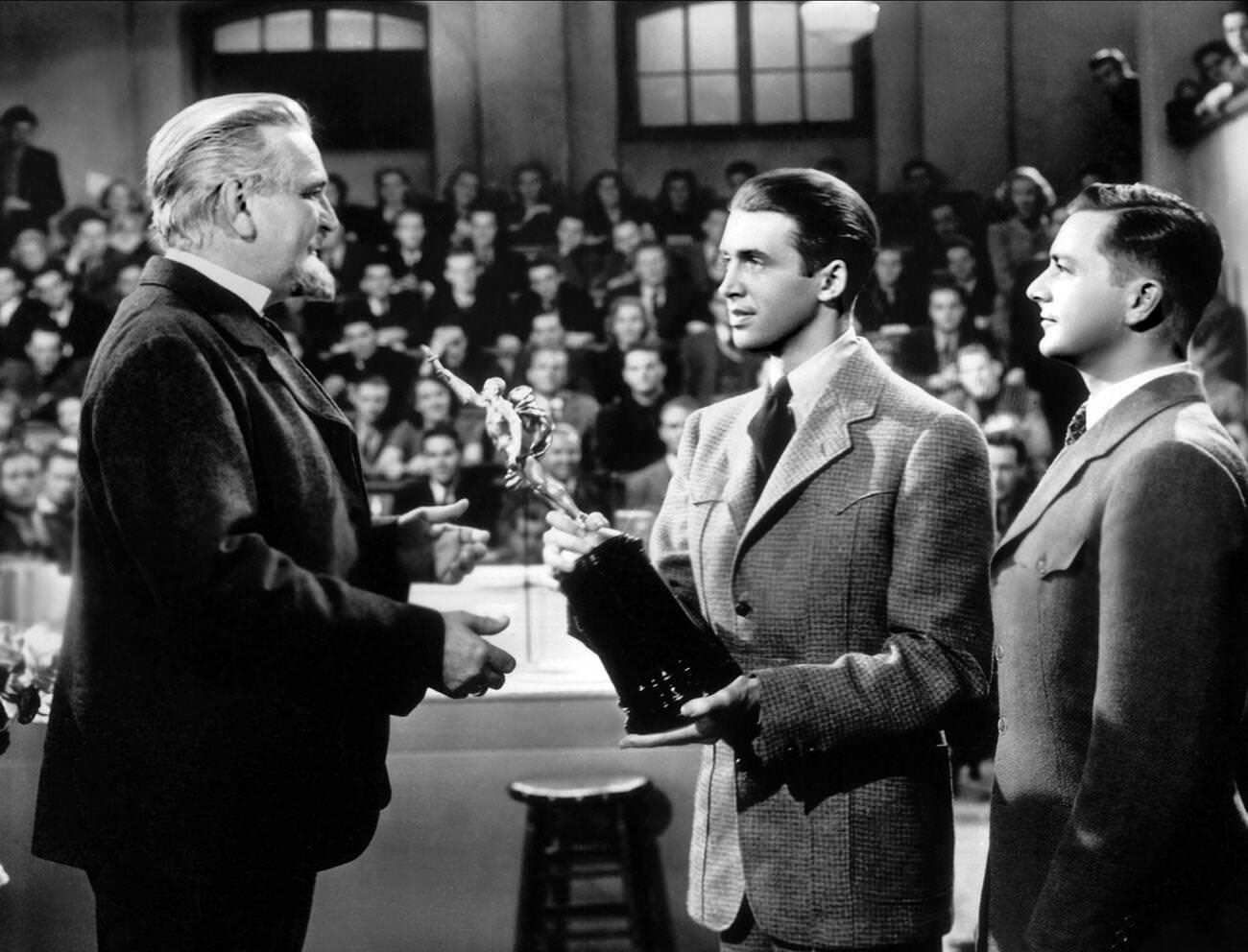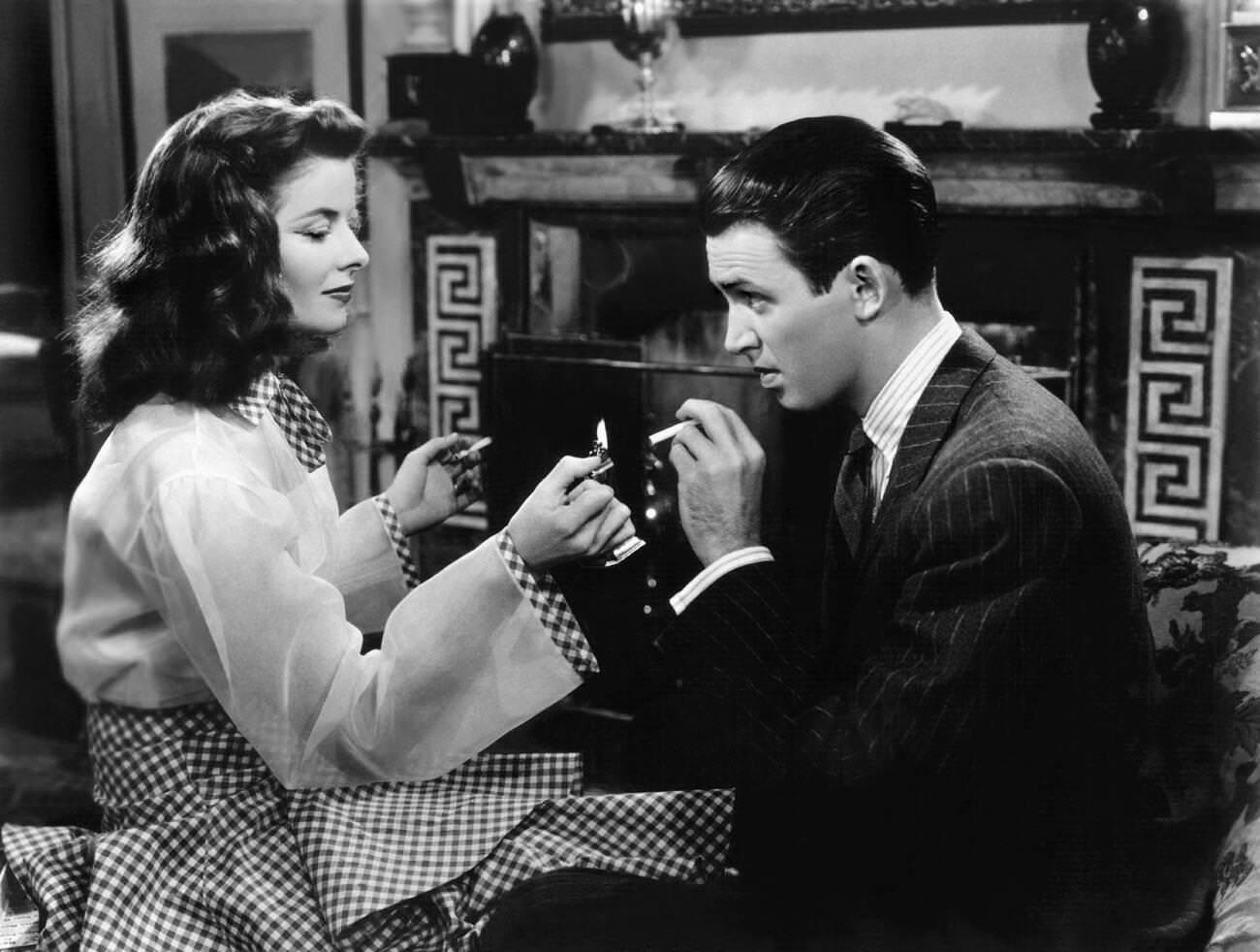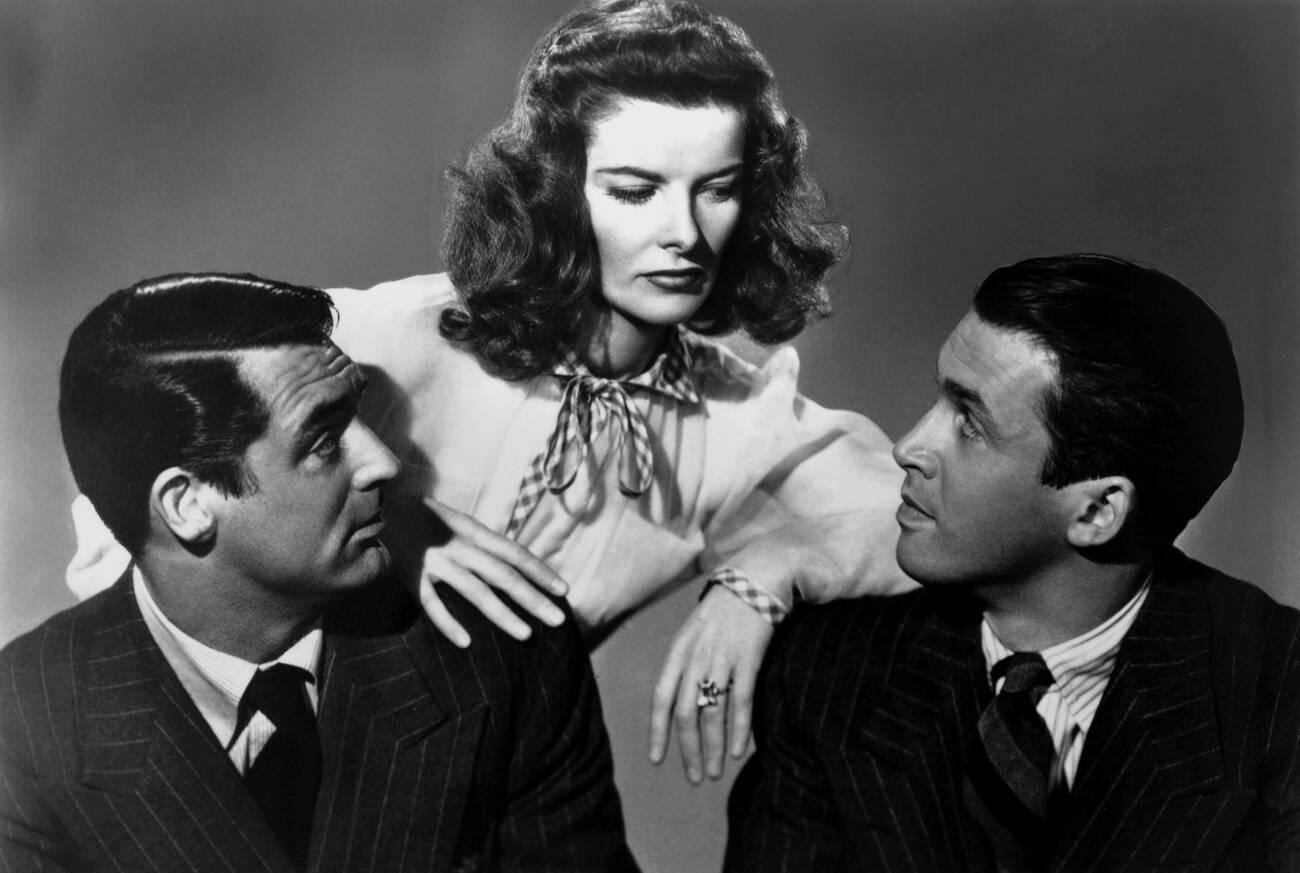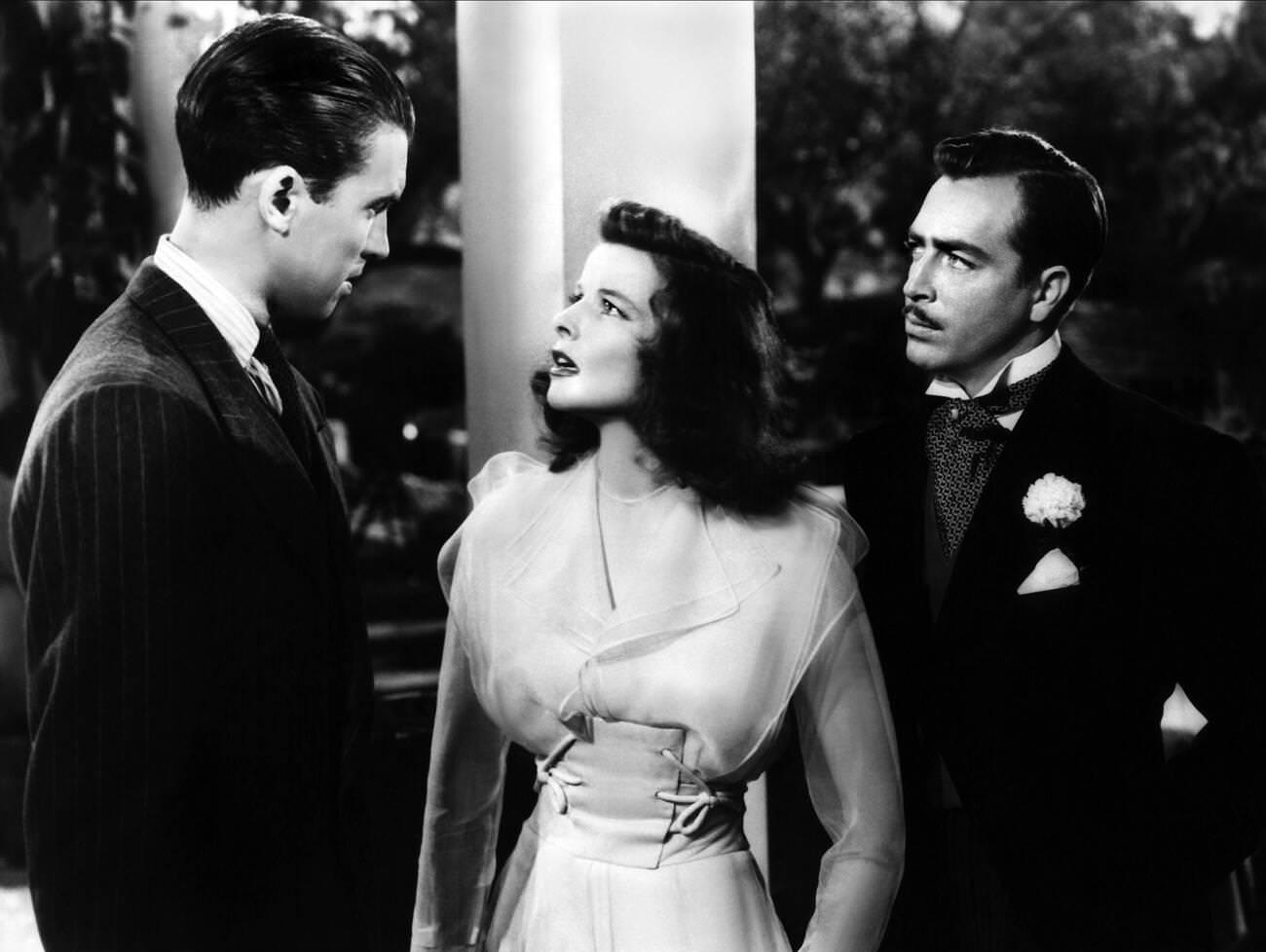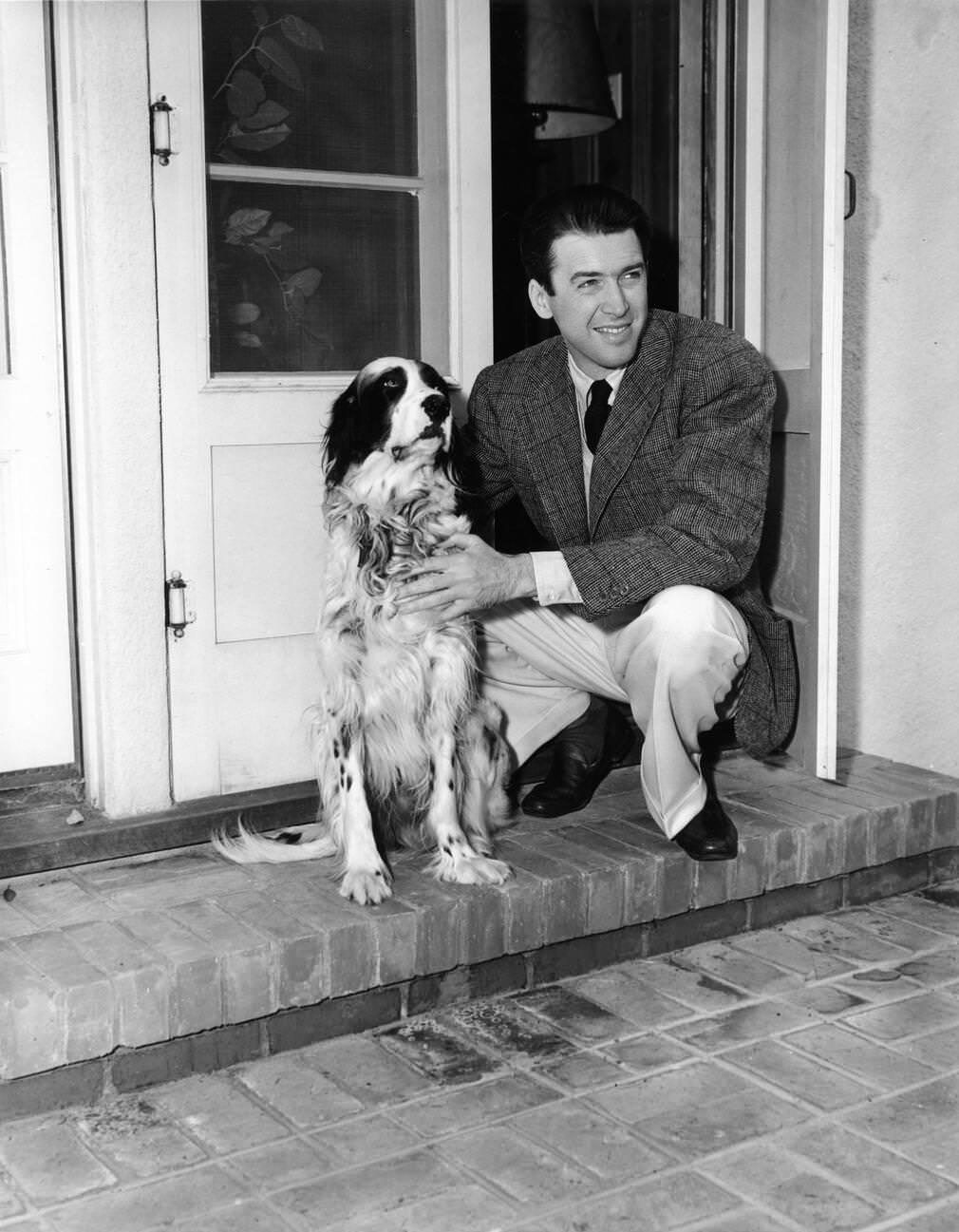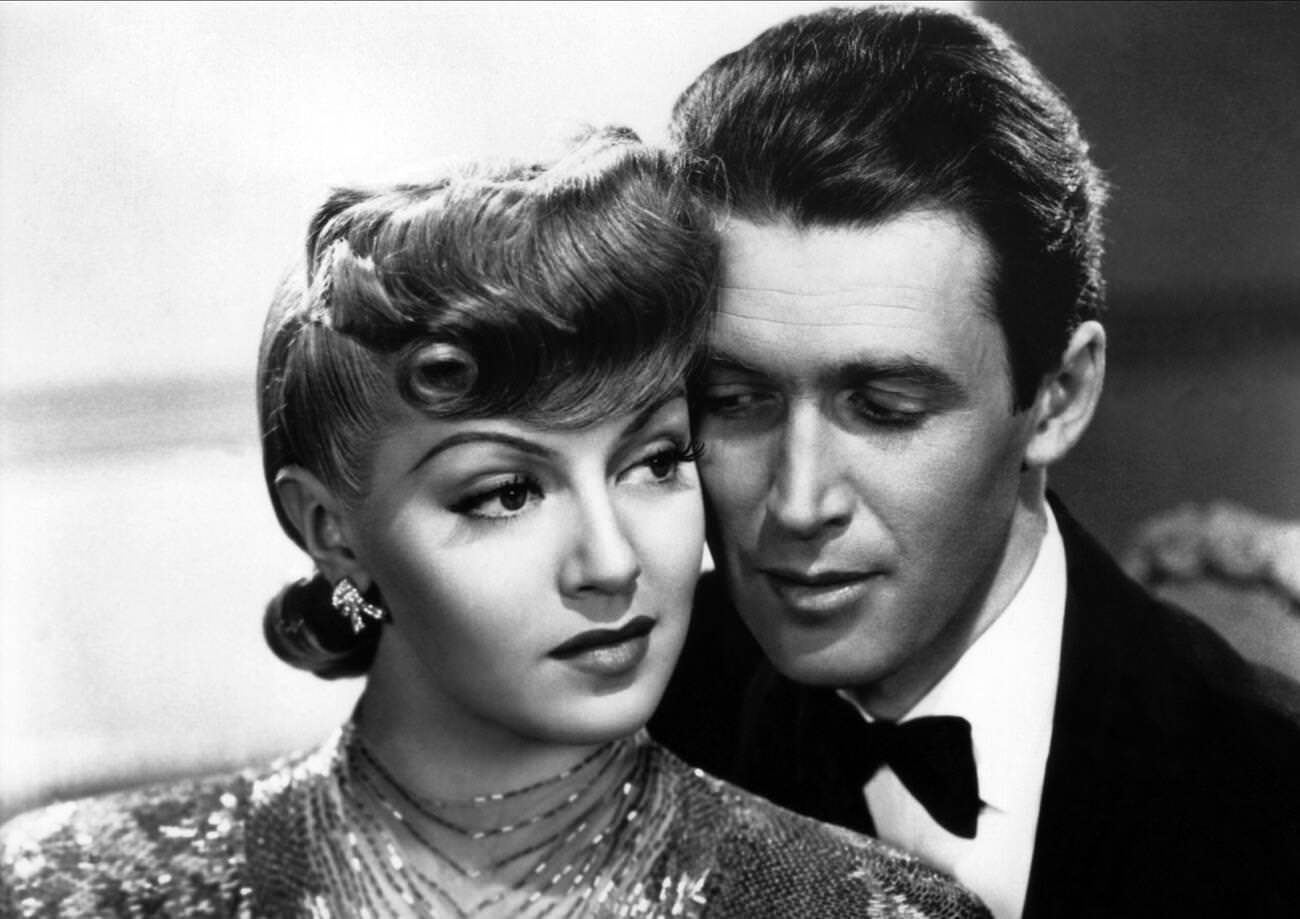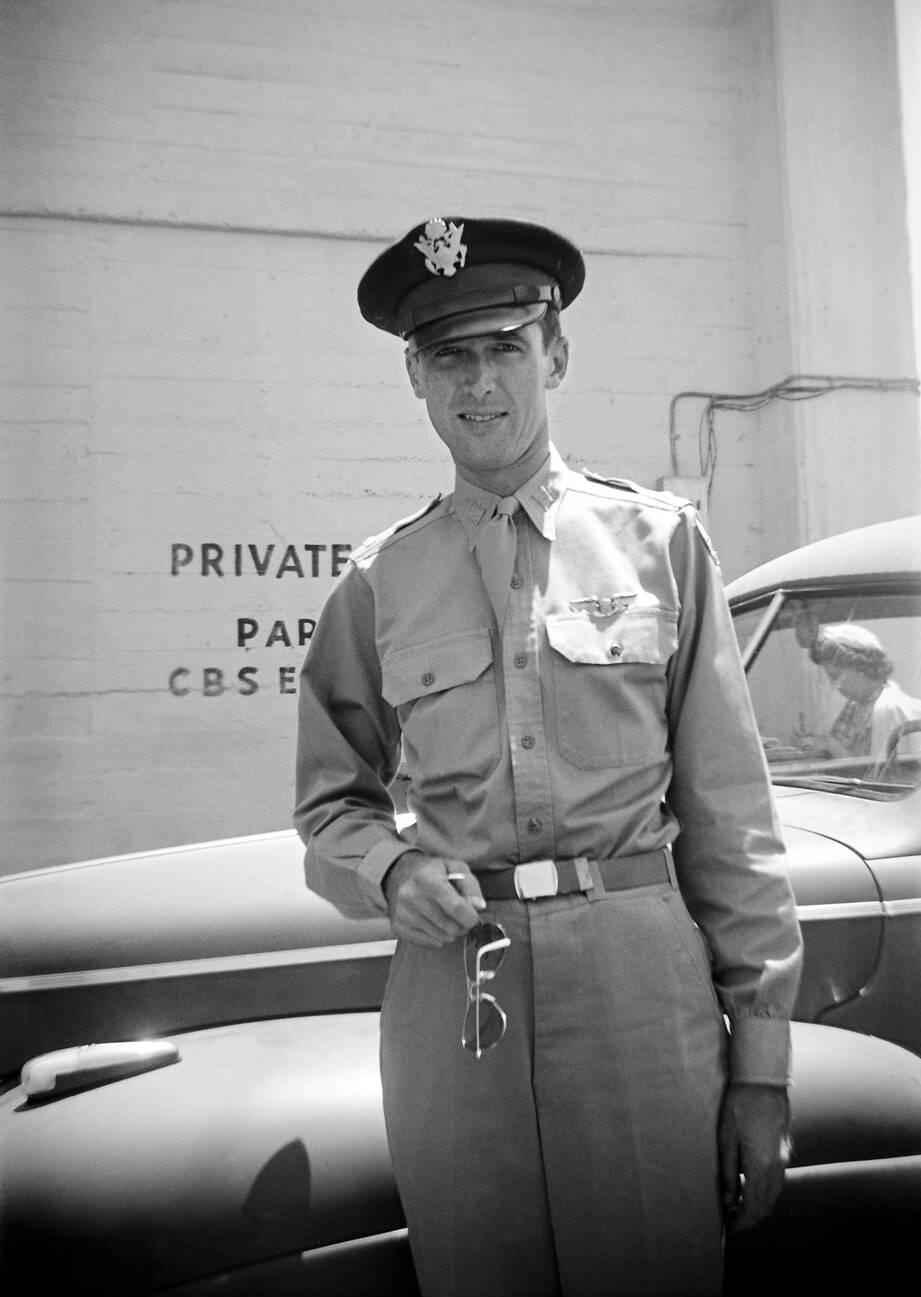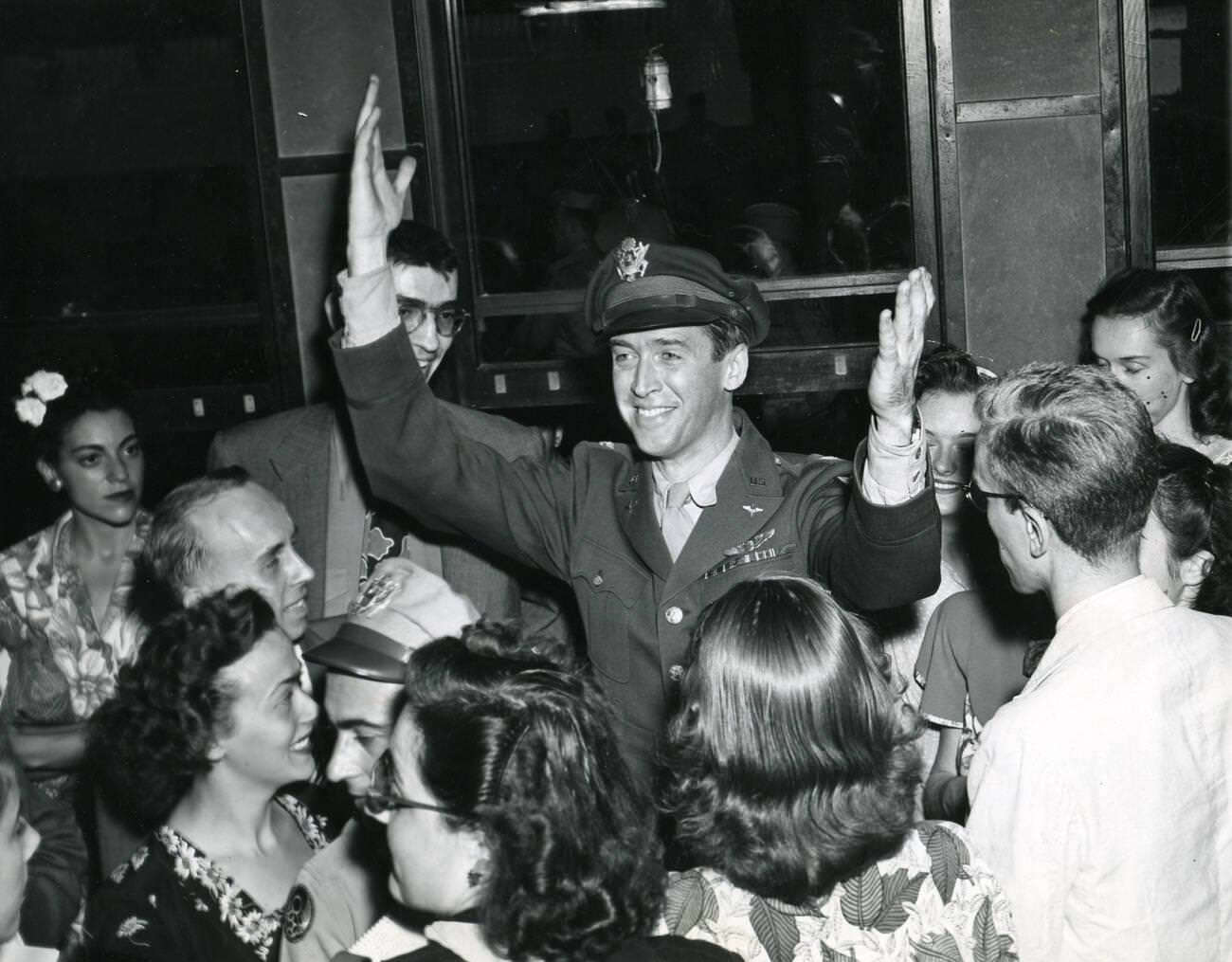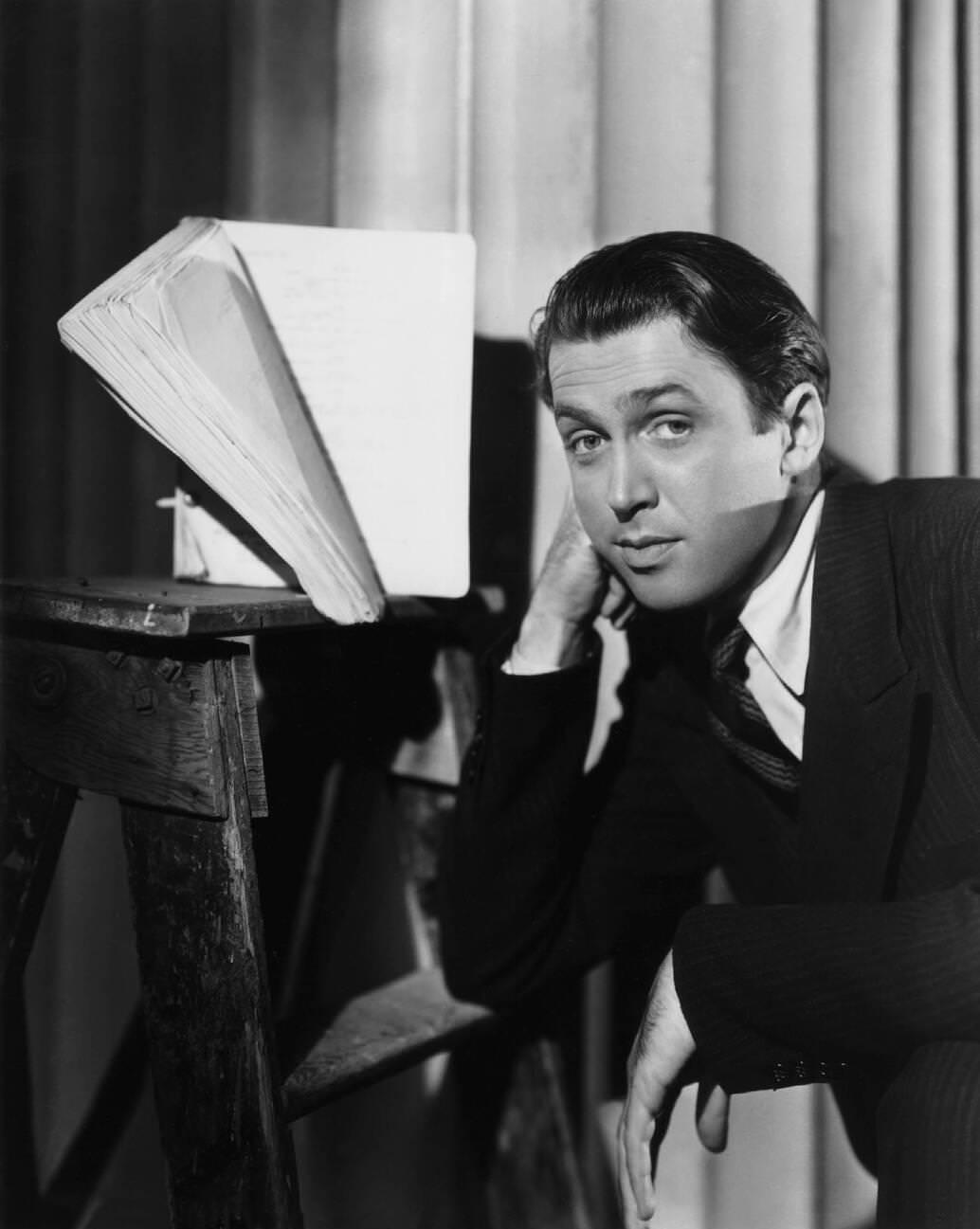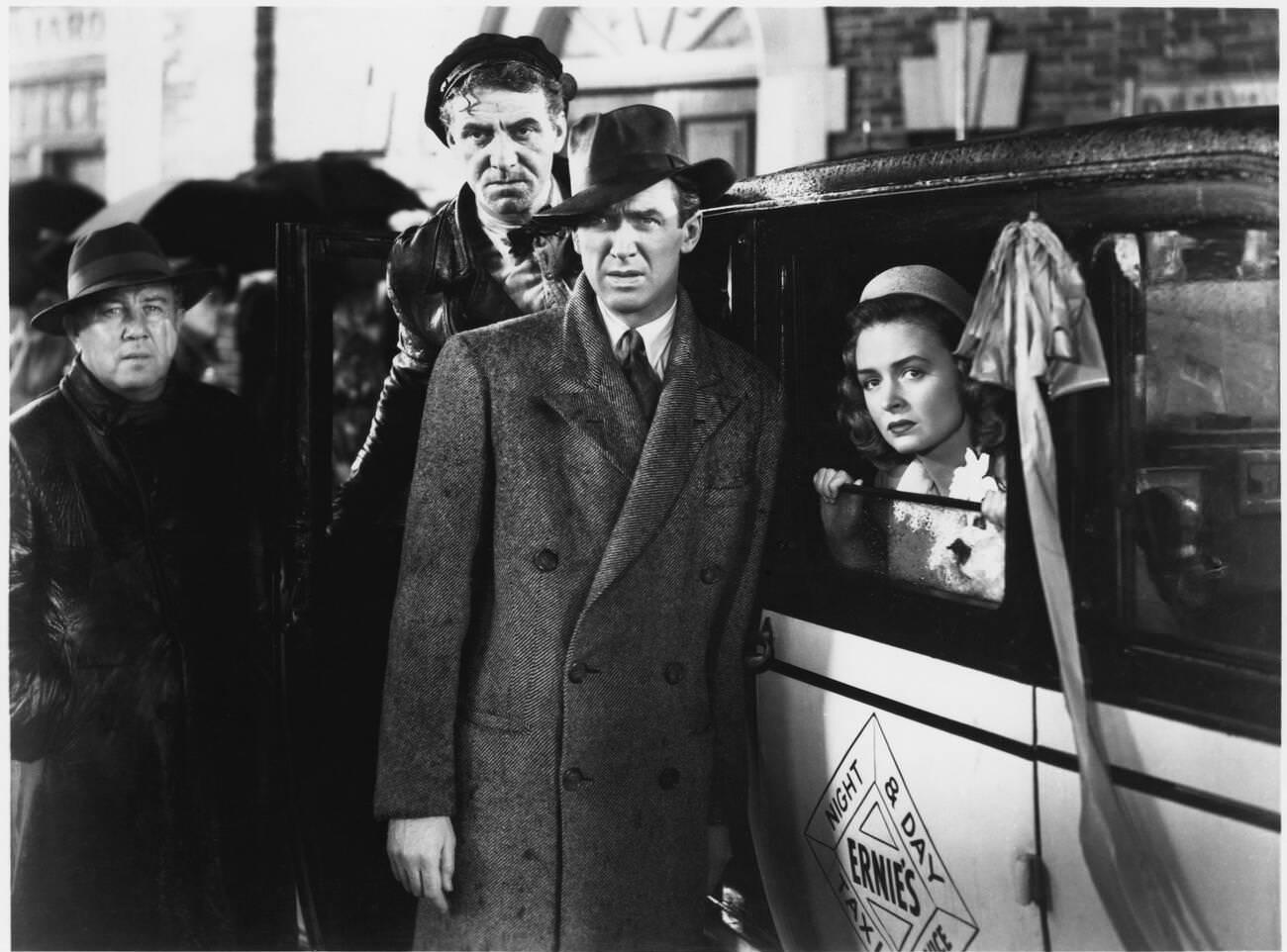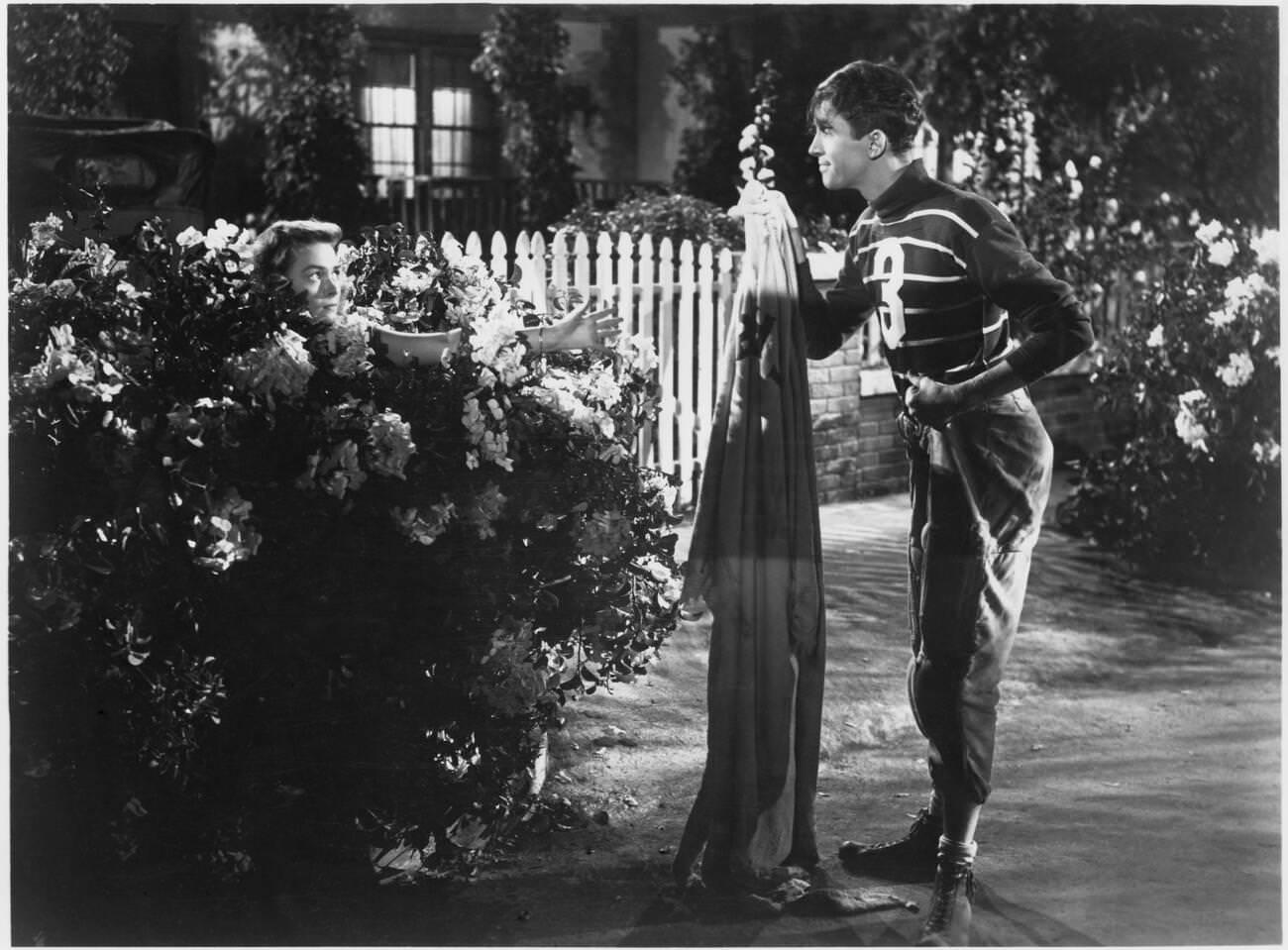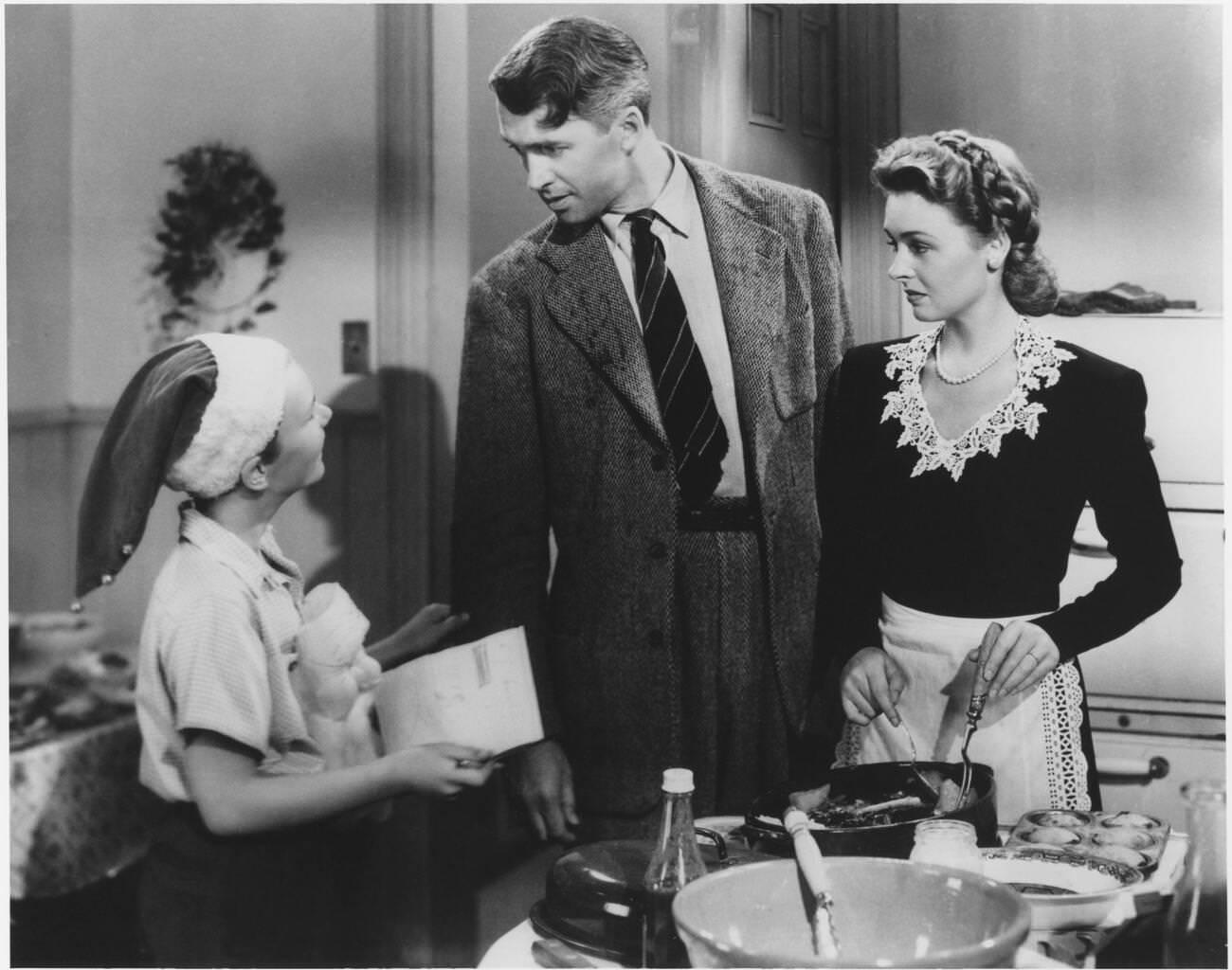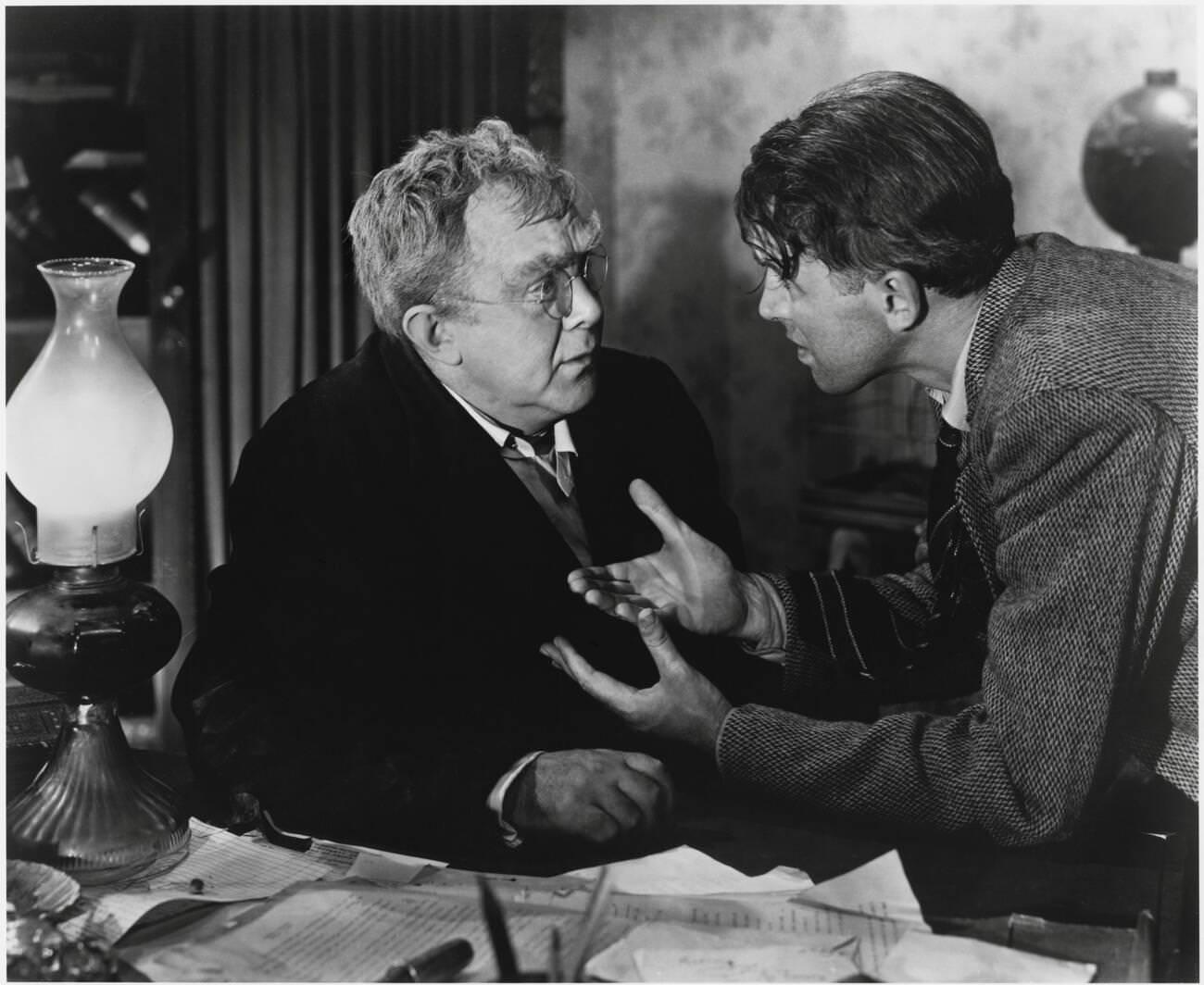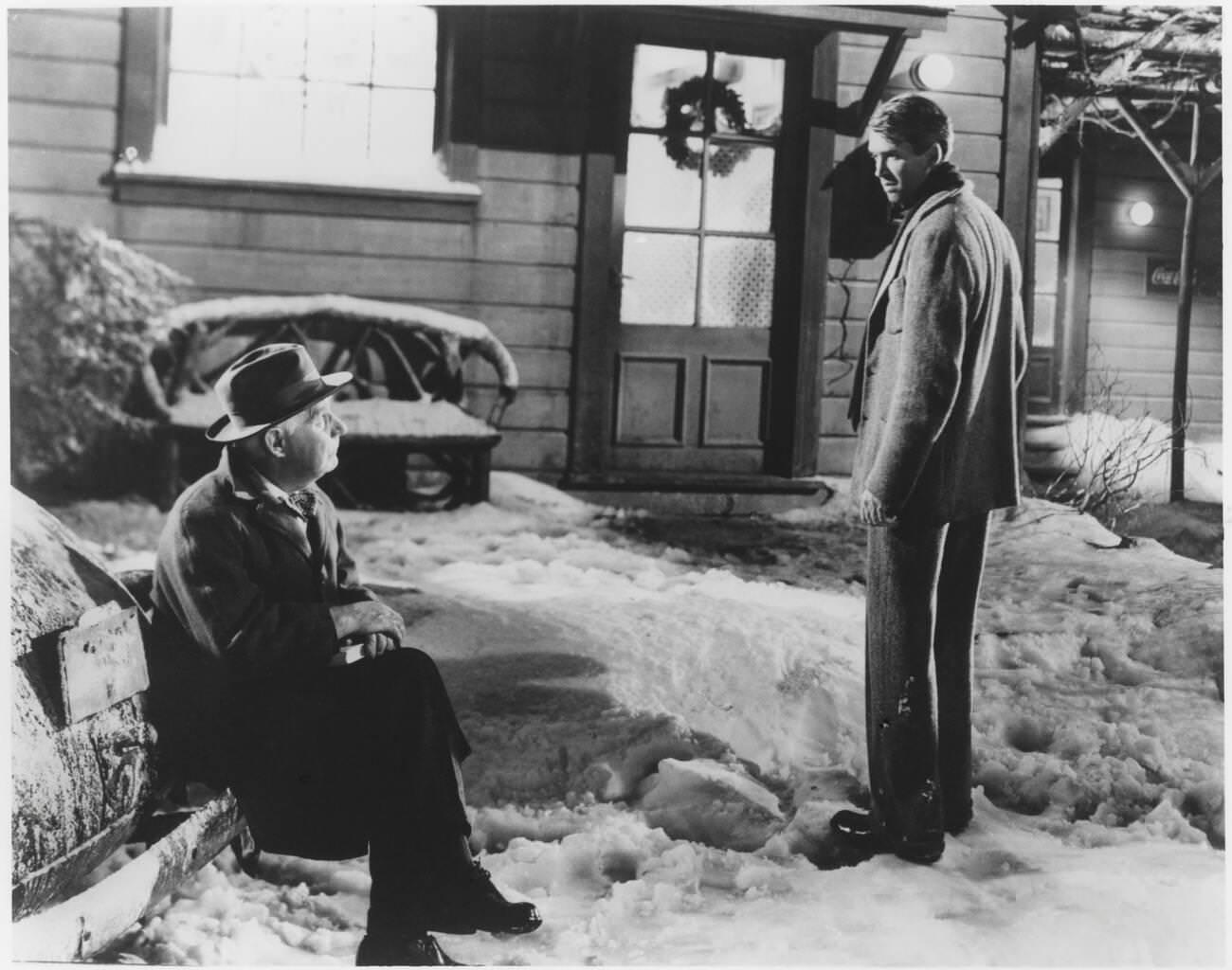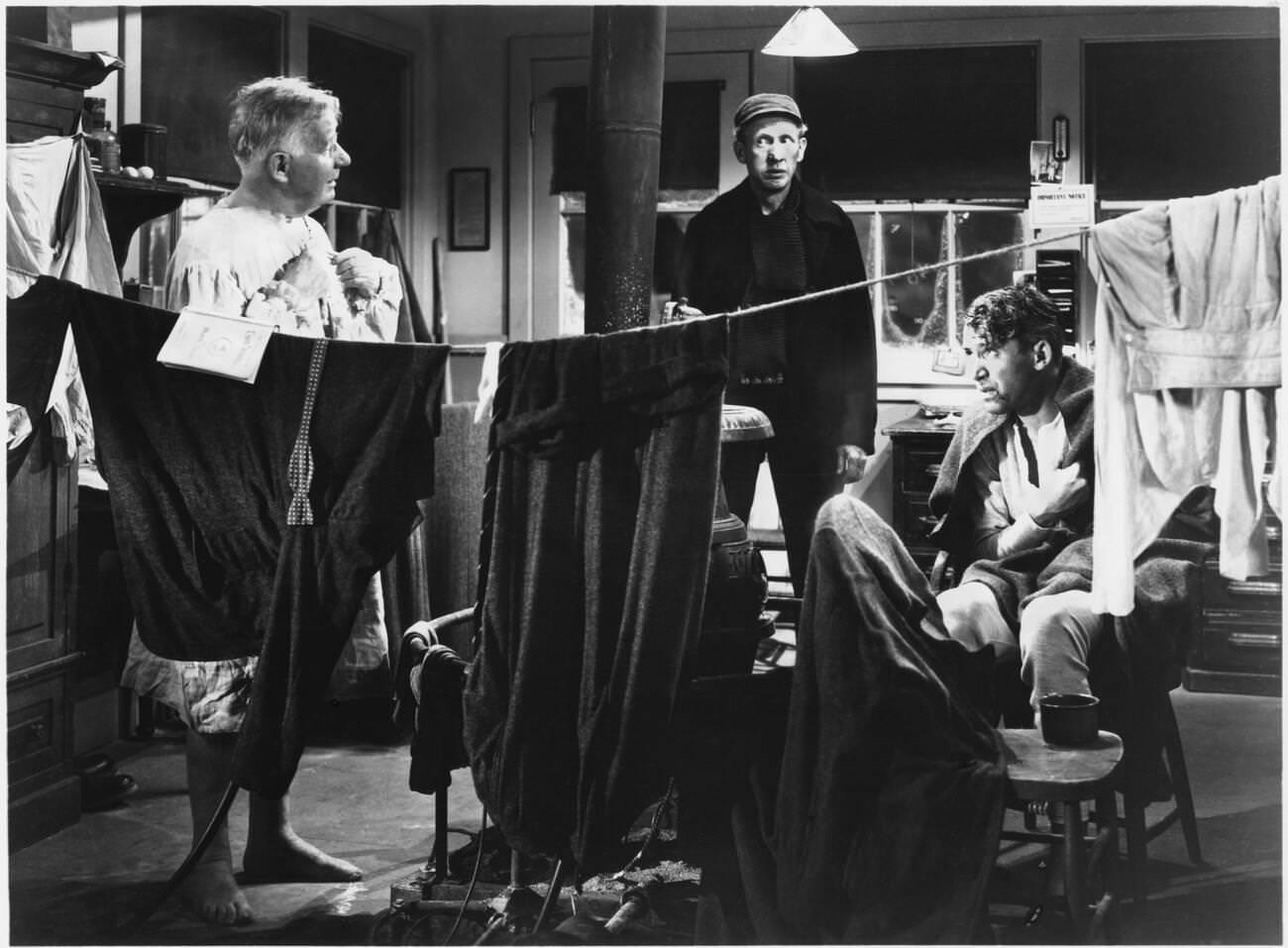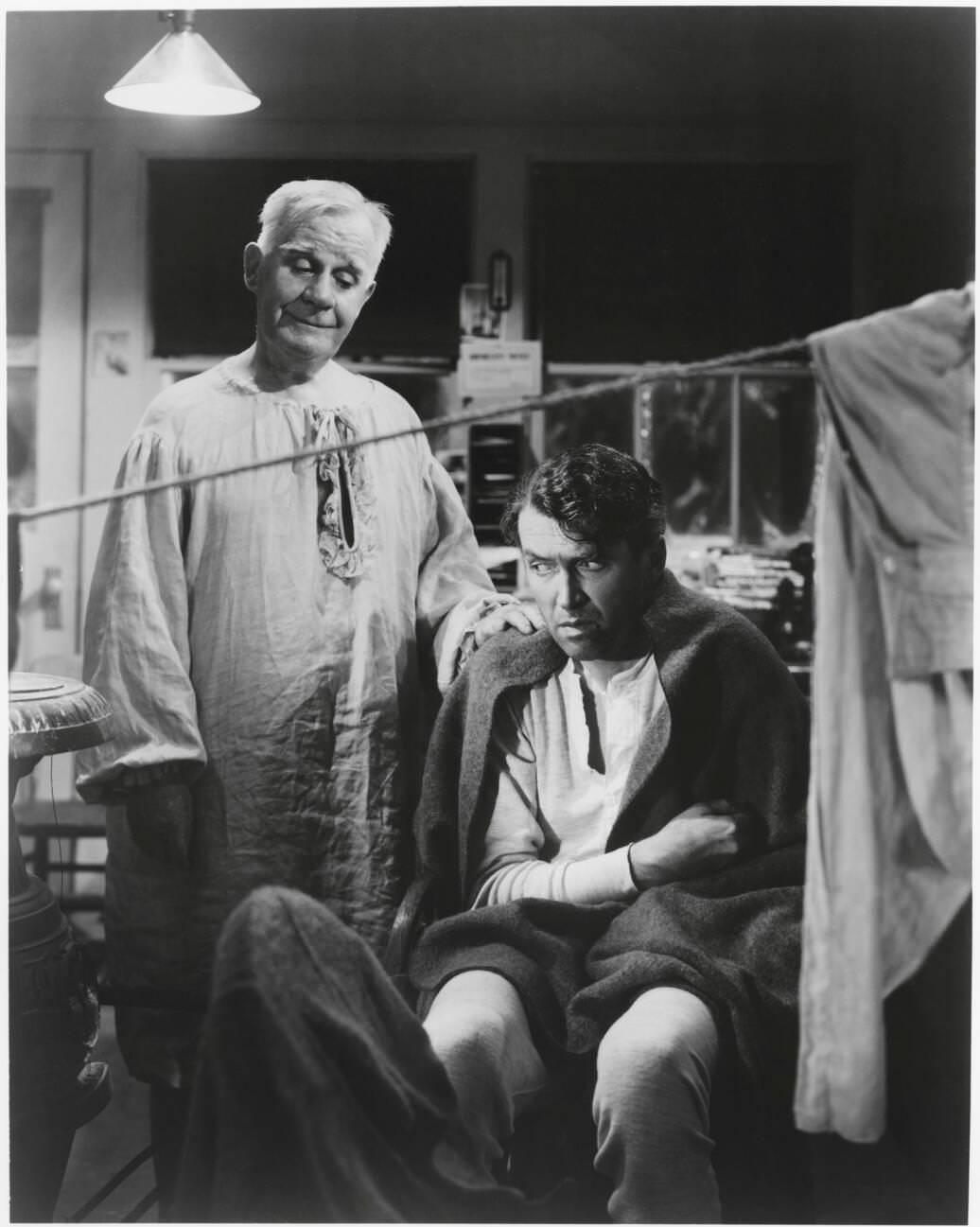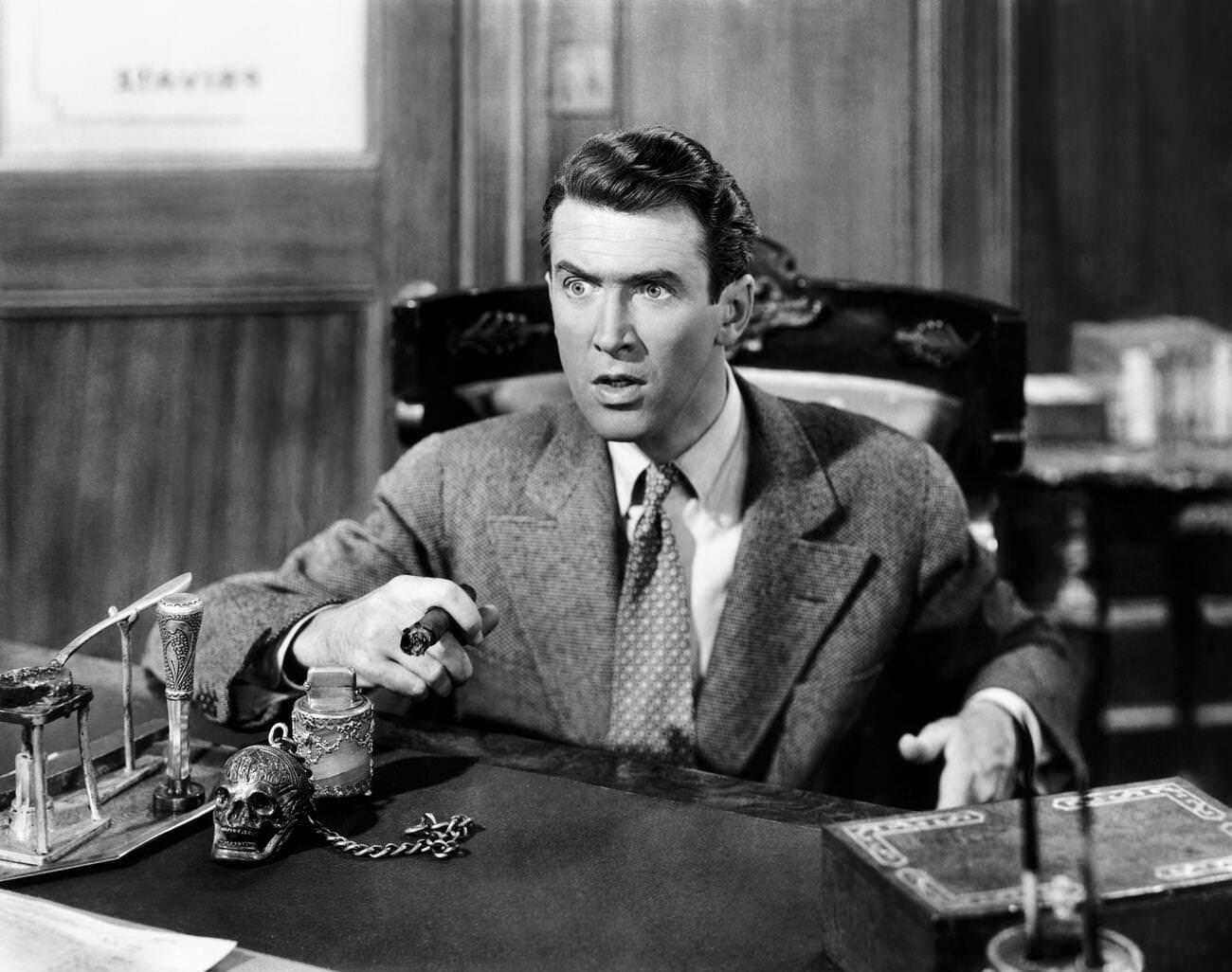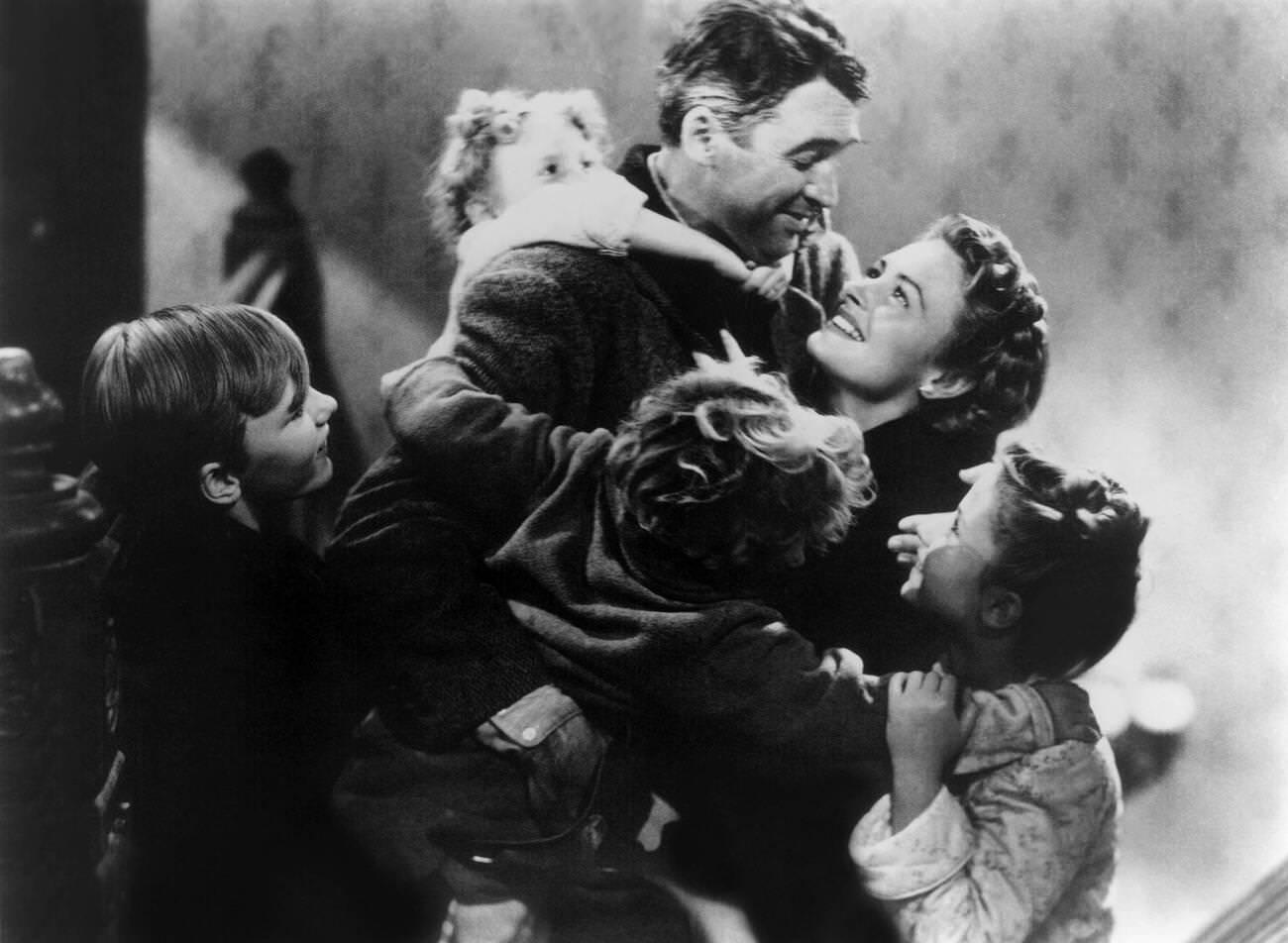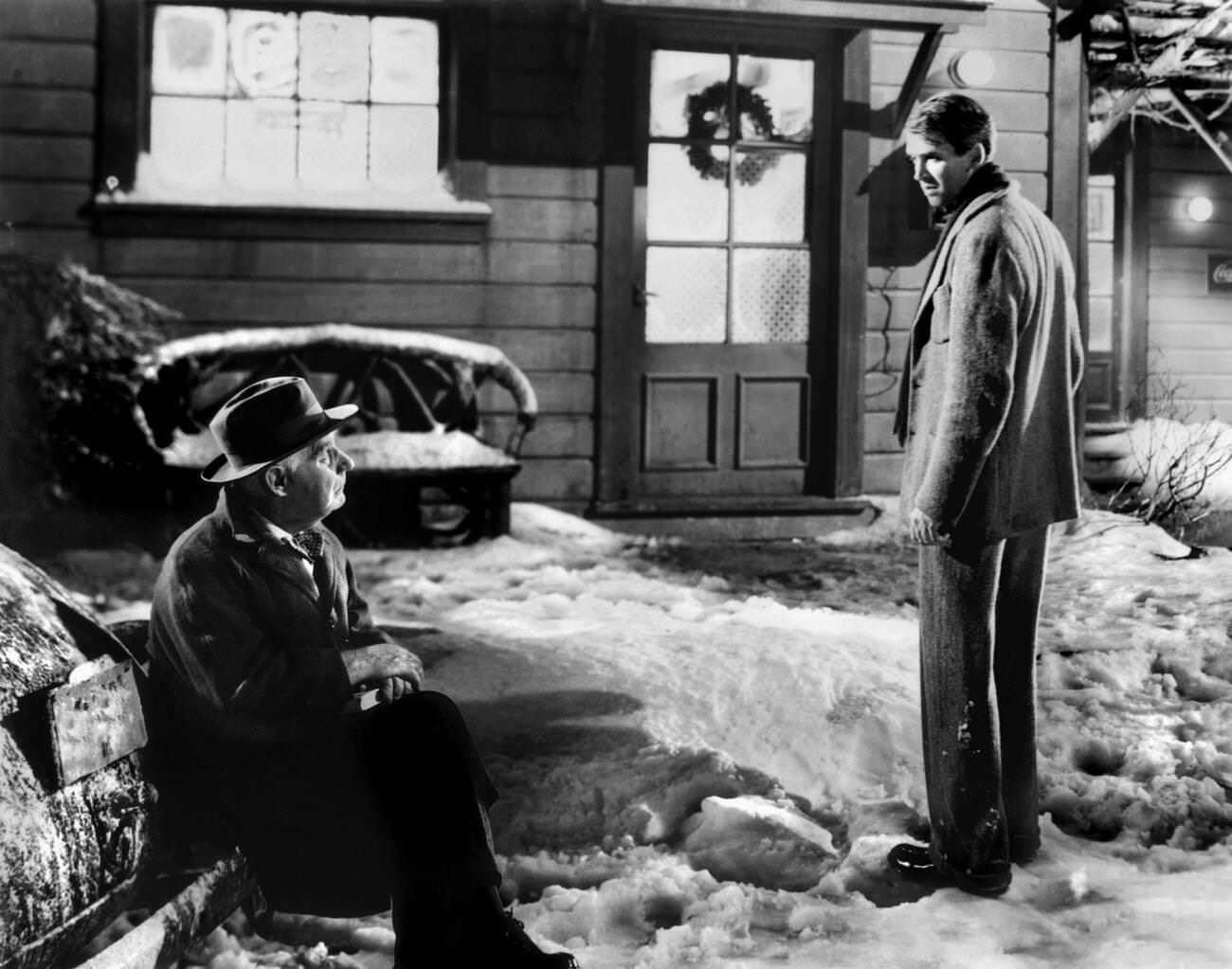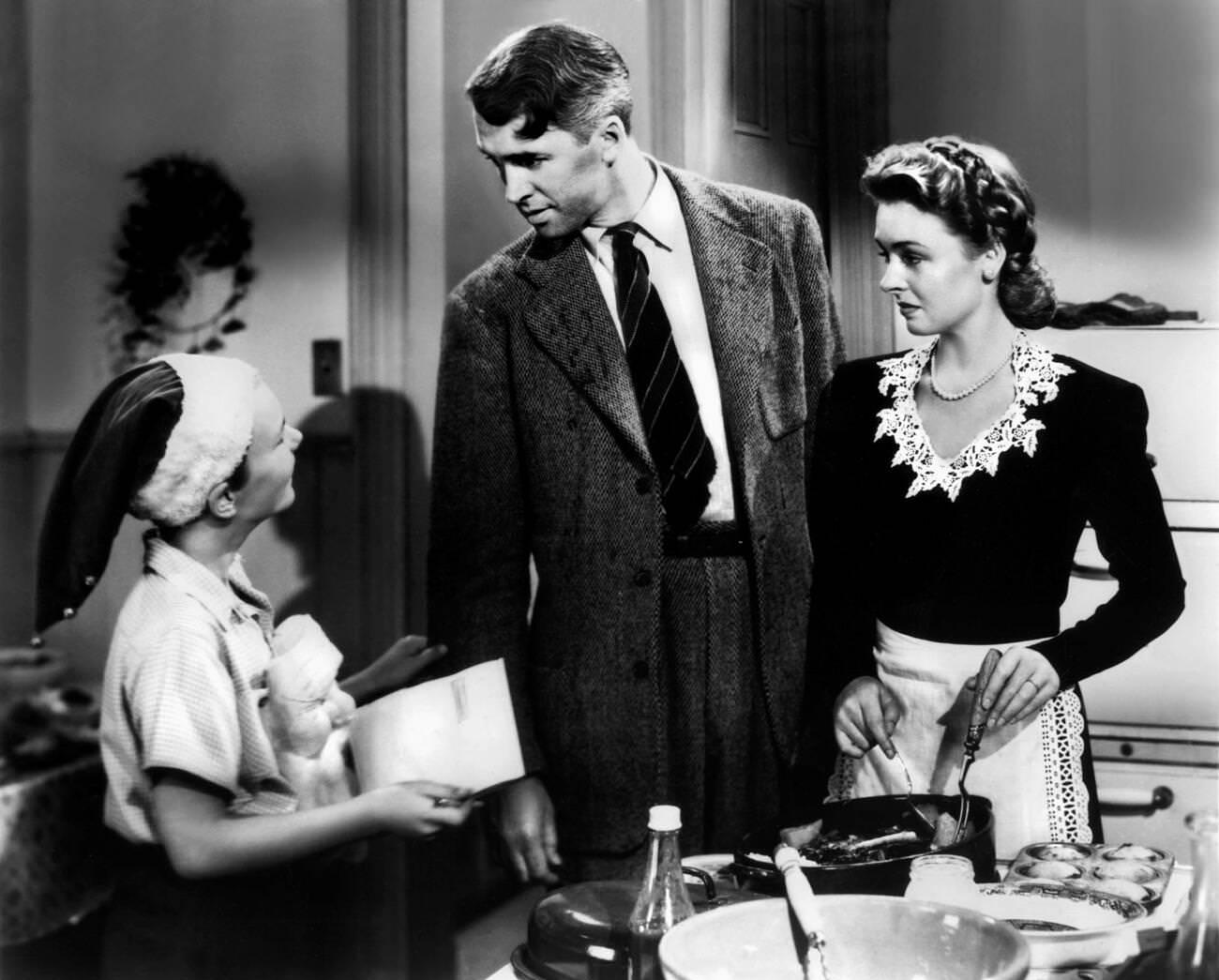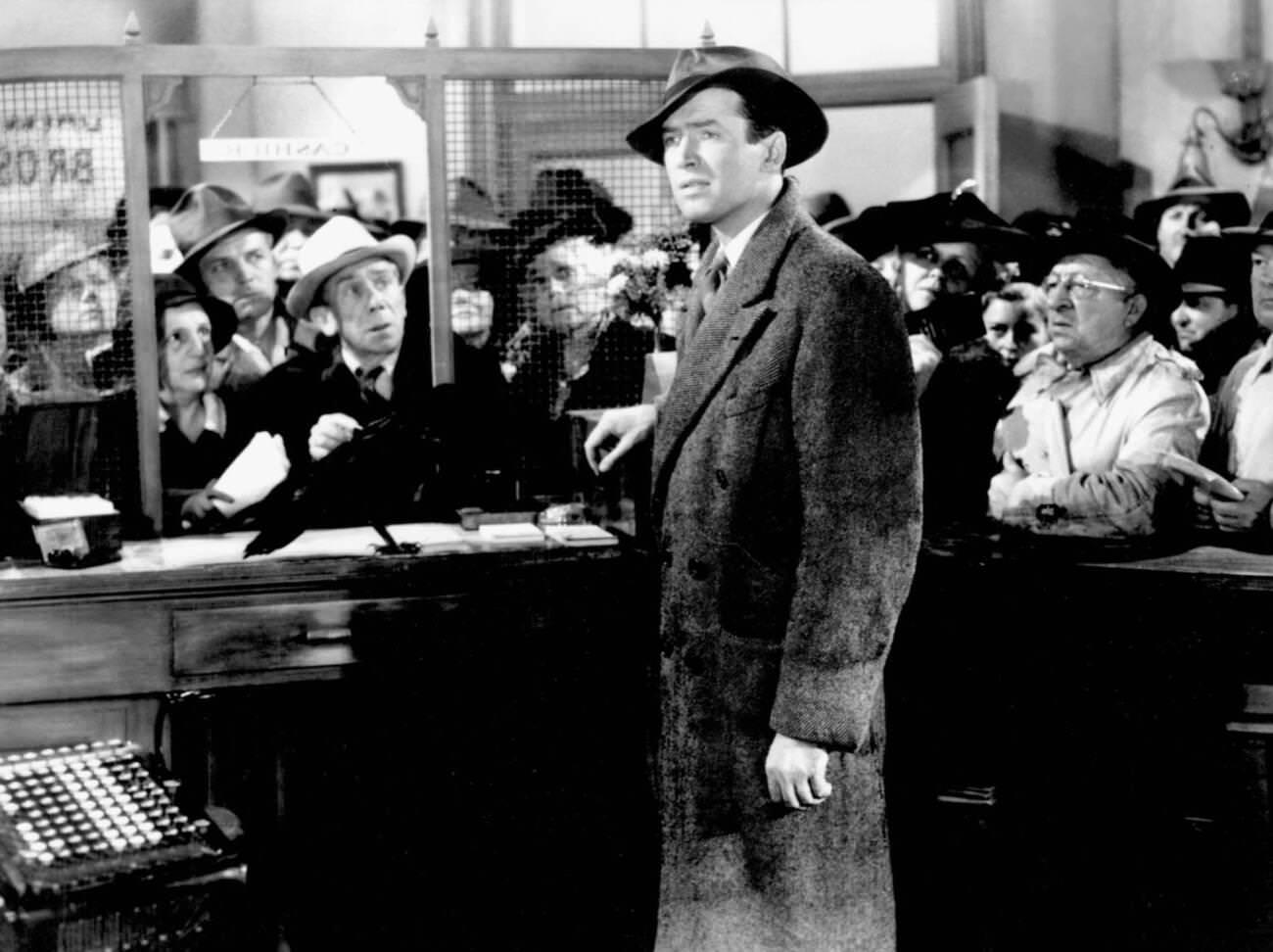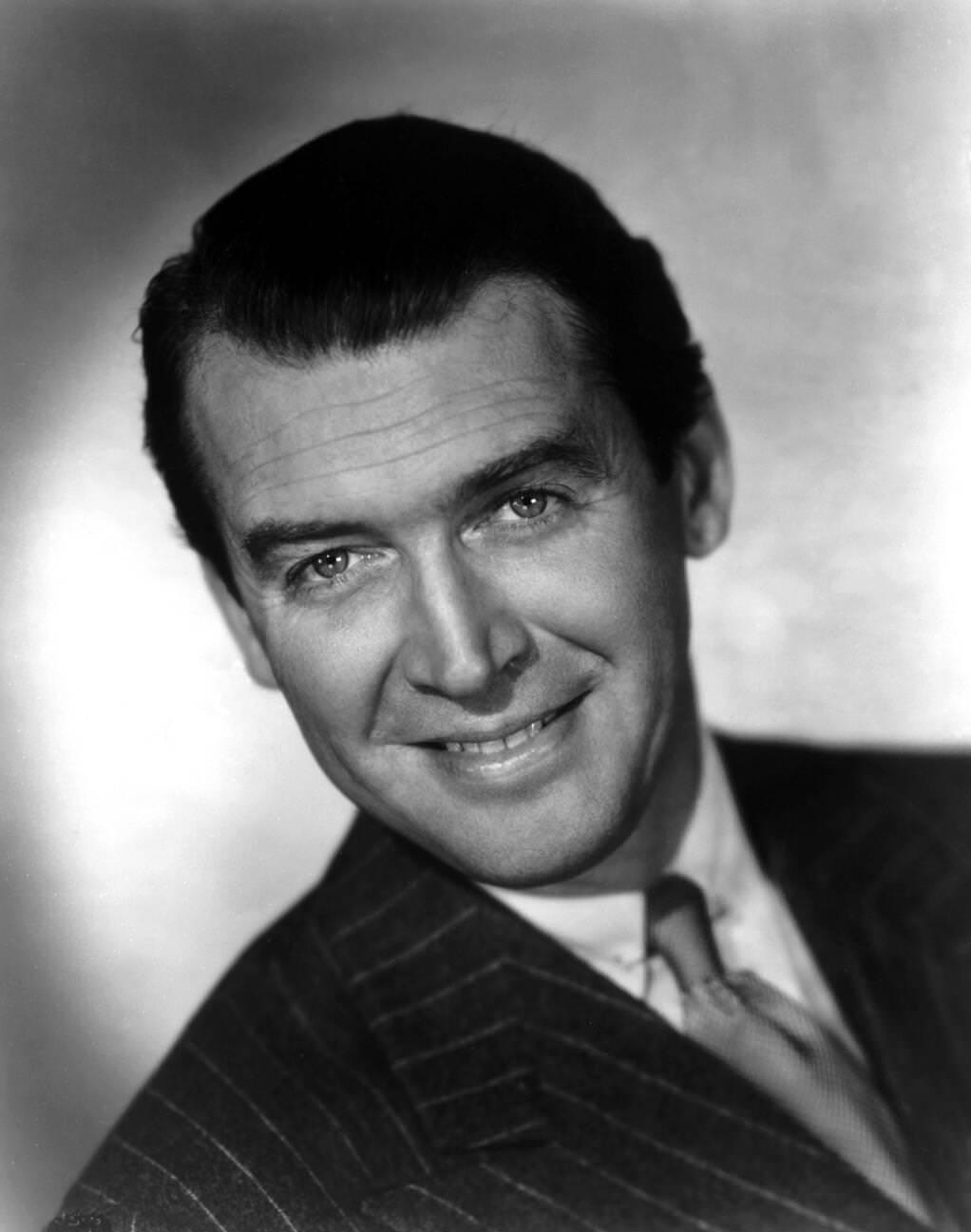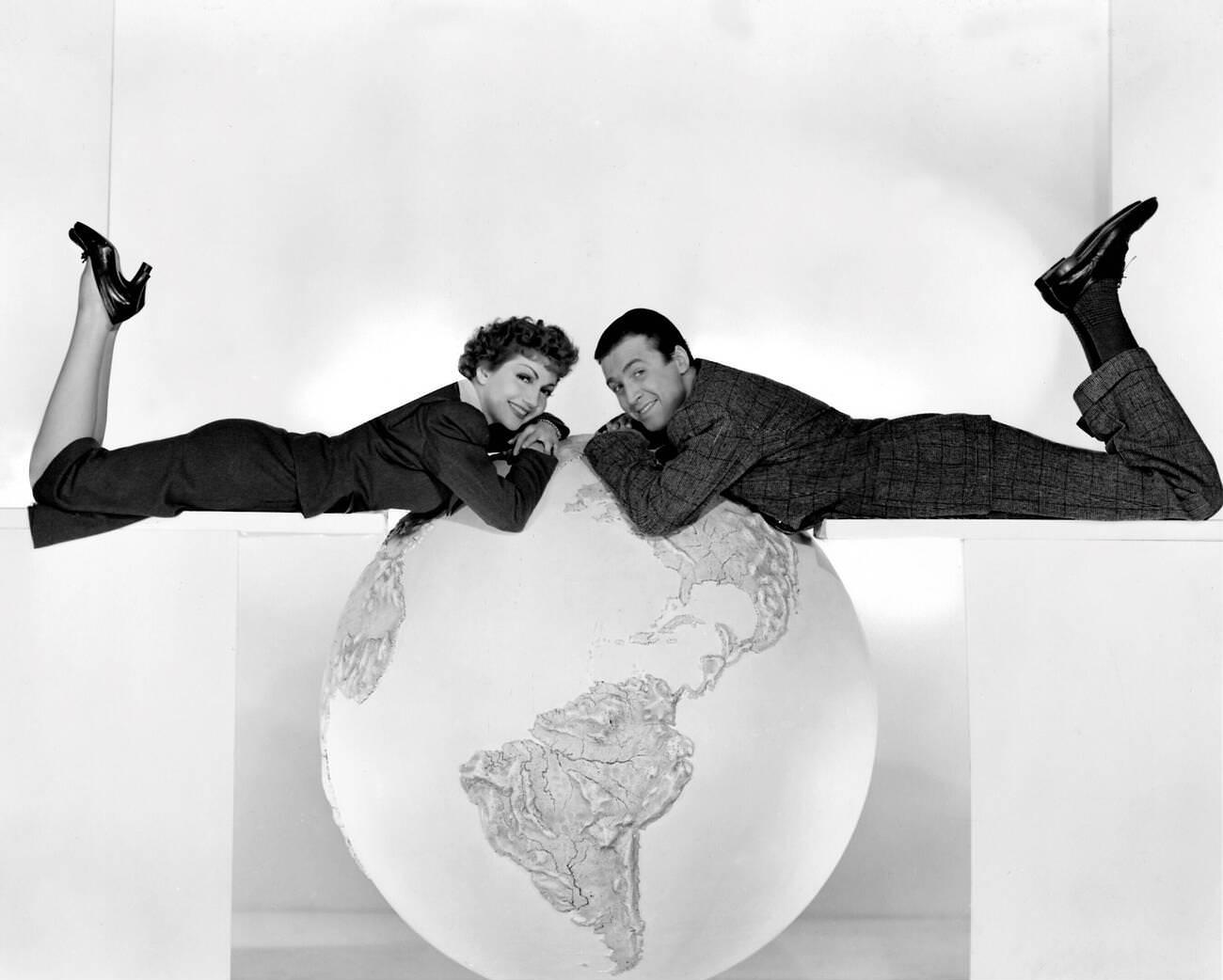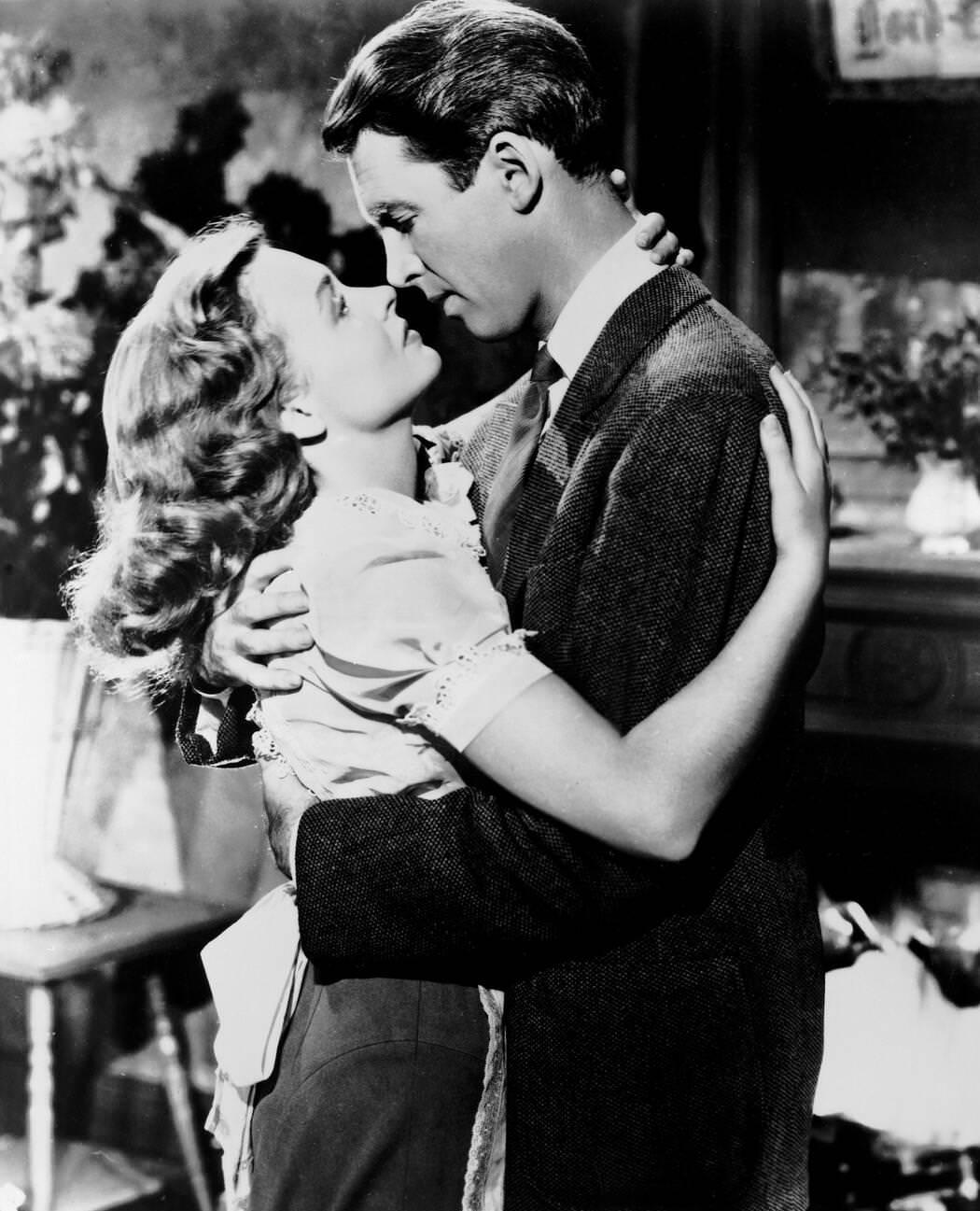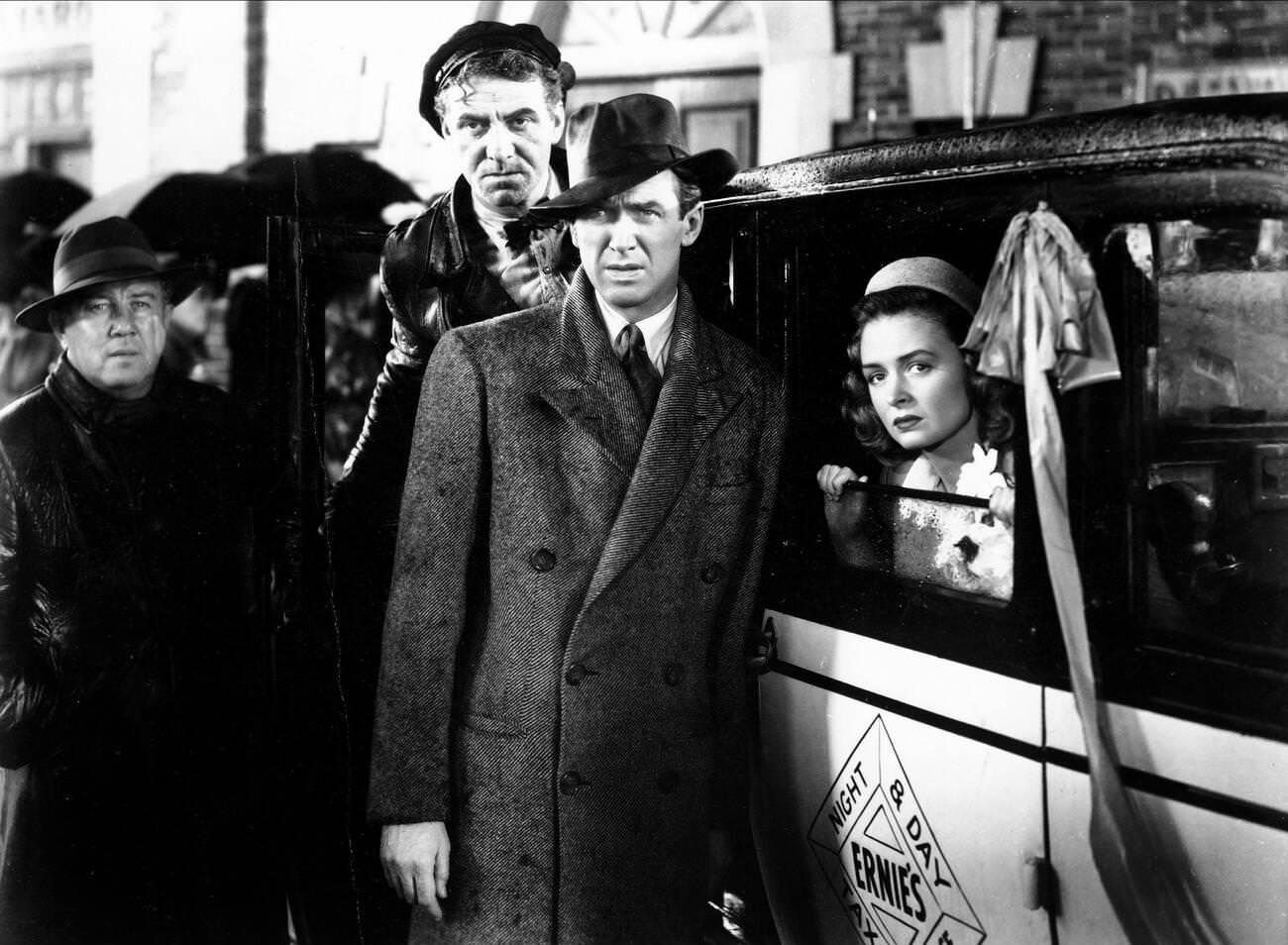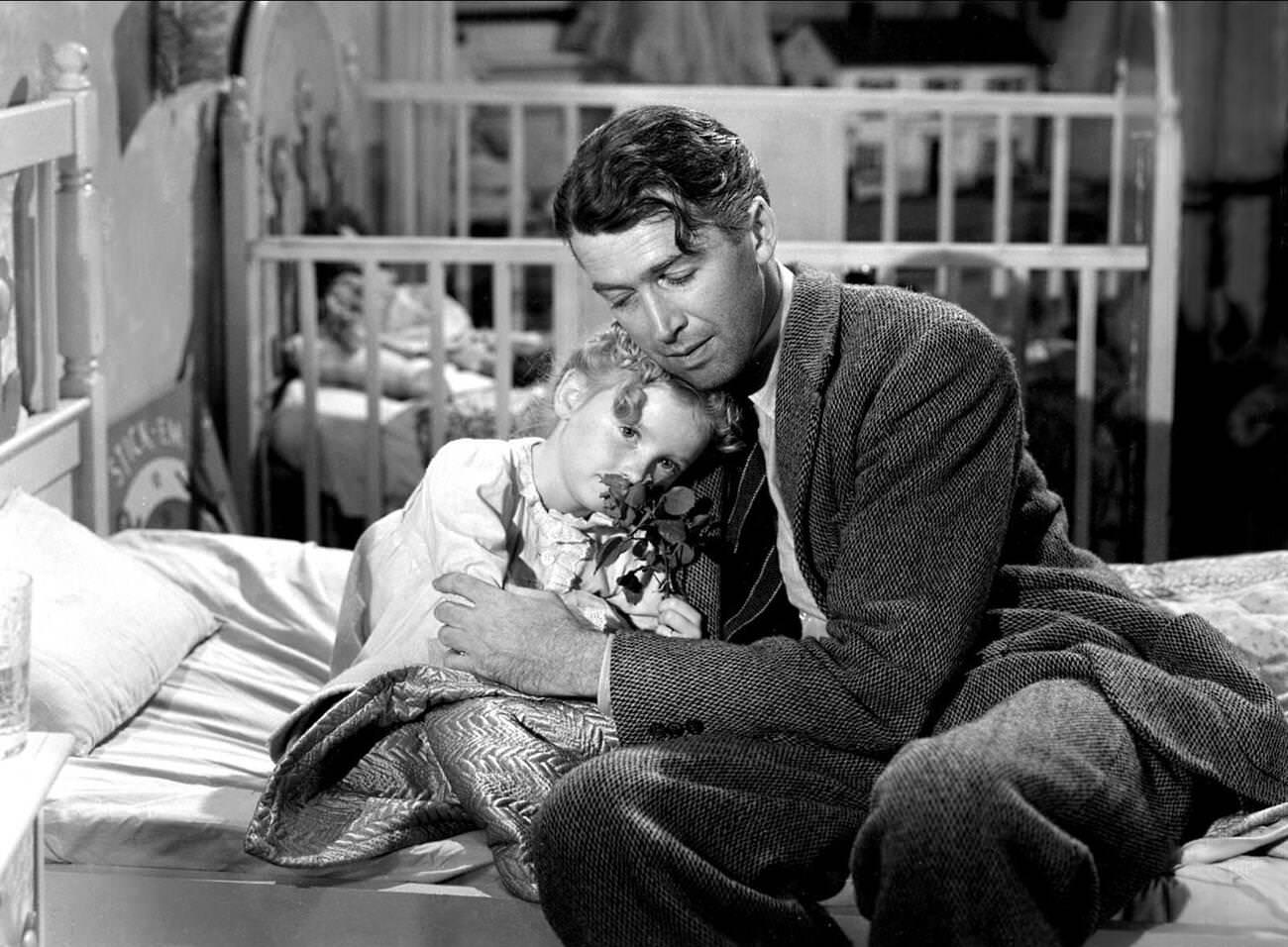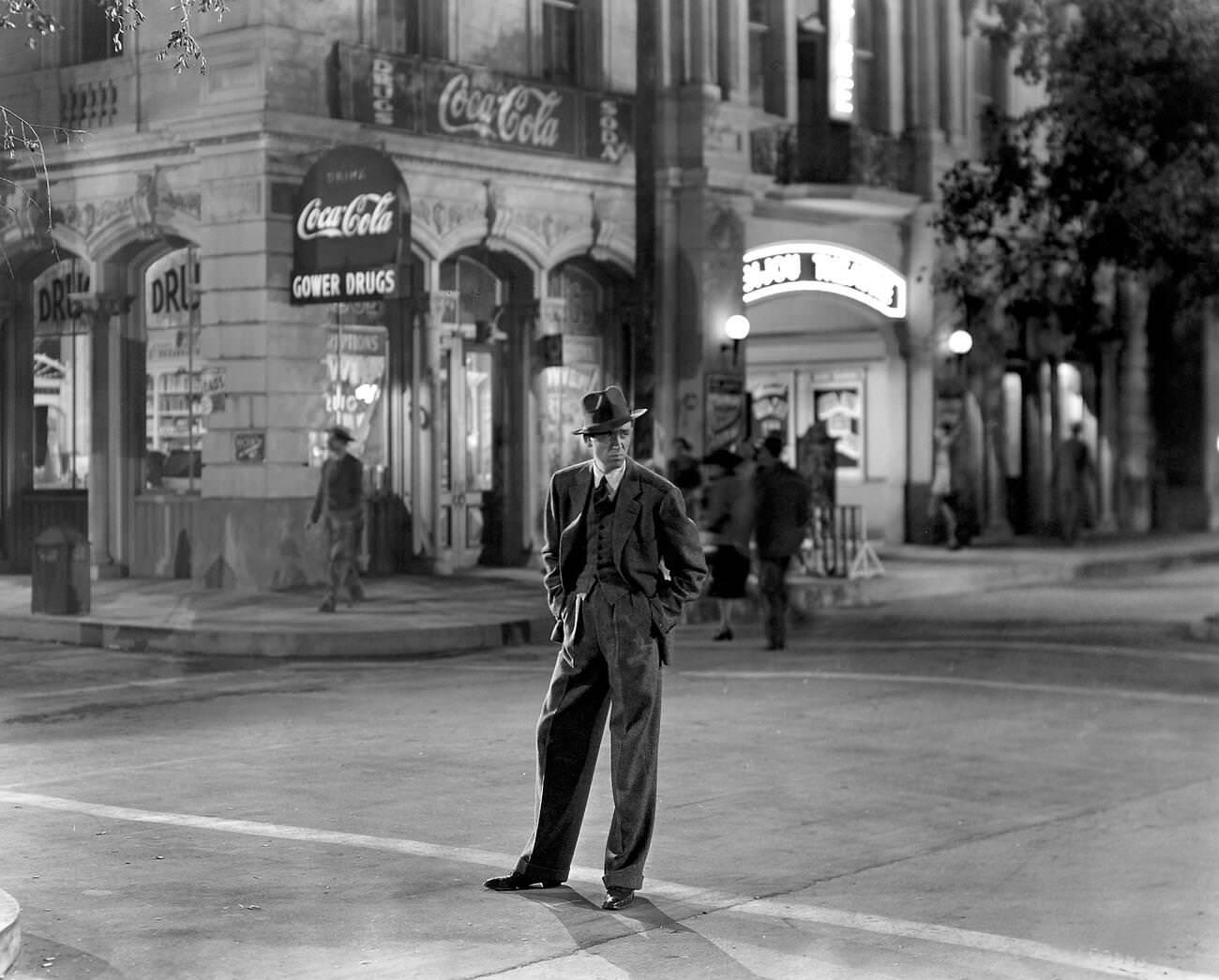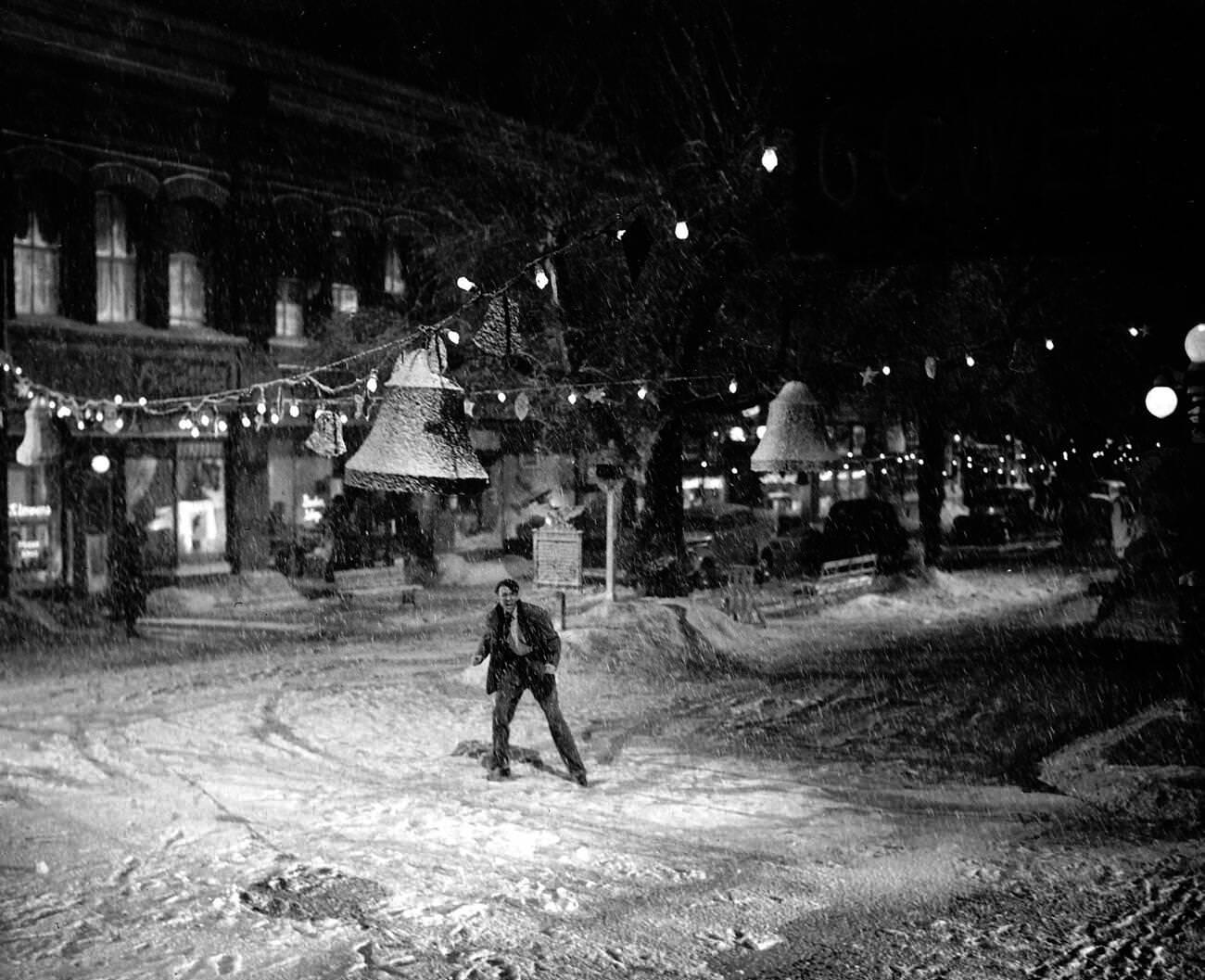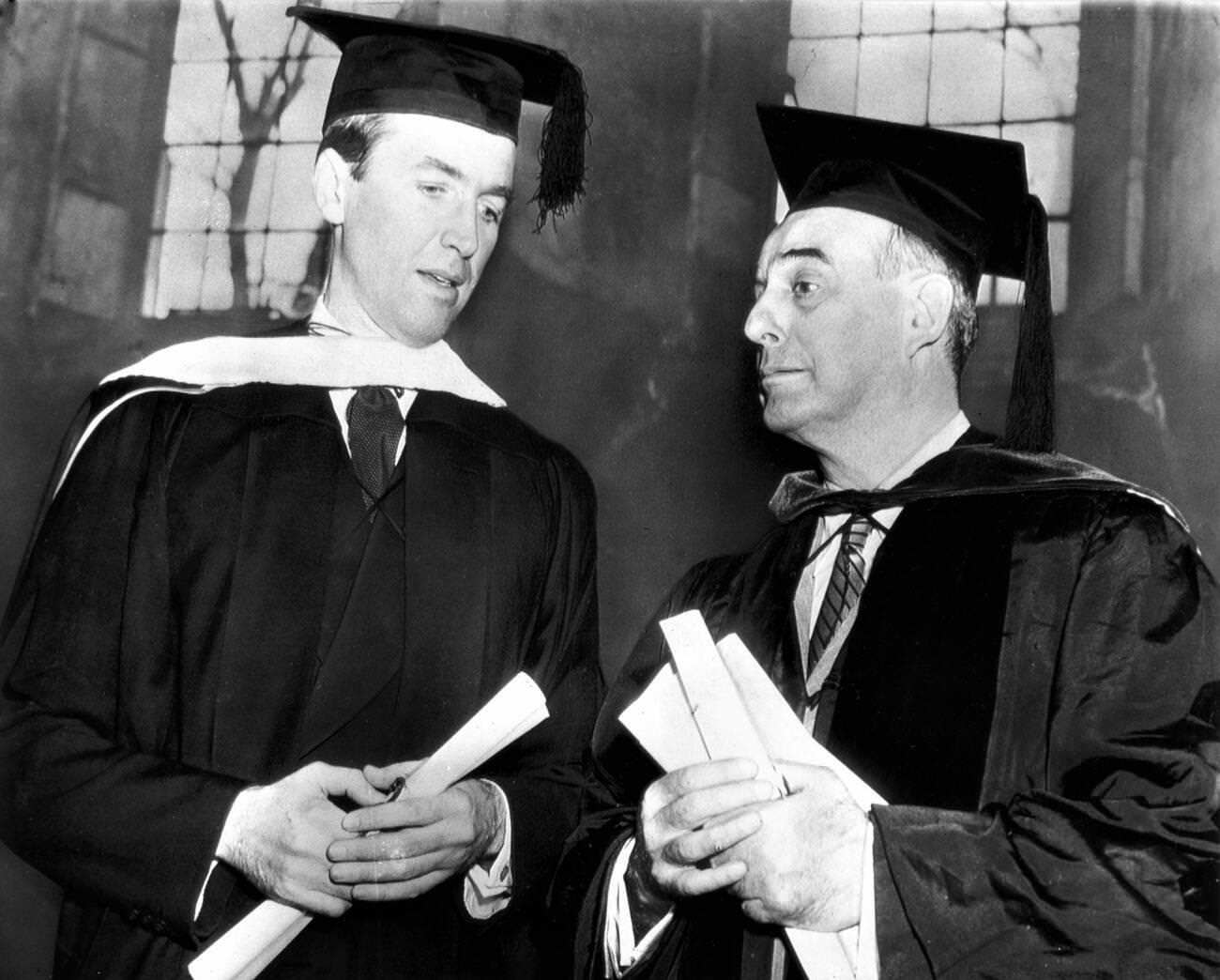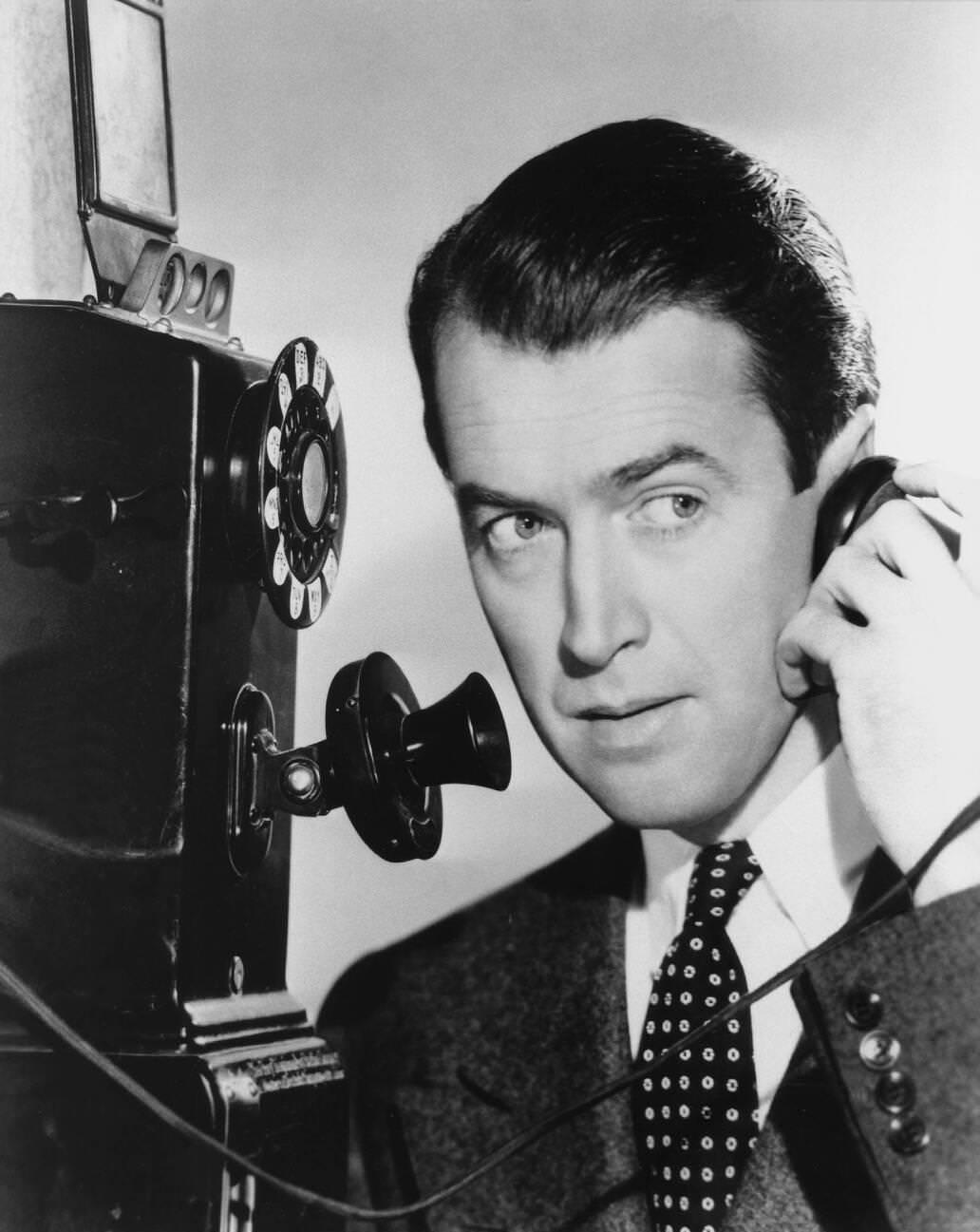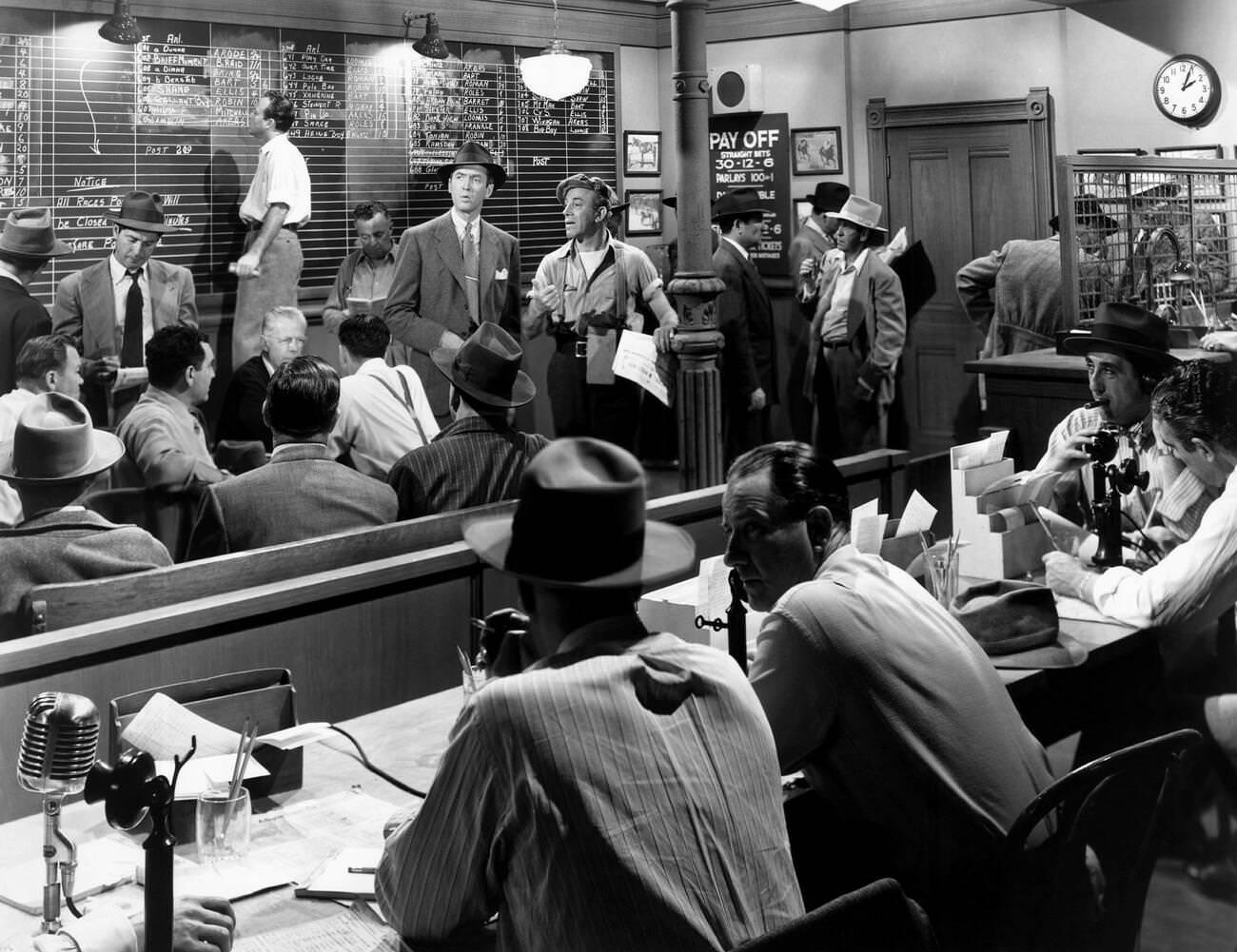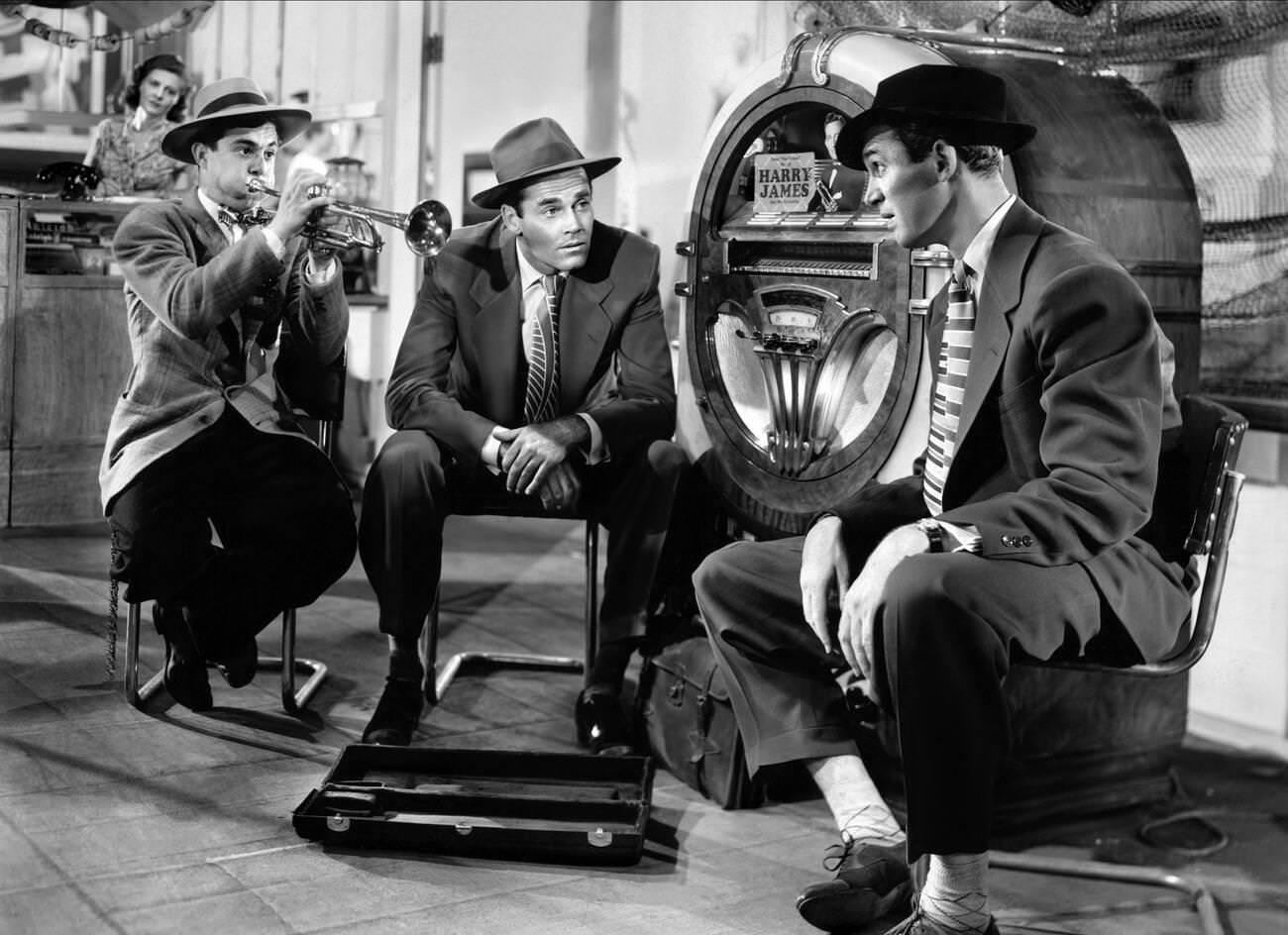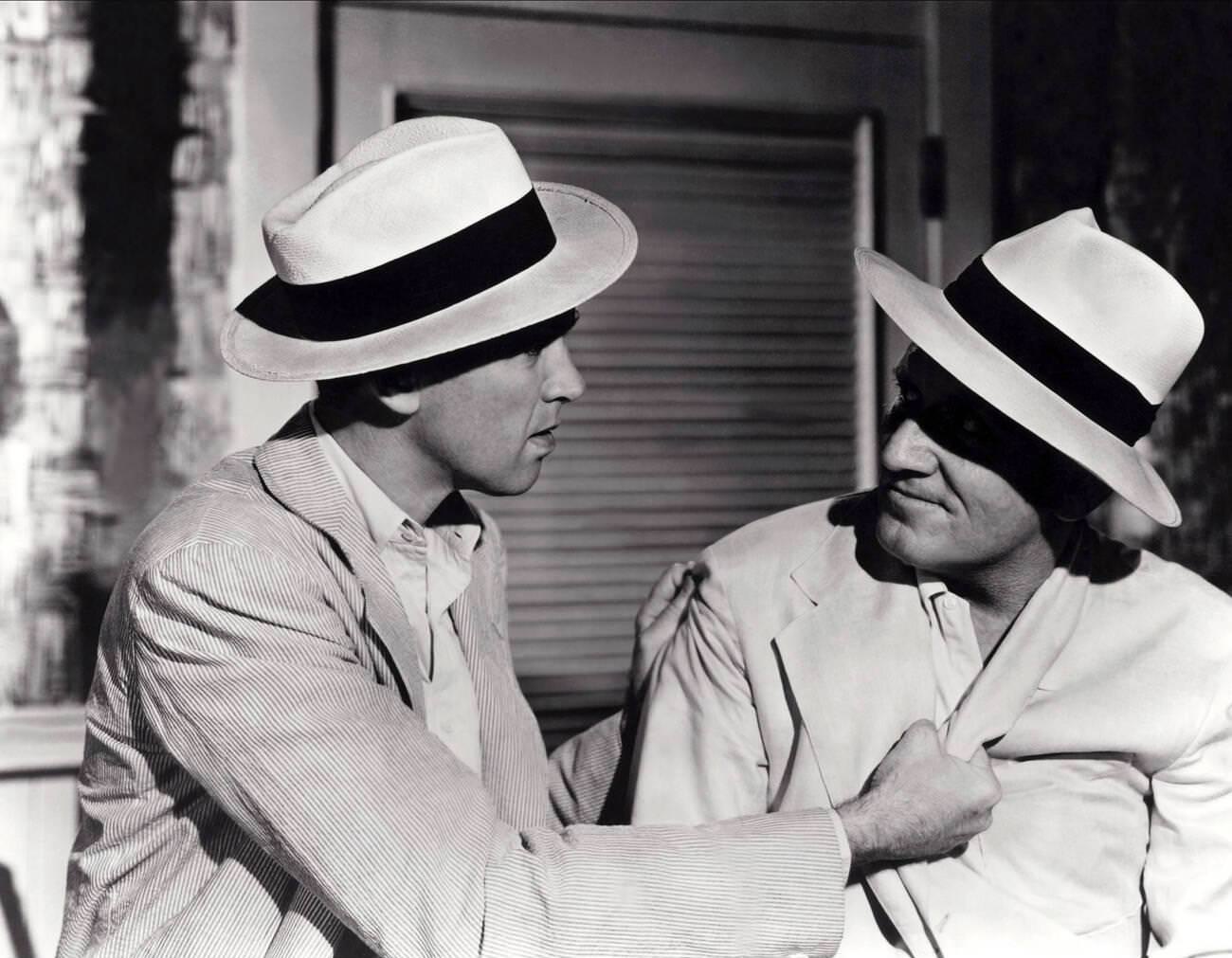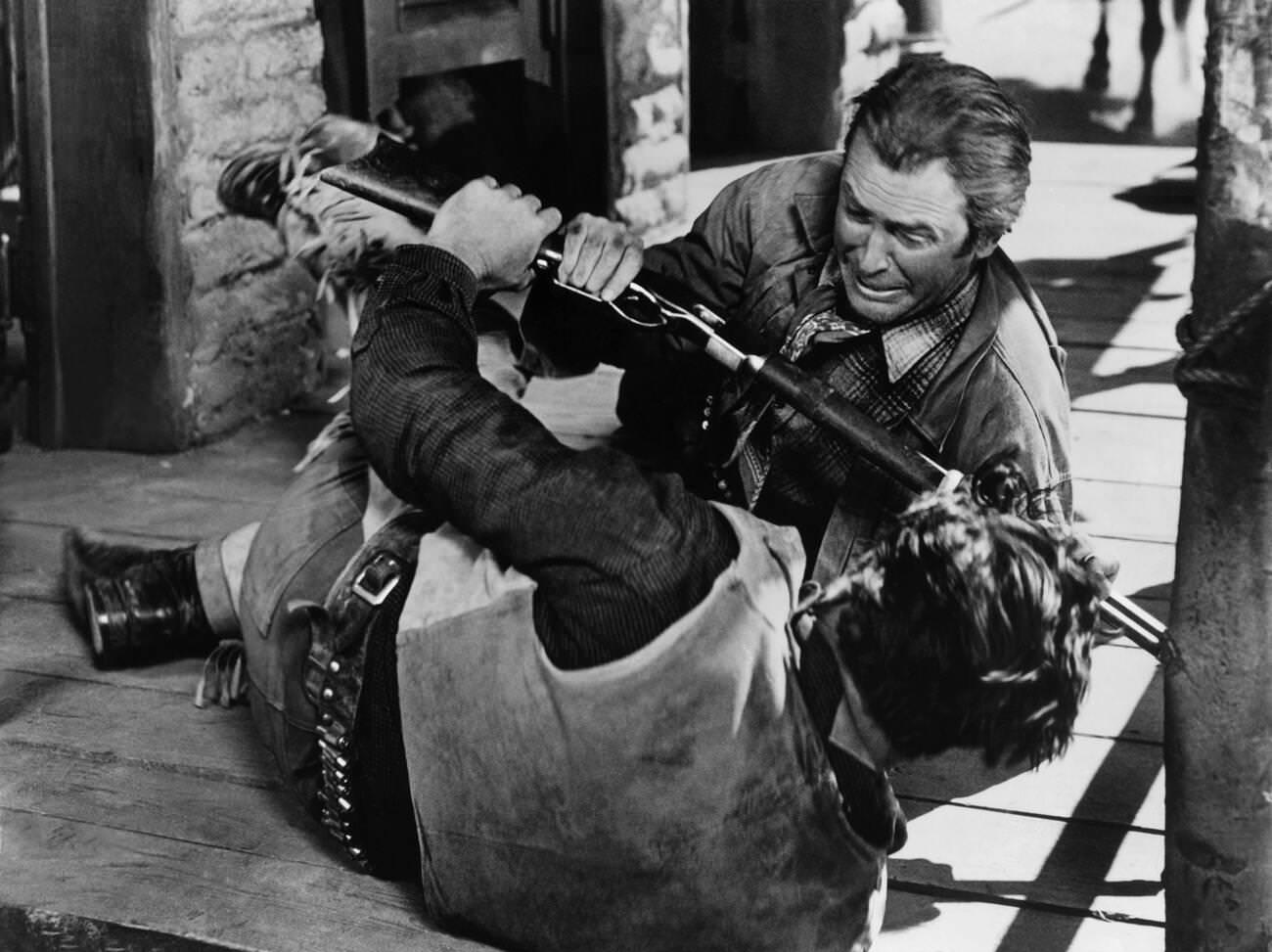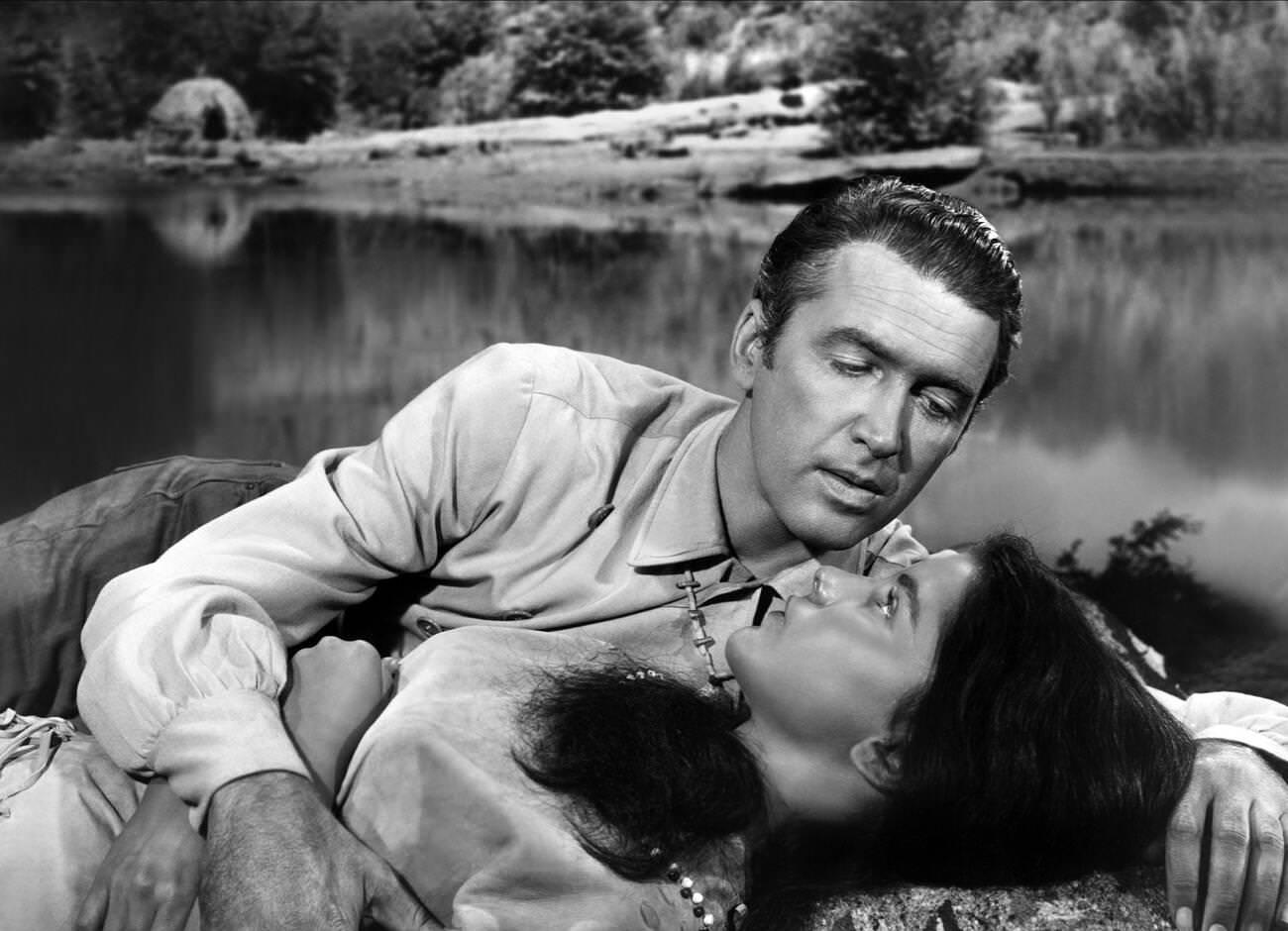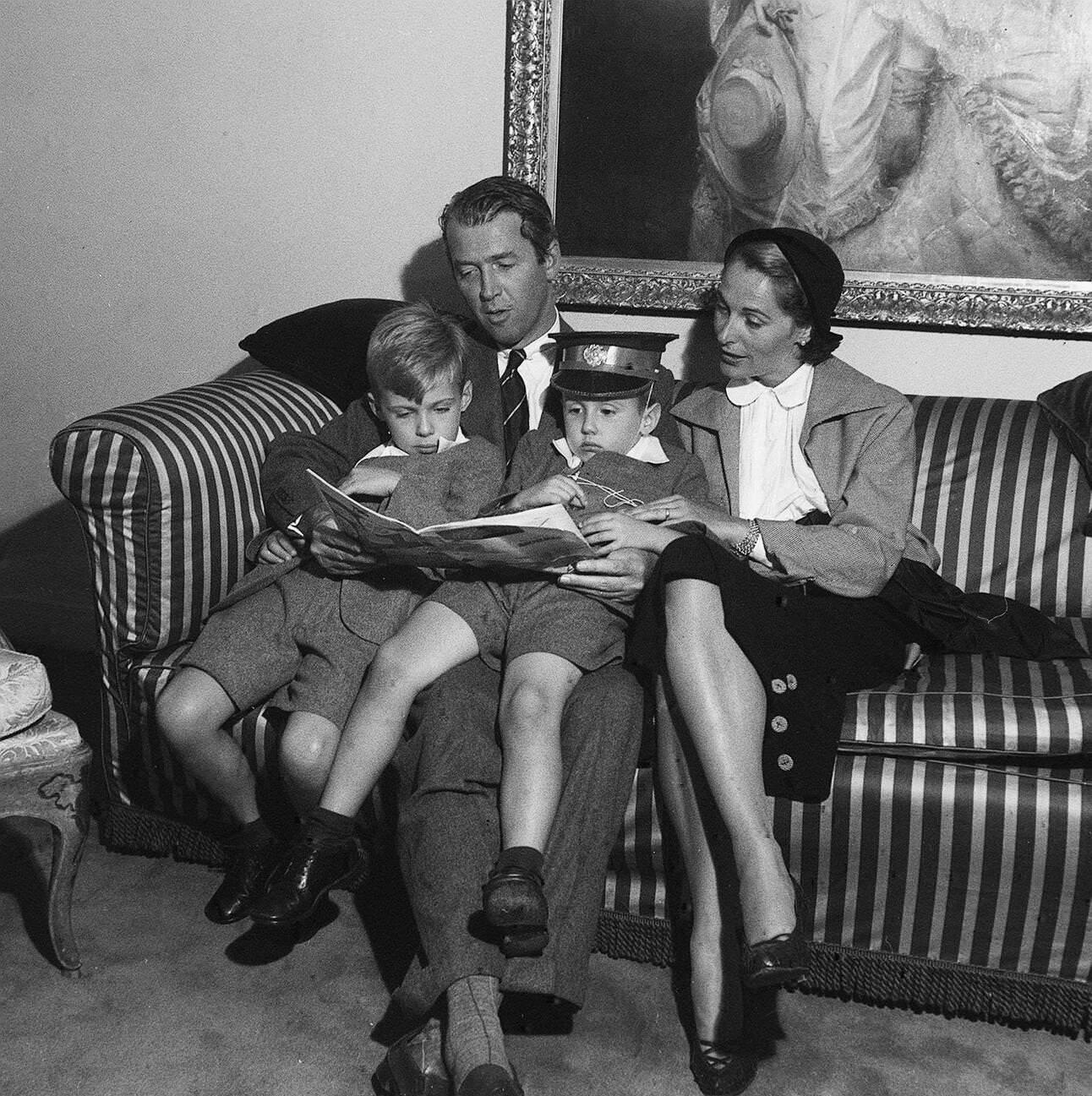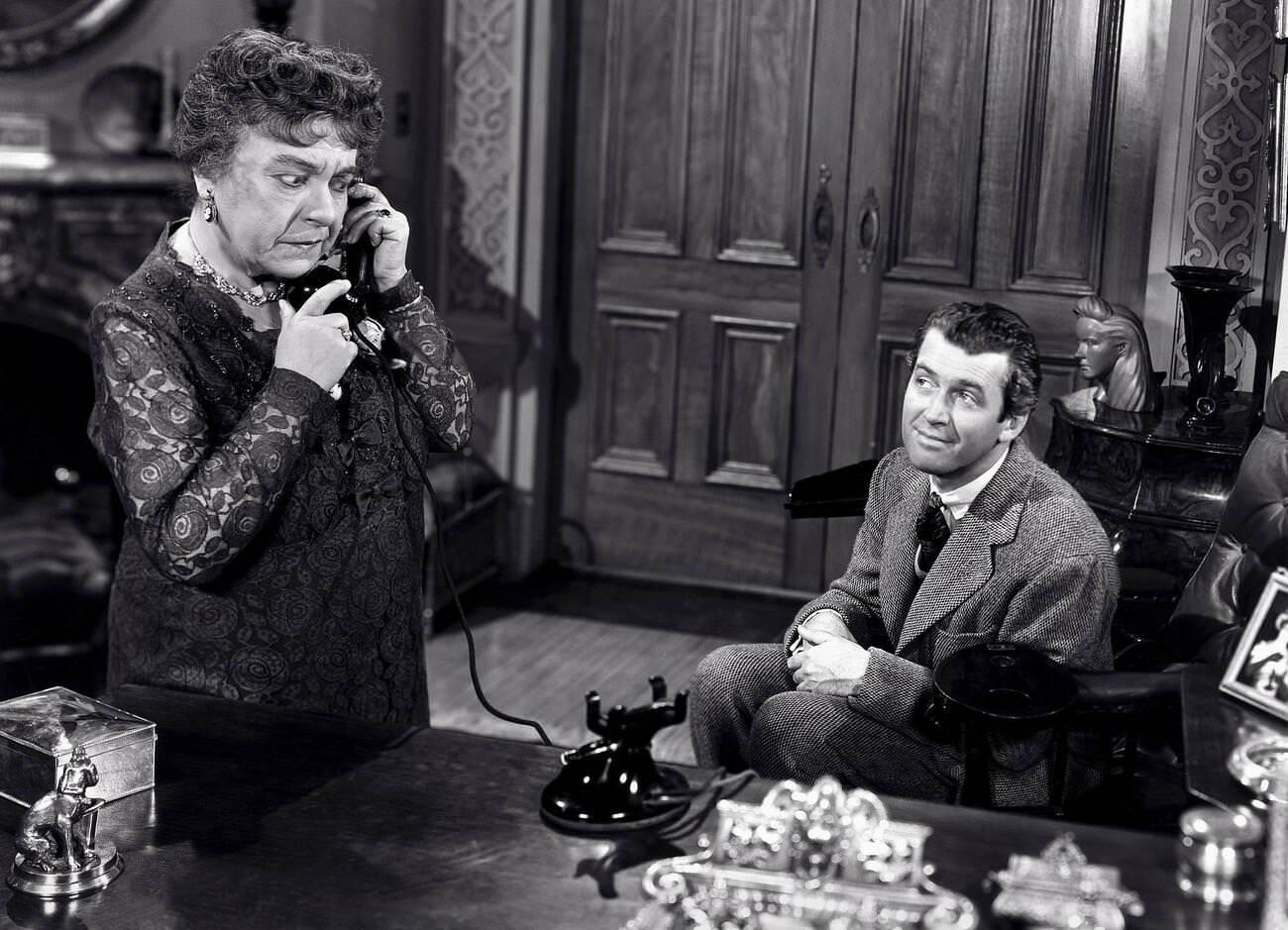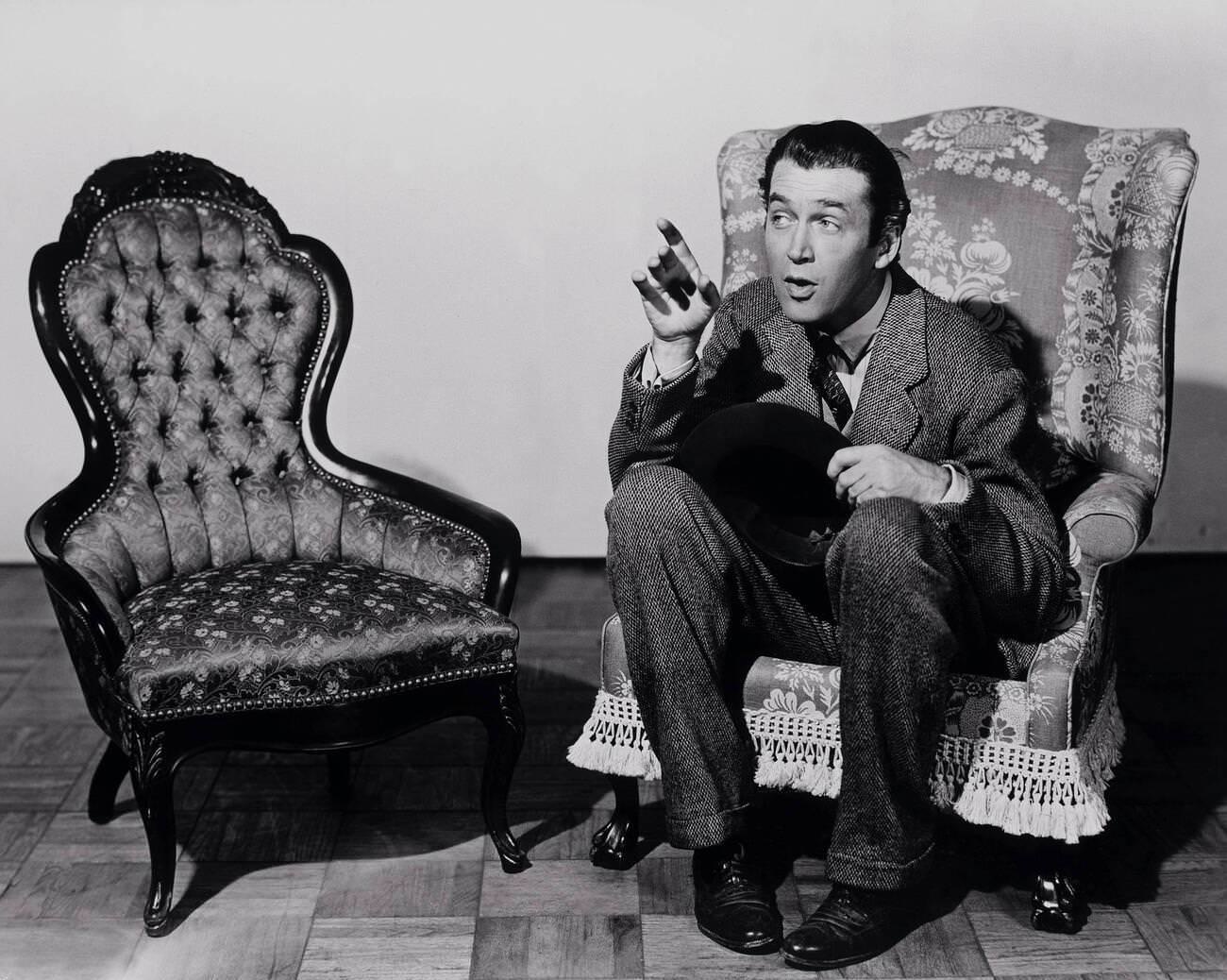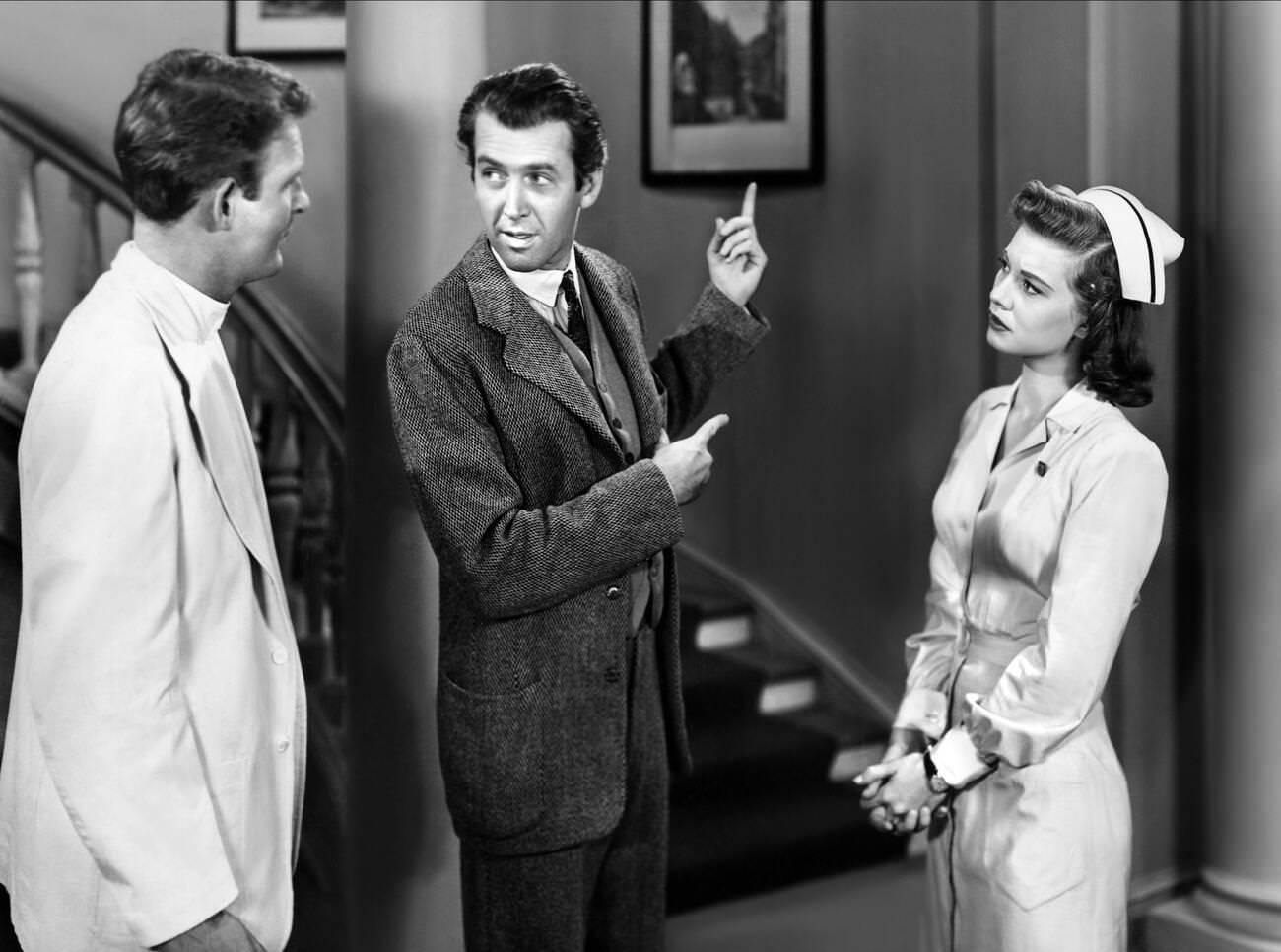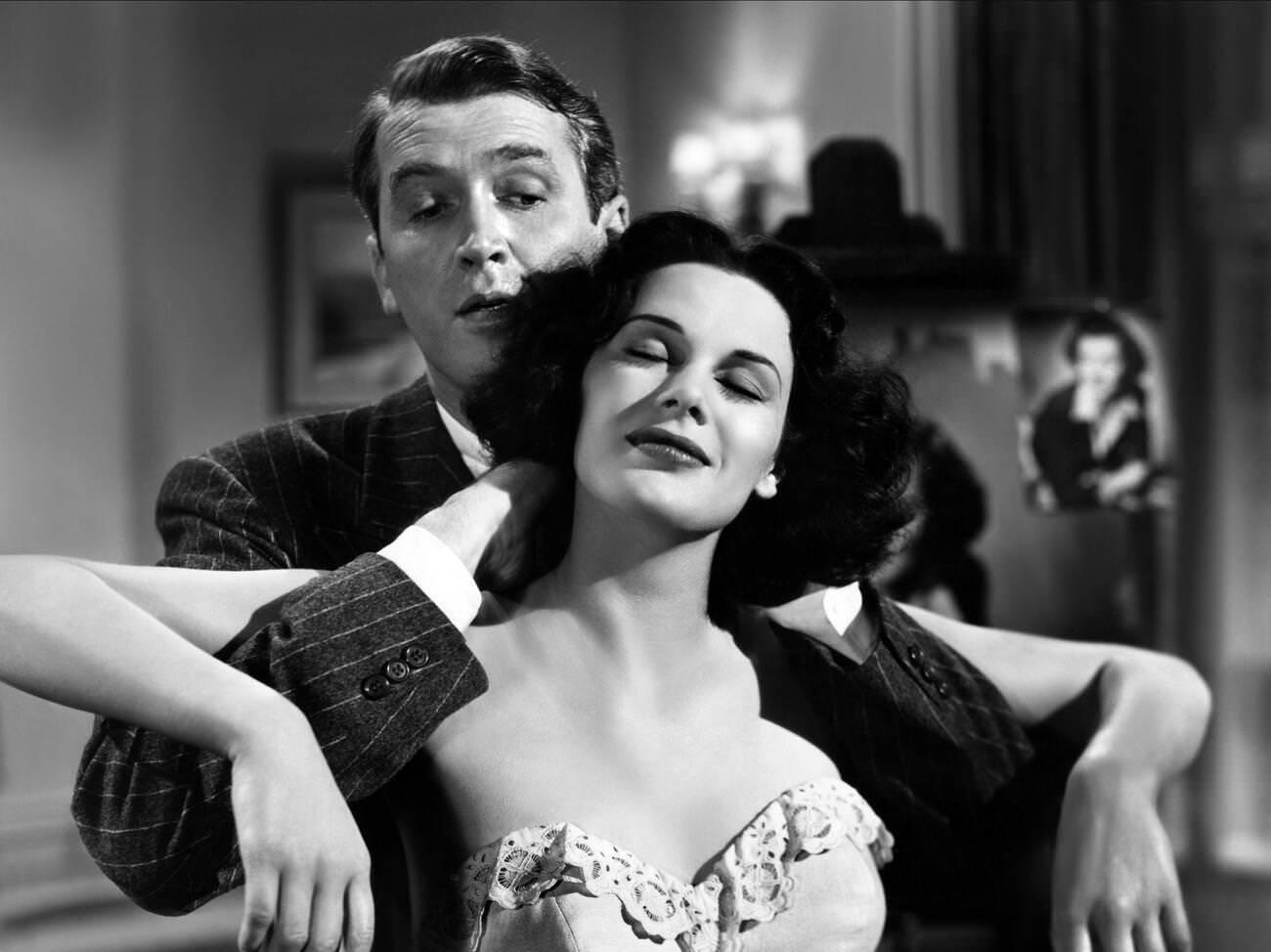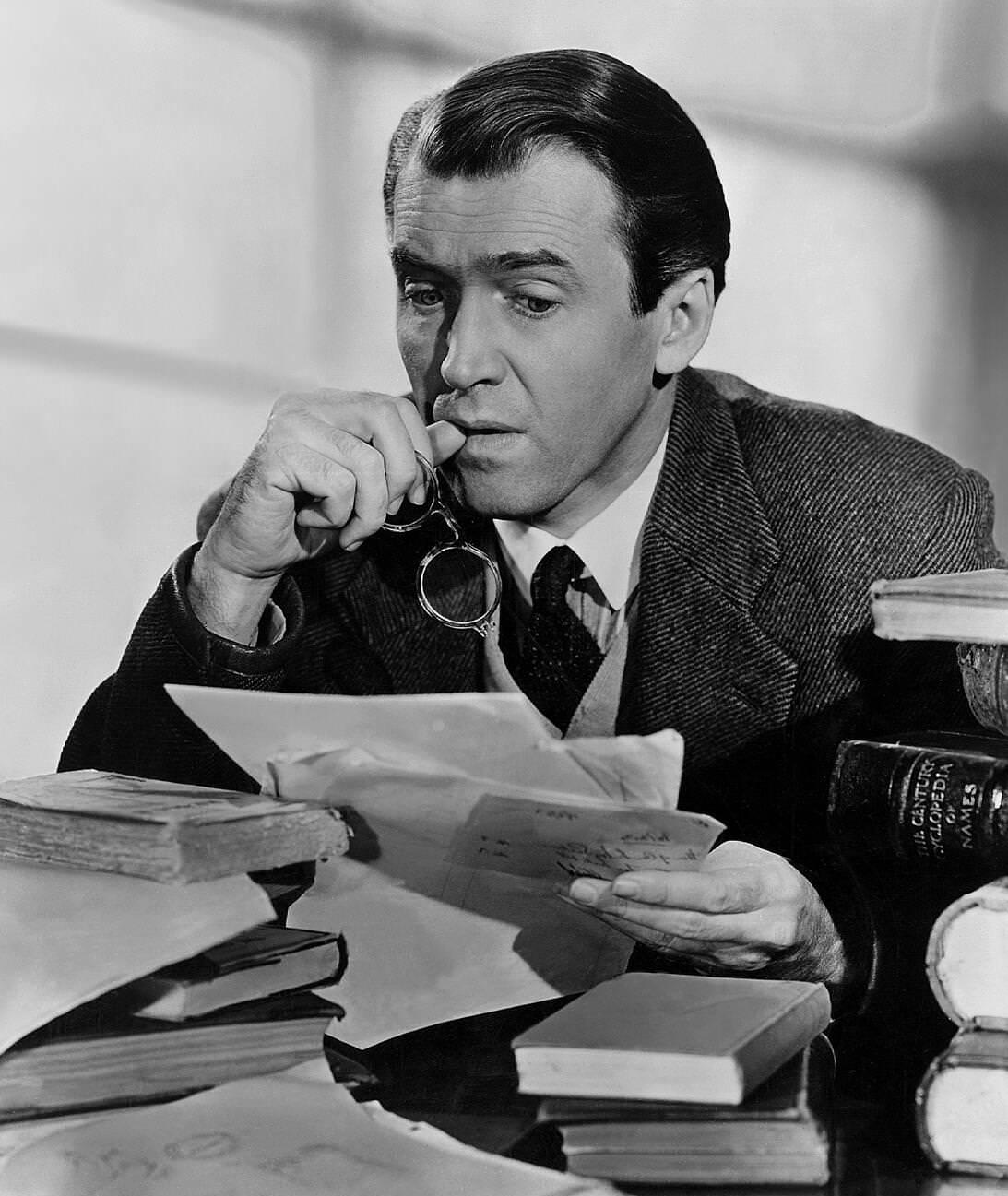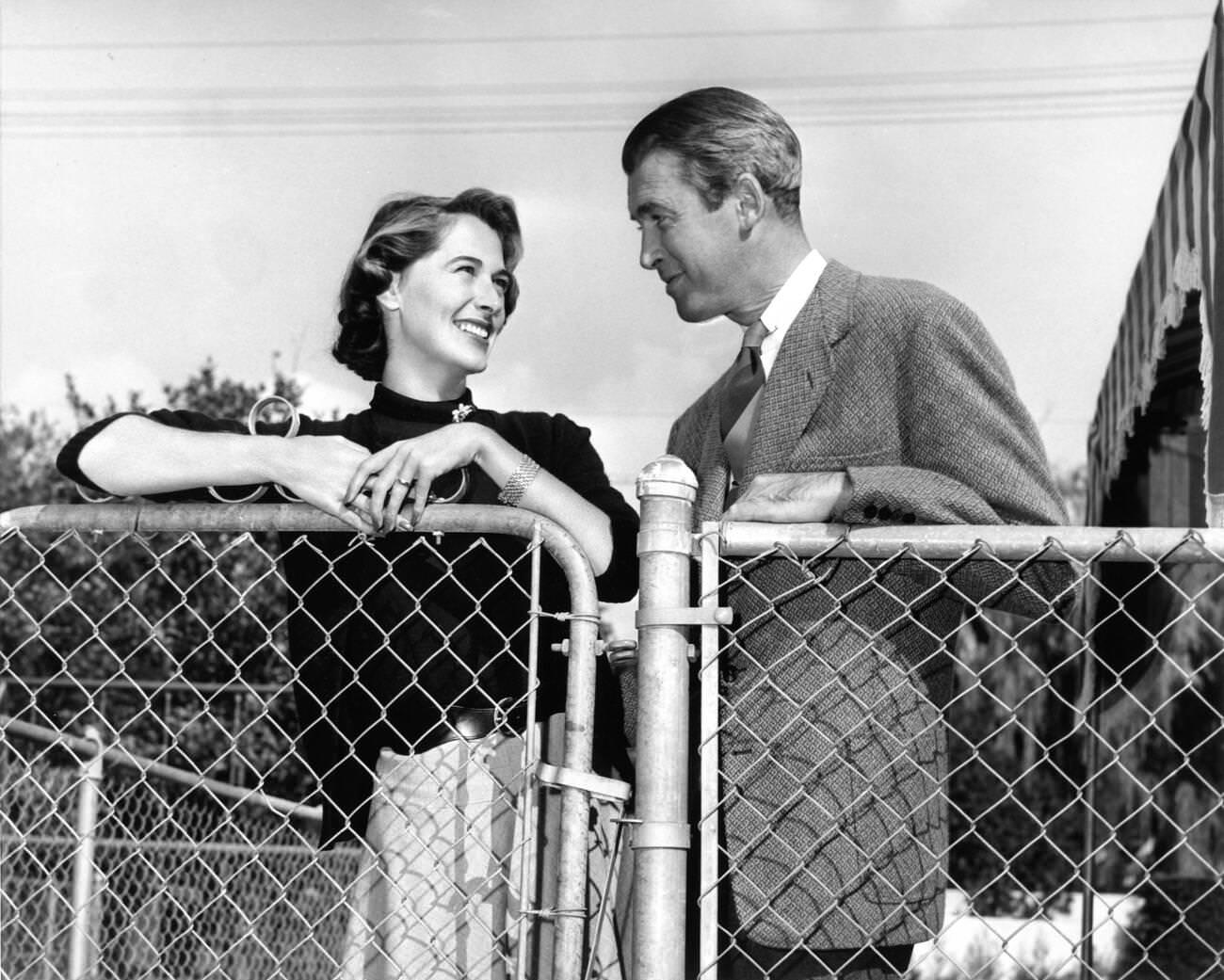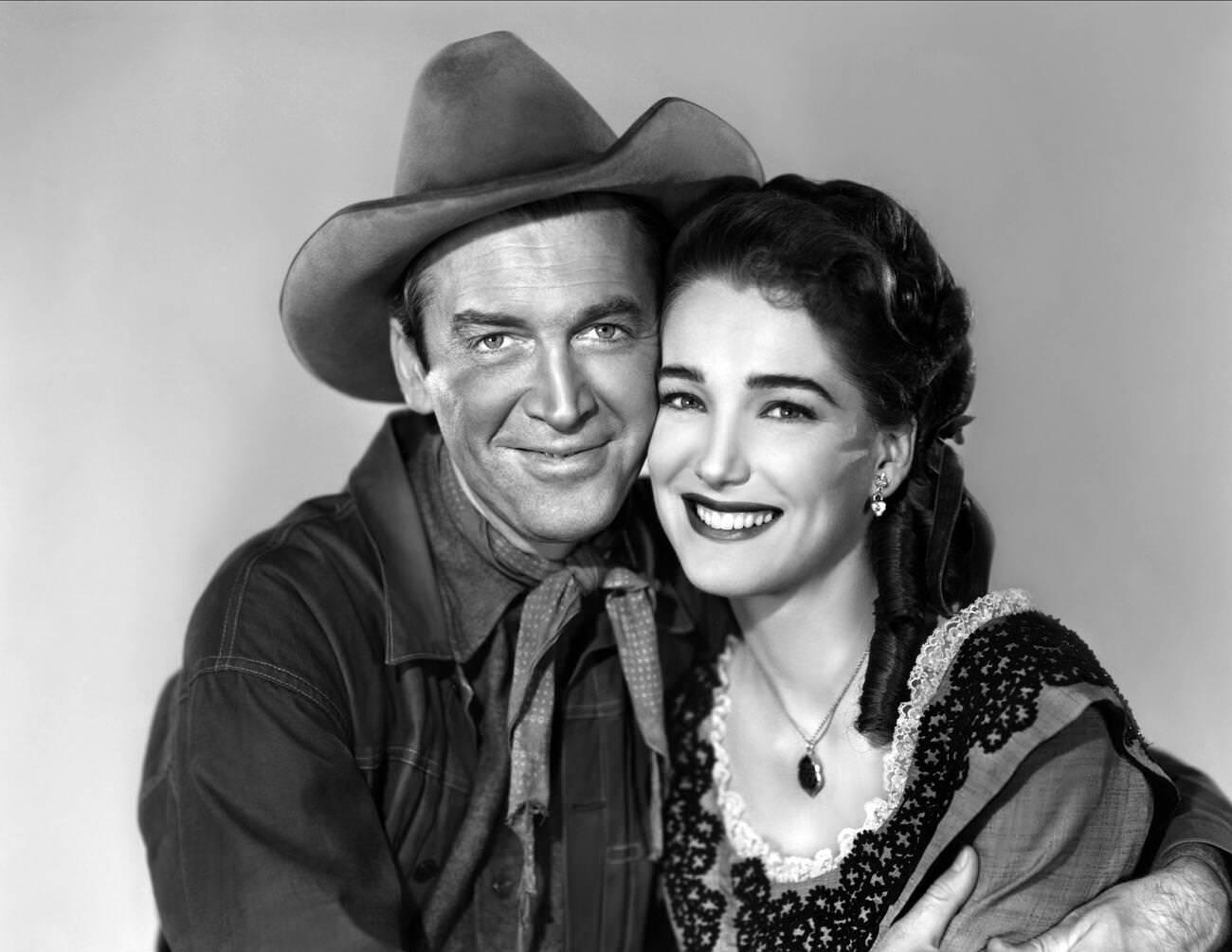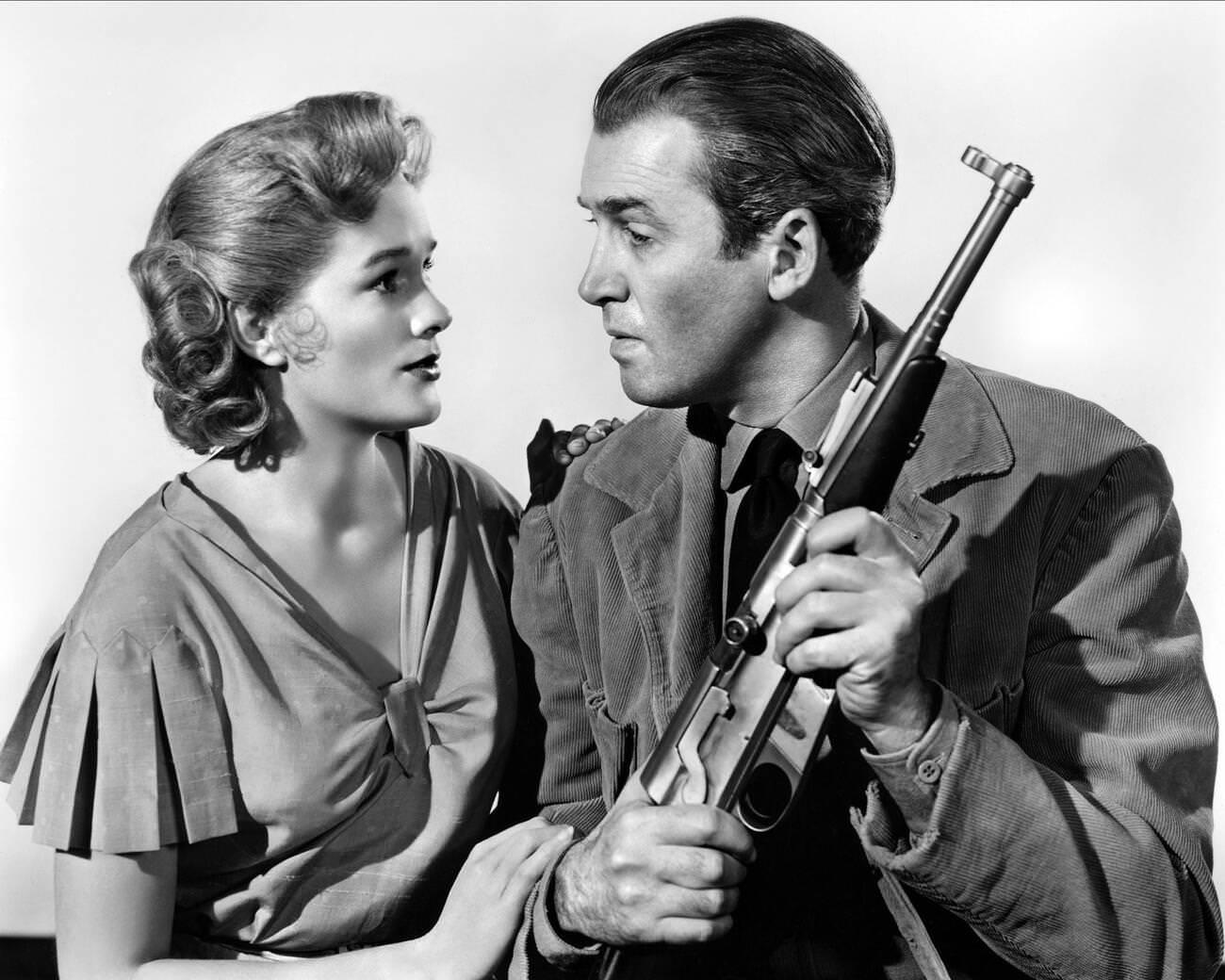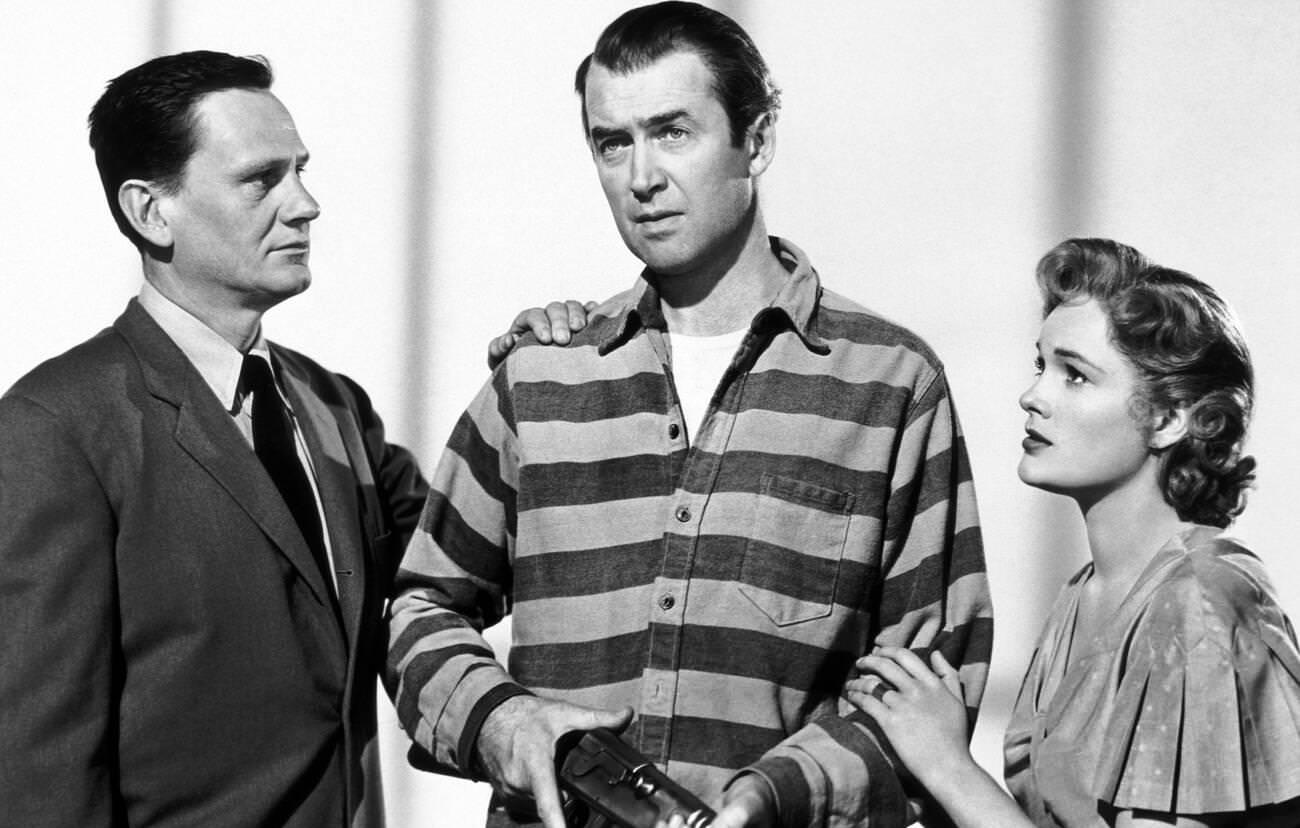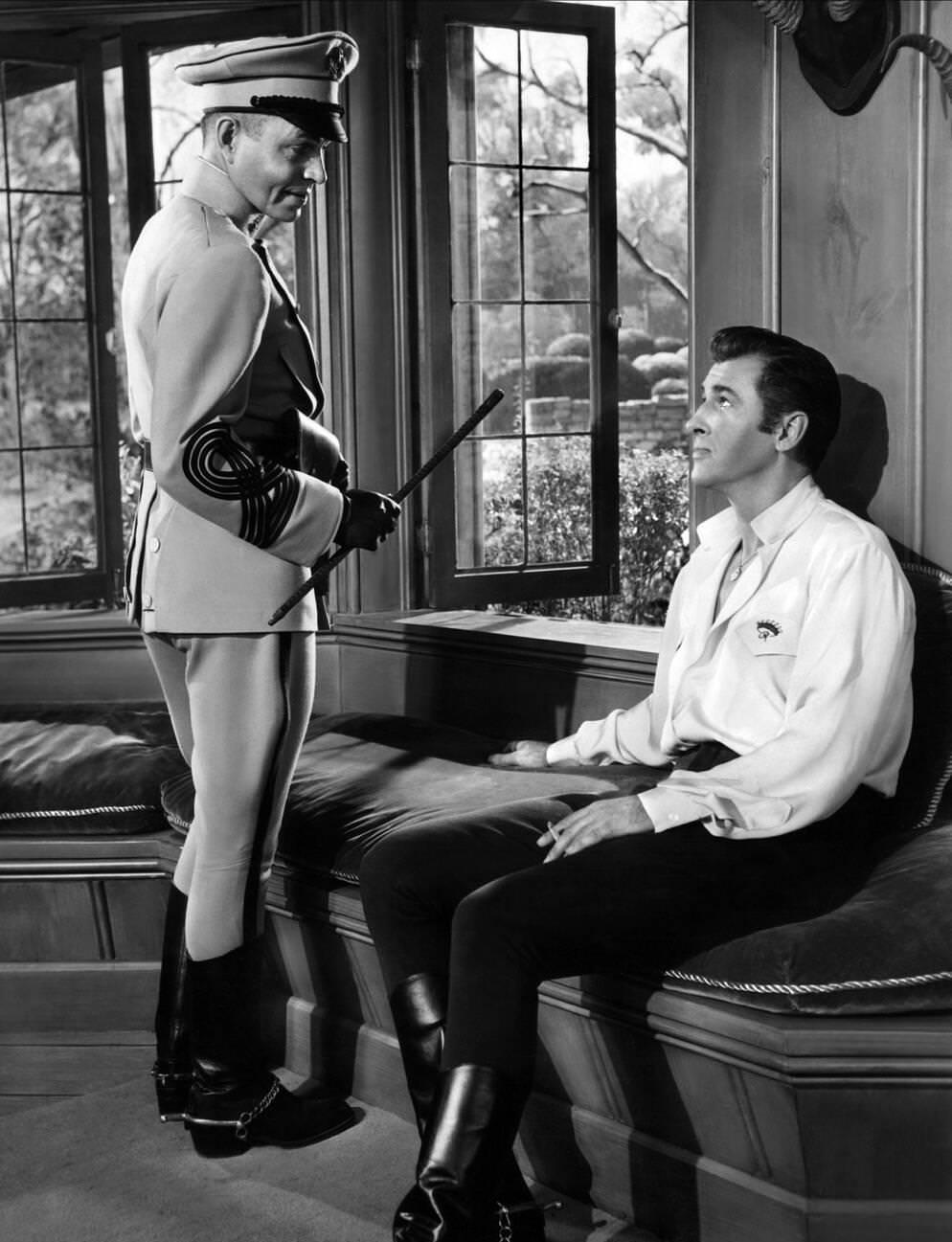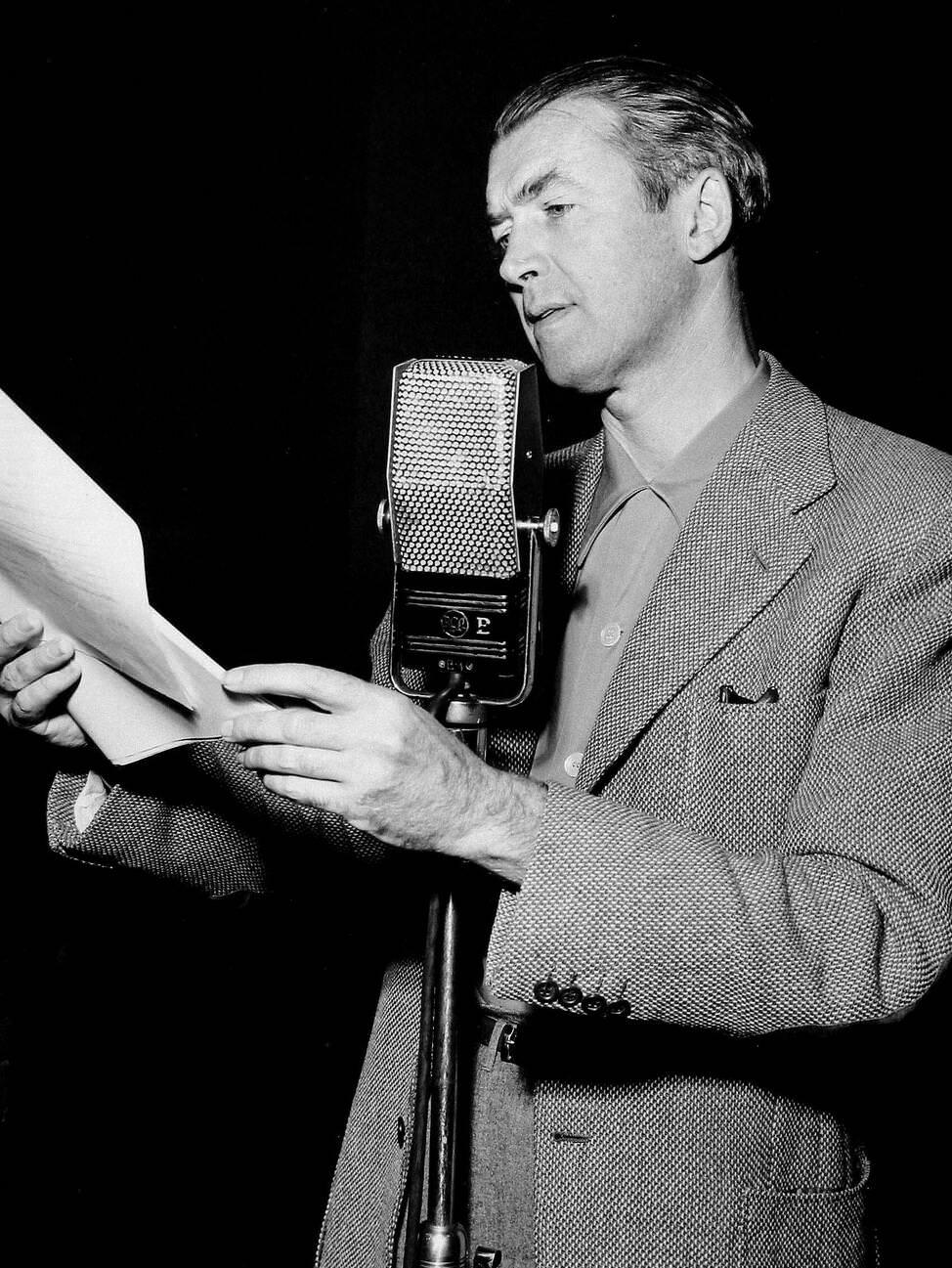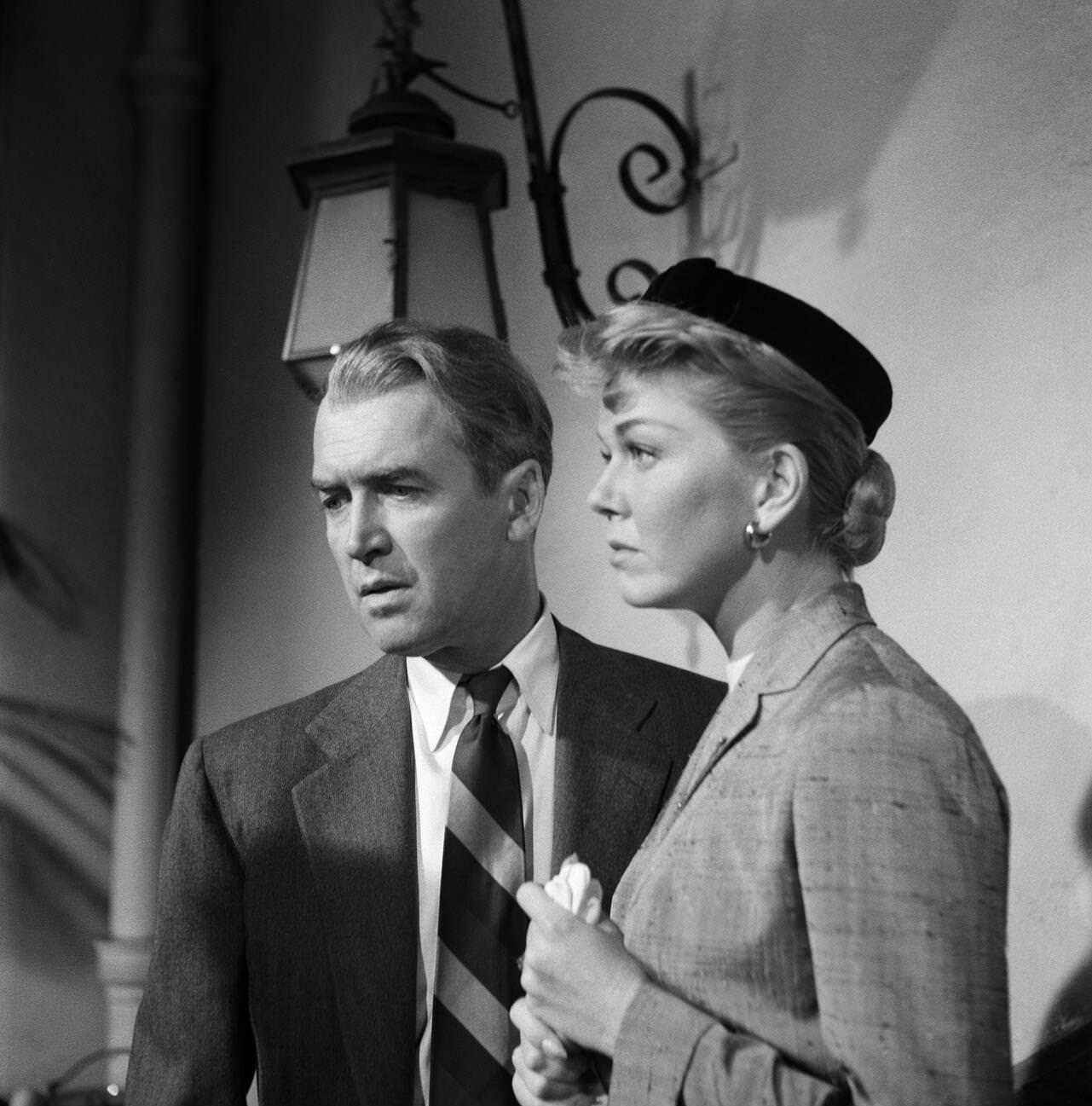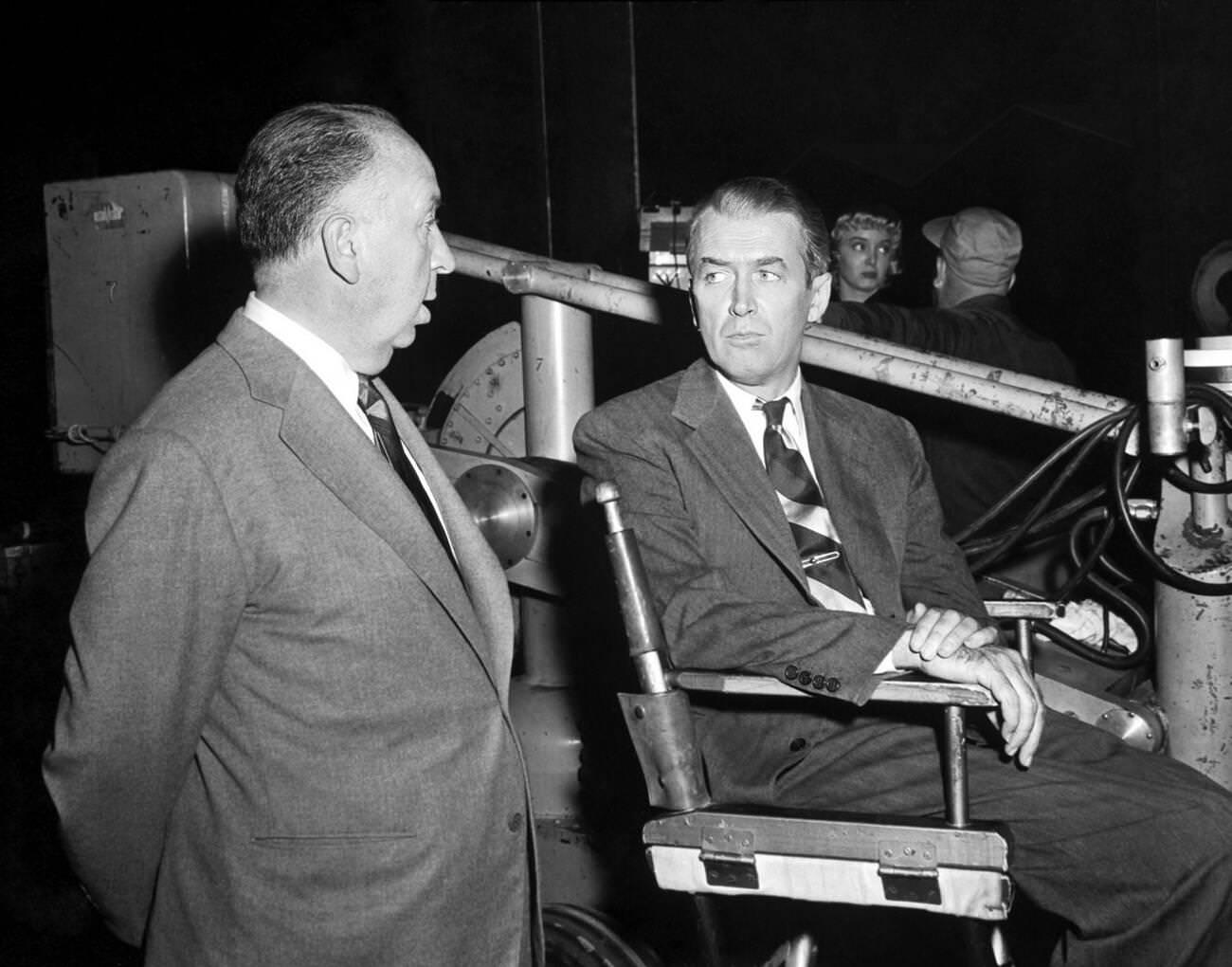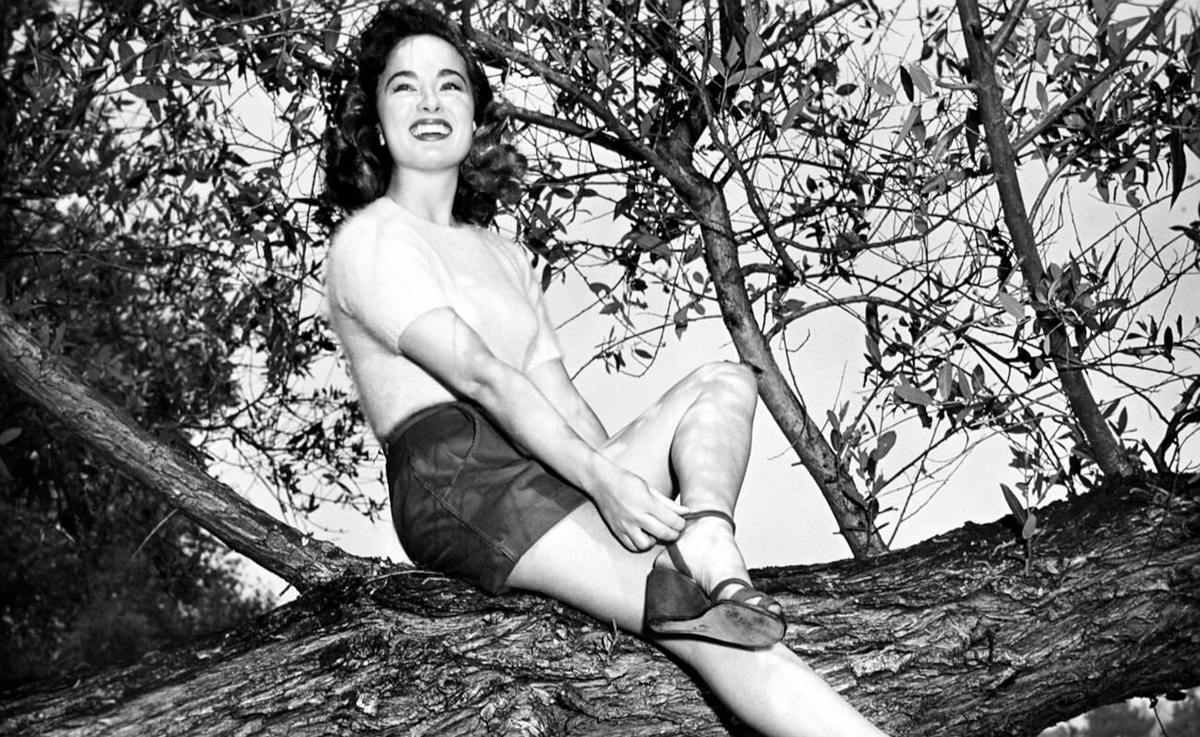There’s something about James Stewart that feels familiar, like a friendly neighbor or a trusted friend. Maybe it’s his lanky frame, his shy grin, or that distinct drawl. But beneath that relatable exterior was an actor of extraordinary talent and depth, who brought to life some of the most iconic characters in film history.
Small-Town Roots and Ivy League Dreams
Born in 1908 in Indiana, Pennsylvania, James Maitland Stewart was a small-town boy with big dreams. His father owned a hardware store, and James was expected to follow in his footsteps. But he had a different path in mind.
Stewart excelled in school, especially in math and science. He attended Princeton University, where he initially pursued architecture but discovered a love for acting. He joined the university’s drama club, honing his skills and discovering a talent for making people laugh and cry.
Read more
Hollywood Calling: A Star is Born
After graduating from Princeton, Stewart headed to Hollywood, where he quickly landed roles in films. He often played the good guy, the kind-hearted and earnest character you couldn’t help but root for. His breakout role came in 1938’s “You Can’t Take It with You,” where he played a charming, idealistic young man who falls for a woman from a quirky family.
Stewart’s star continued to rise in the 1940s. He starred in a string of hits, including “Mr. Smith Goes to Washington” (1939), where he played an idealistic senator fighting corruption, and “The Philadelphia Story” (1940), a romantic comedy where he shared the screen with Katharine Hepburn and Cary Grant.
War Hero: From Actor to Pilot
When World War II broke out, Stewart put his acting career on hold to serve his country. He joined the Army Air Corps and became a bomber pilot, flying missions over Europe. He earned numerous medals for his bravery and service, including the Distinguished Flying Cross.
Stewart’s wartime experiences deeply affected him, and he returned to Hollywood a changed man. His performances took on a new depth and maturity, reflecting the weight of the world he had seen.
The Post-War Years: A Career Defined by Versatility
In the post-war era, Stewart continued to shine on screen. He starred in classic films like “It’s a Wonderful Life” (1946), where he played George Bailey, a man who learns the value of his own life, and “Vertigo” (1958), a psychological thriller directed by Alfred Hitchcock.
Stewart’s range as an actor was remarkable. He could play the romantic lead, the funny man, the dramatic hero, or the troubled soul. He was equally at home in comedies, dramas, Westerns, and thrillers. He worked with some of the greatest directors of his time, including Frank Capra, Anthony Mann, and Alfred Hitchcock.
A Quiet Life: Family and Hobbies
Off-screen, Stewart was known for his private and unassuming nature. He married Gloria Hatrick McLean in 1949, and they remained together until her death in 1994. They had two children, and Stewart was a devoted family man.
Stewart was also an avid hobbyist. He loved building model airplanes, playing golf, and spending time outdoors. He was a man of simple pleasures, and he never let fame go to his head. He remained the humble, approachable guy from Indiana who just happened to be one of Hollywood’s biggest stars.
Here are some fabulous Photos of a young James Stewart from his early life and career.


